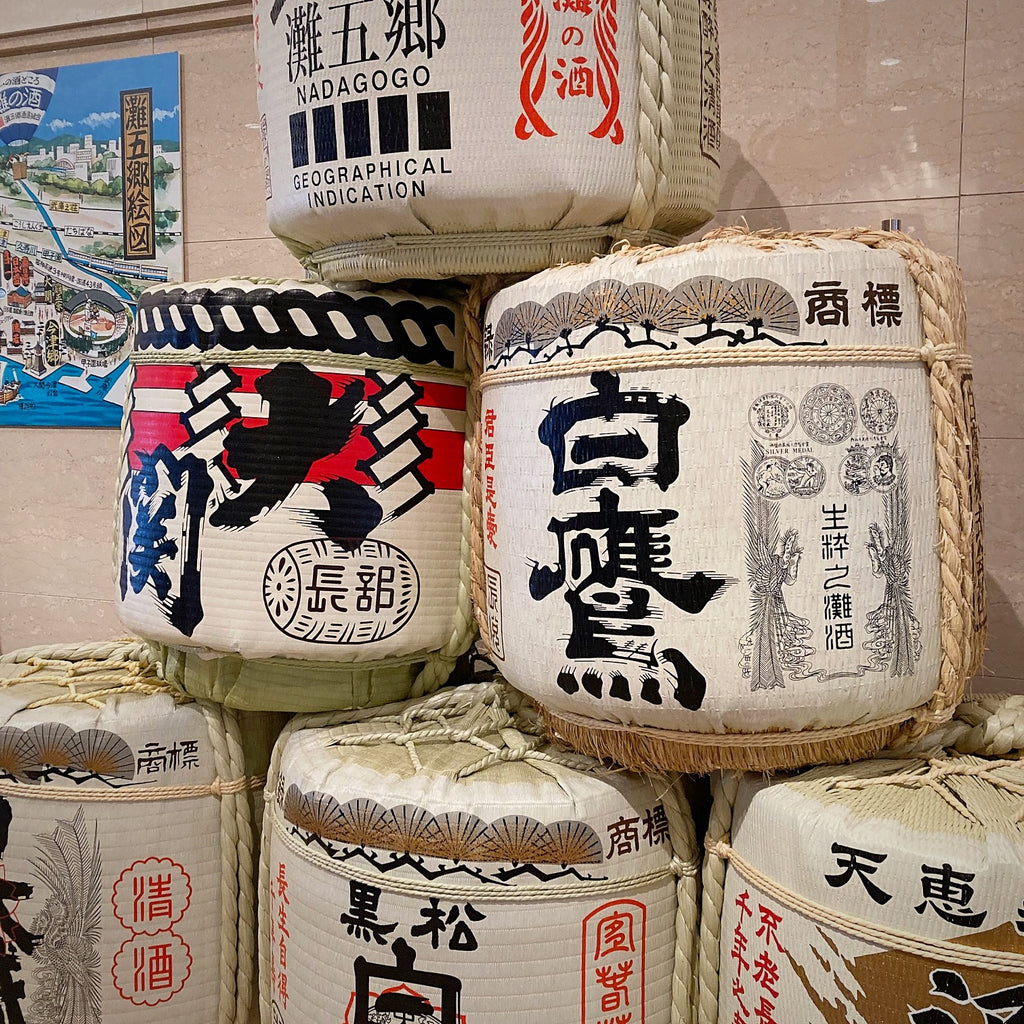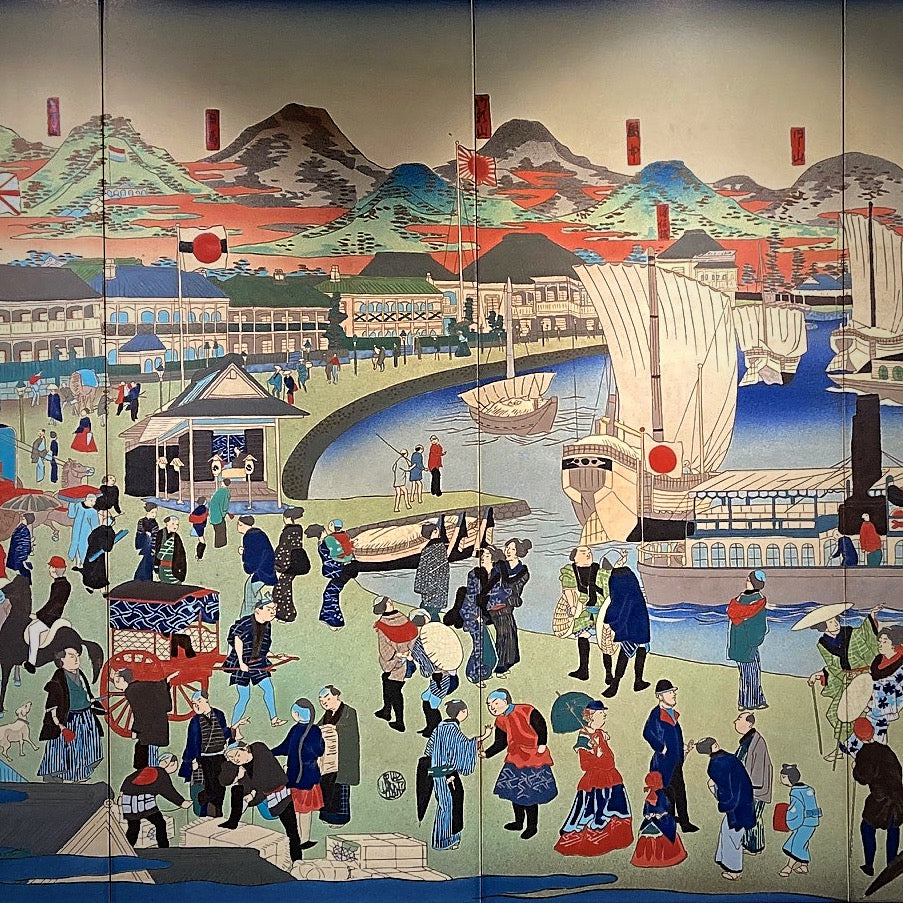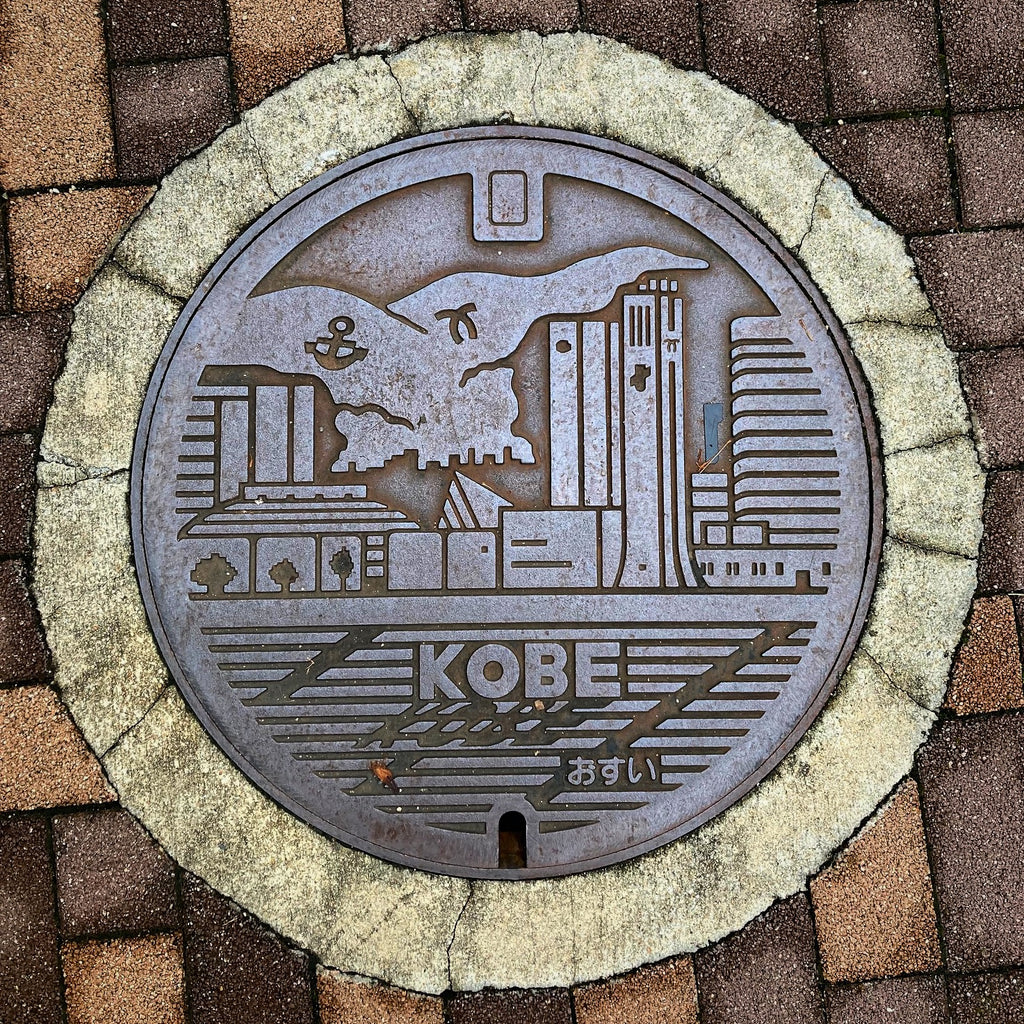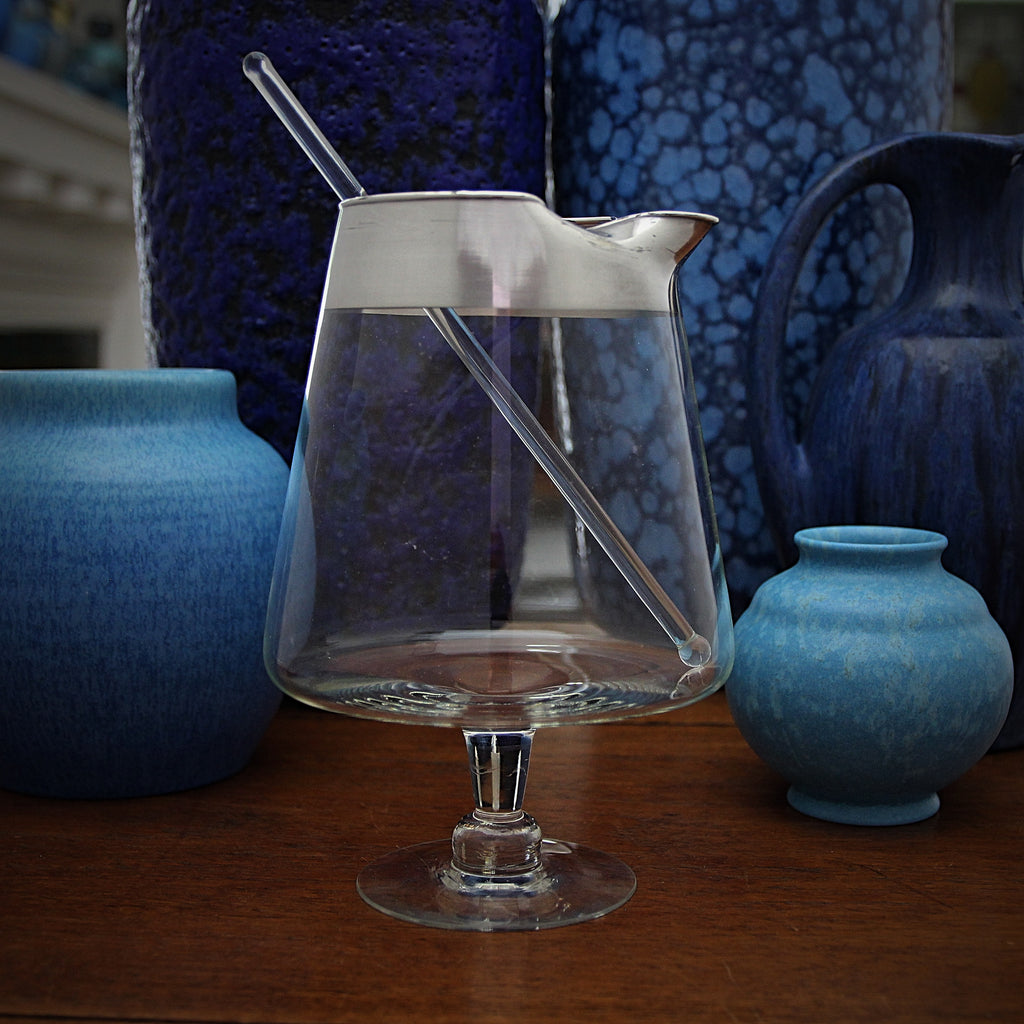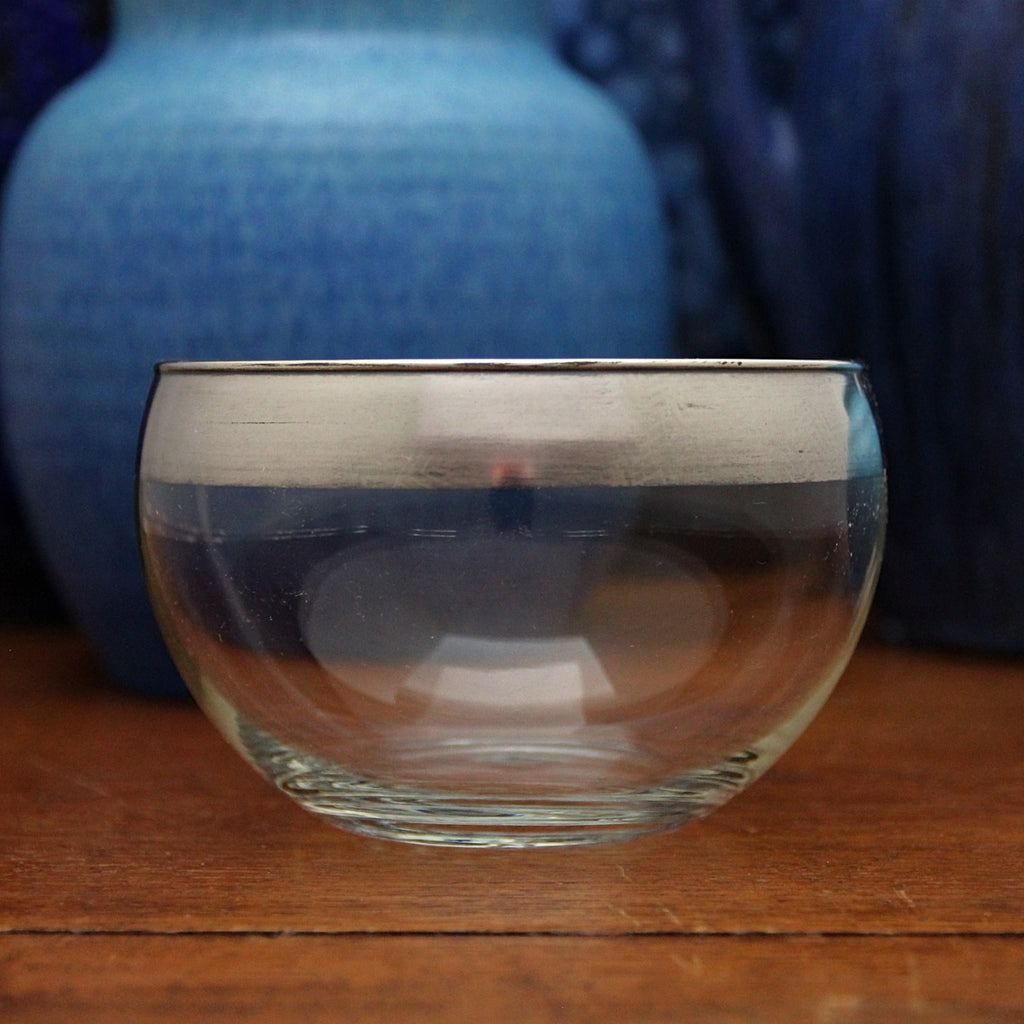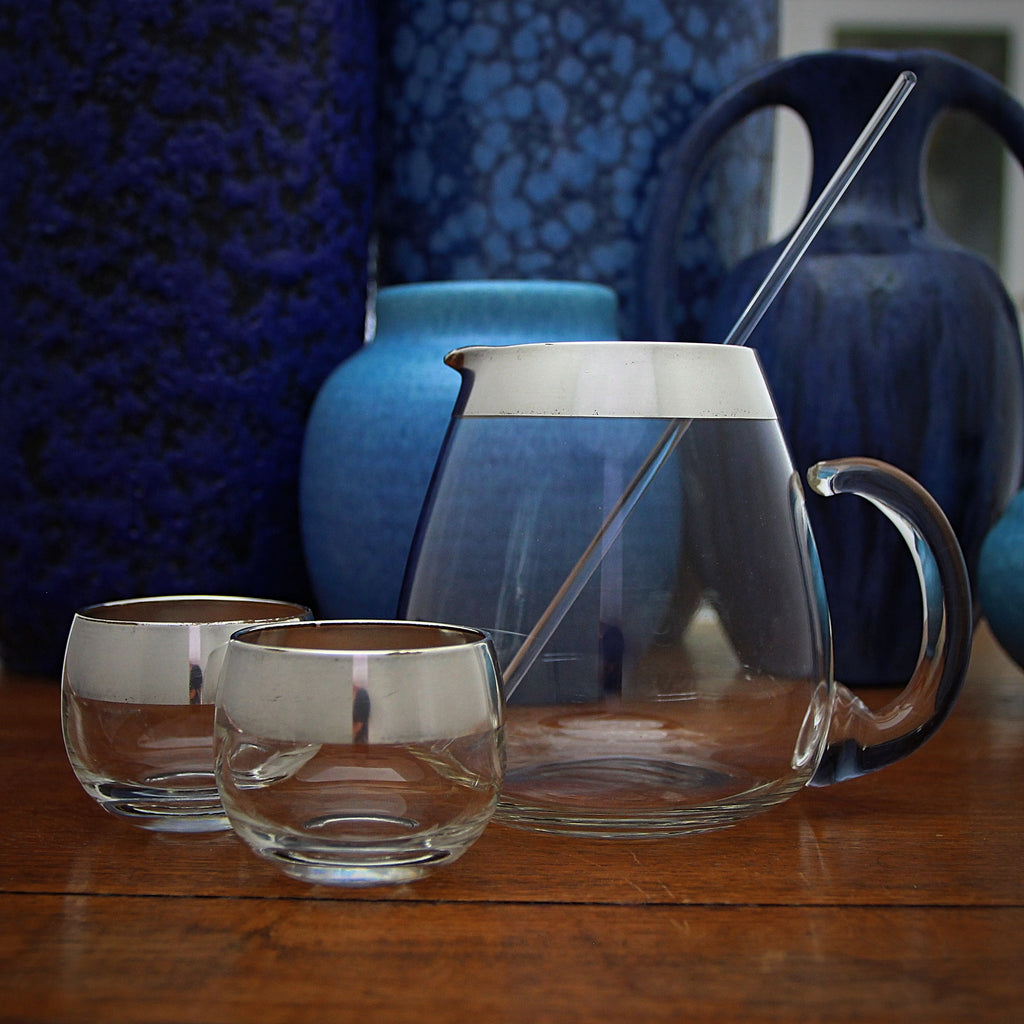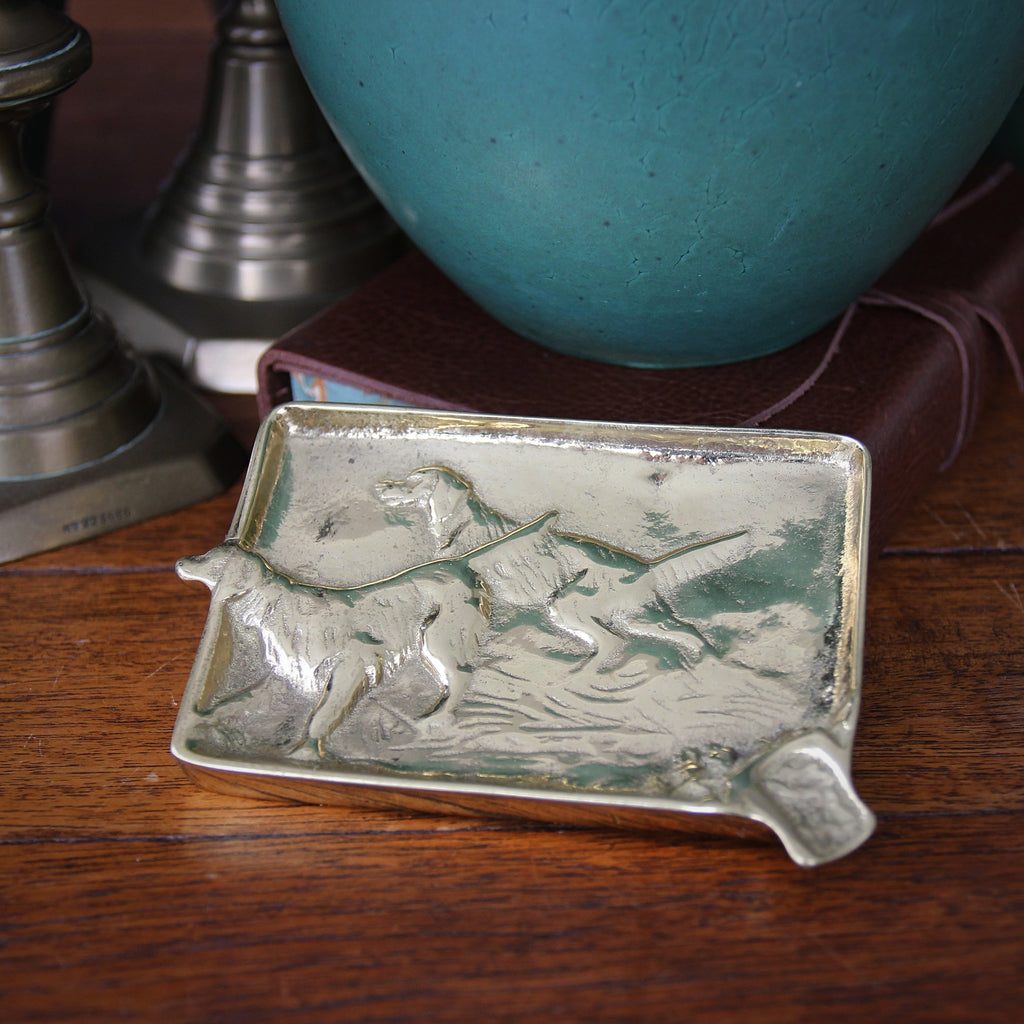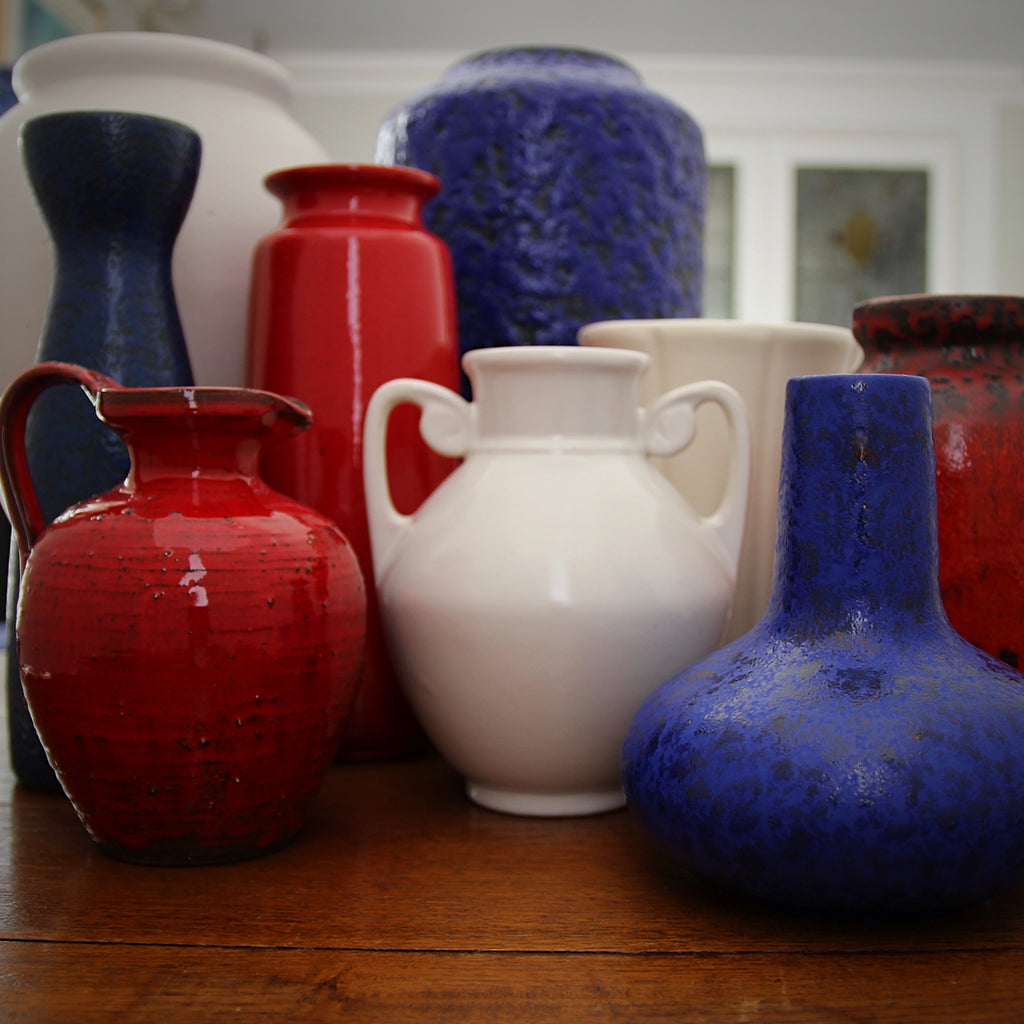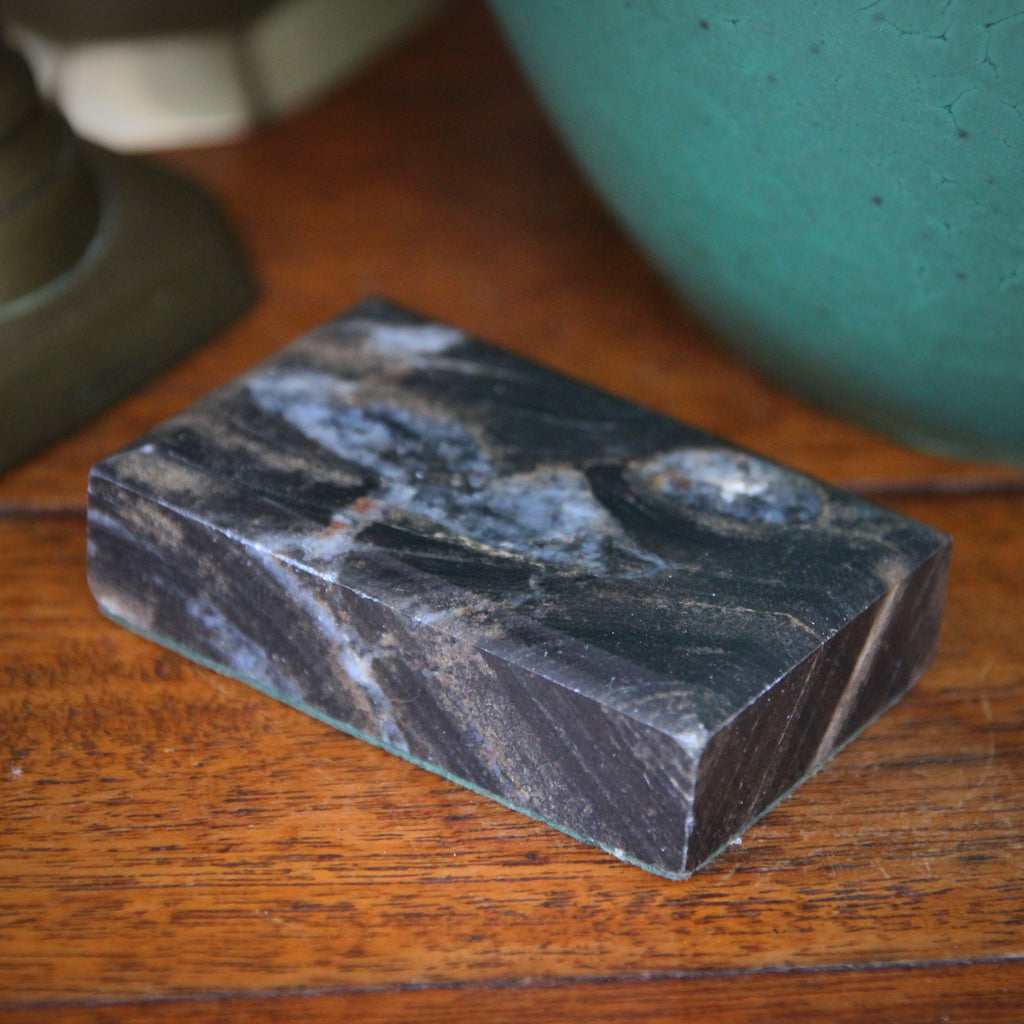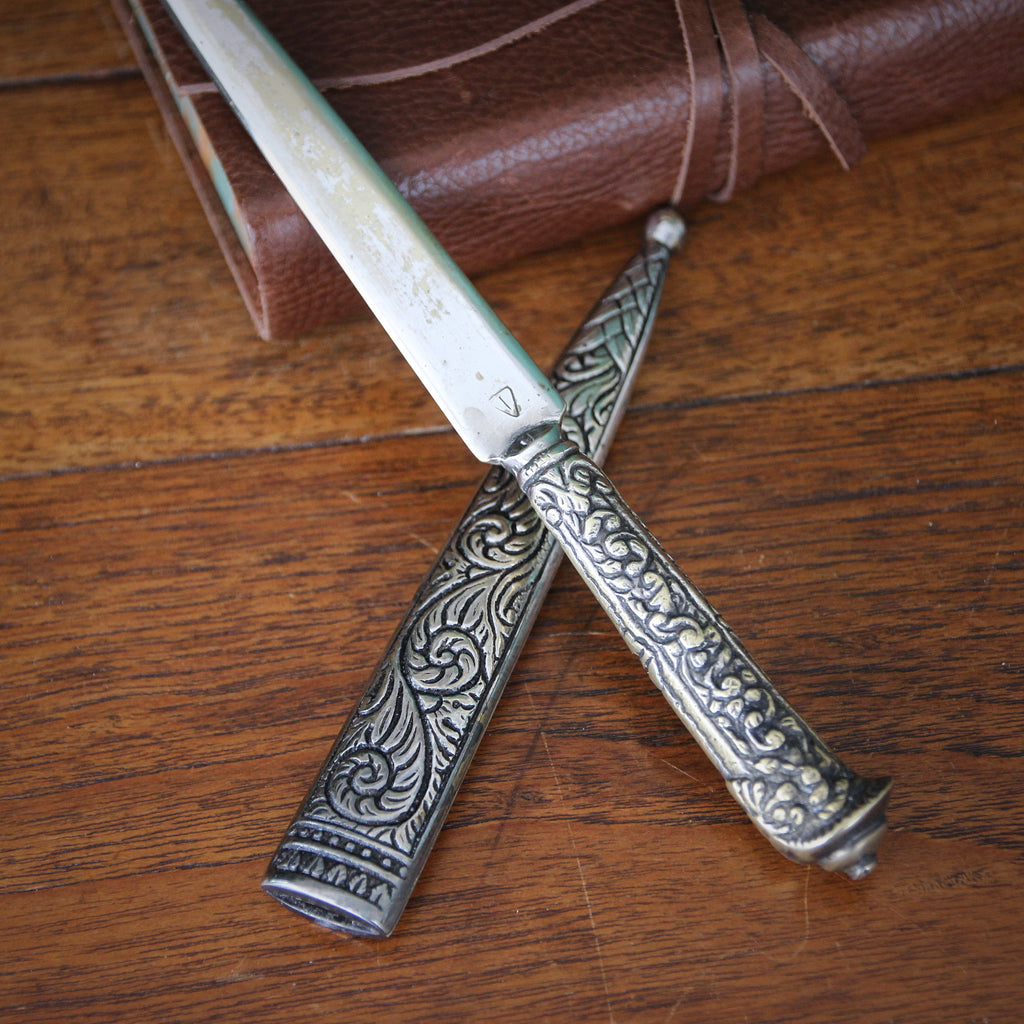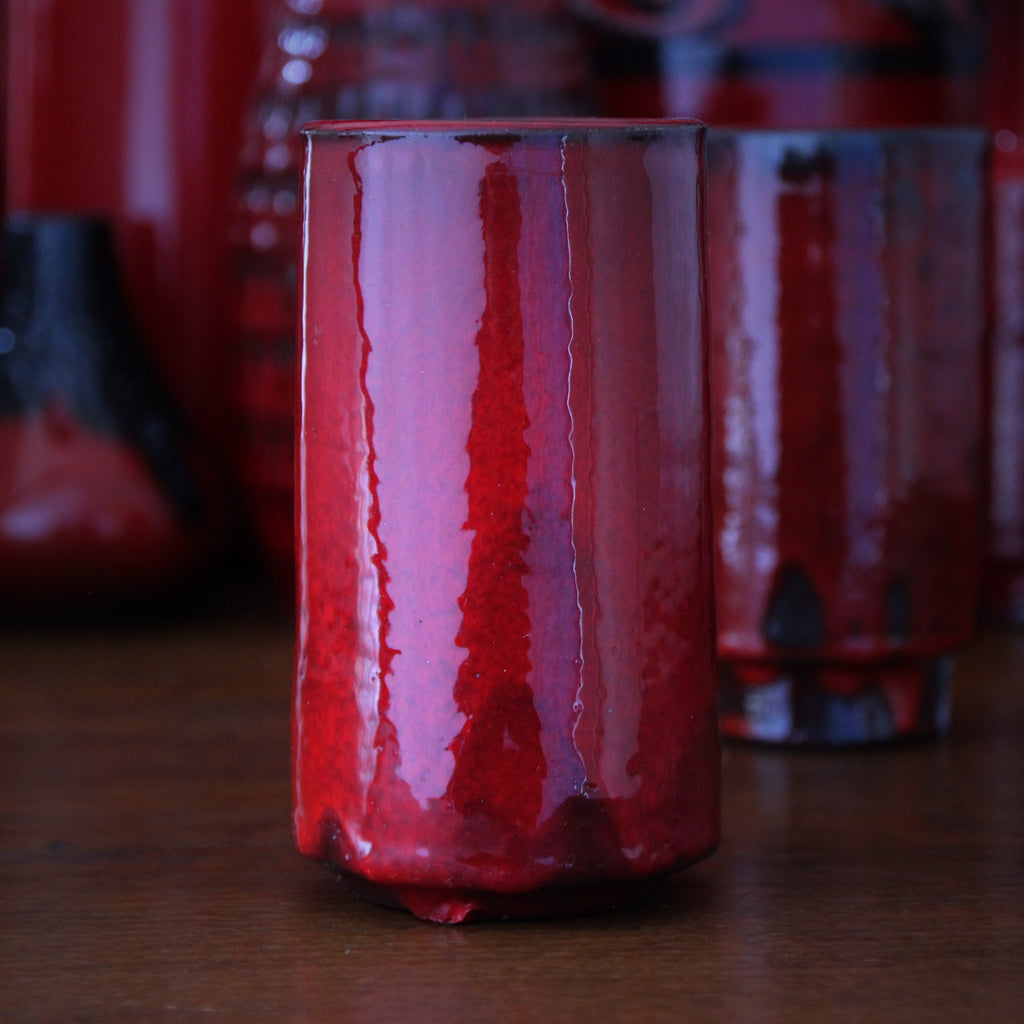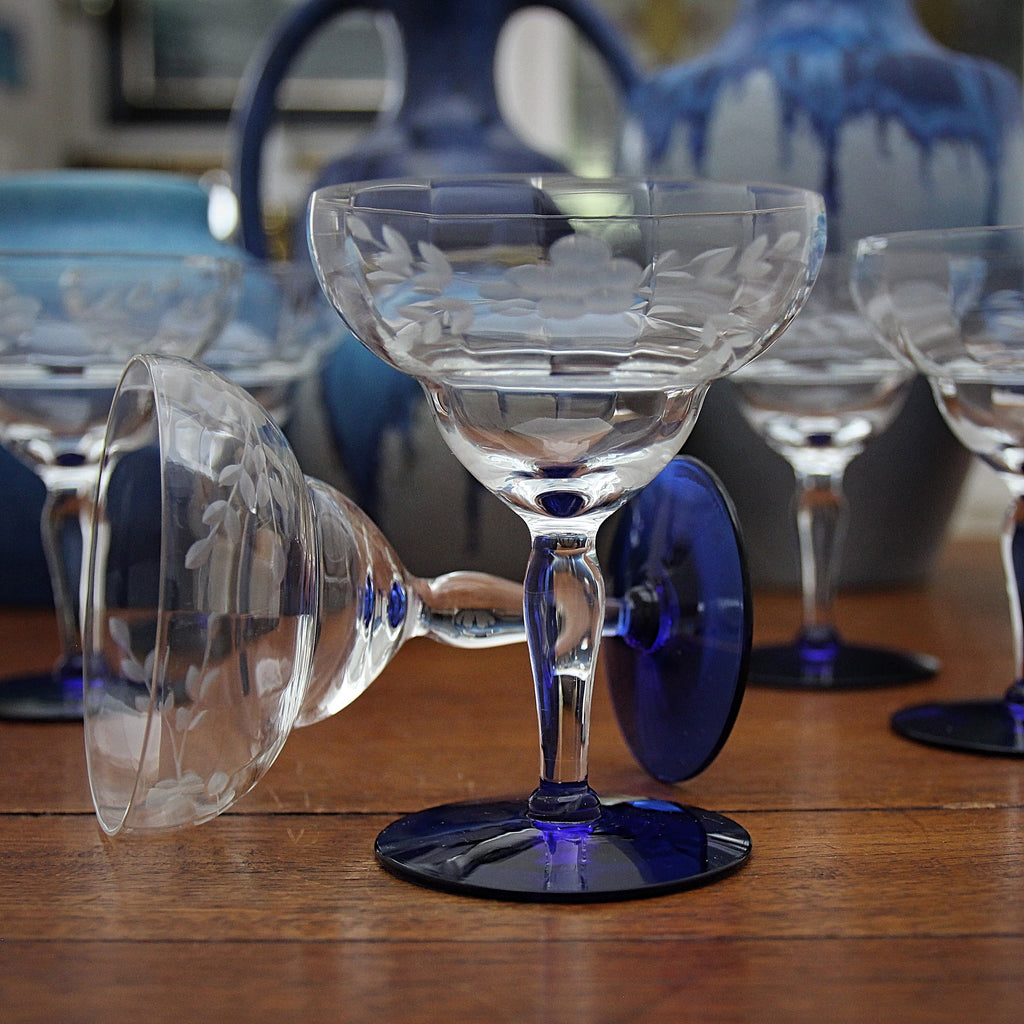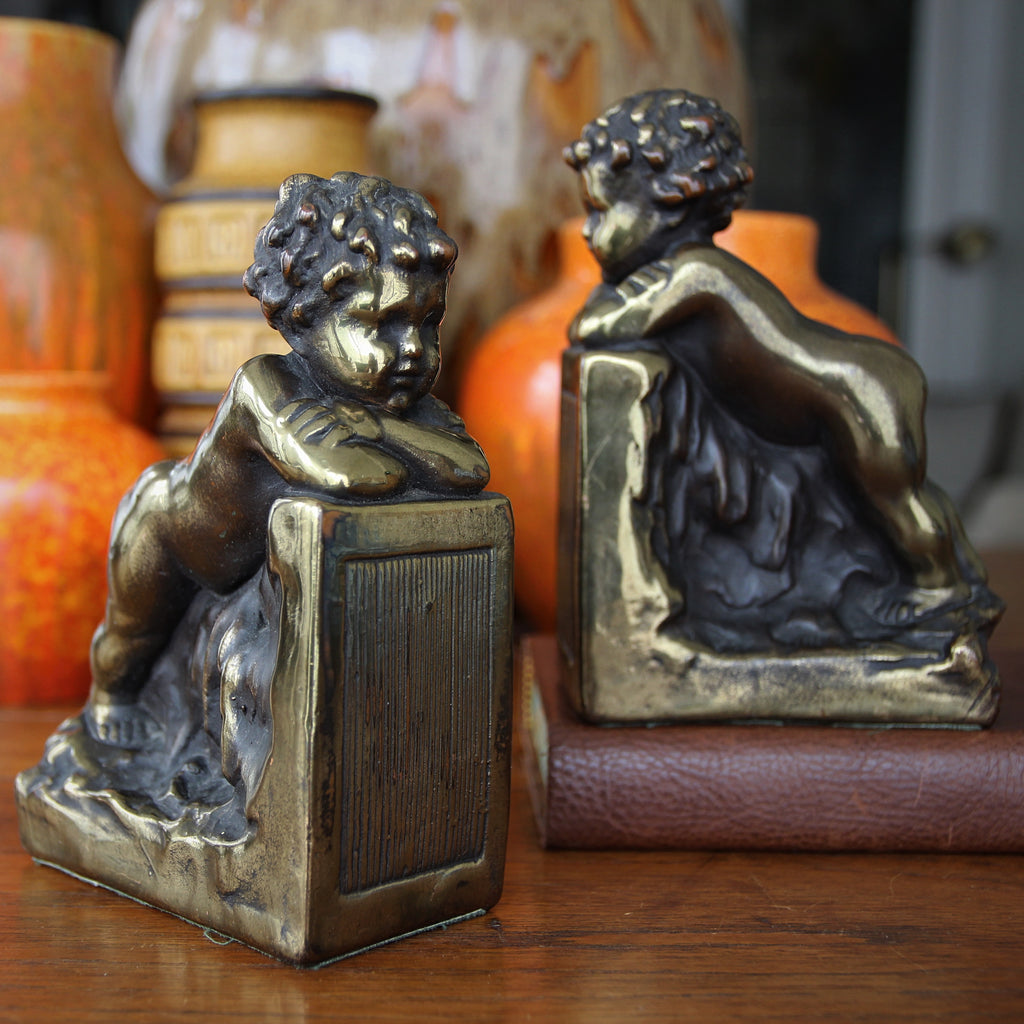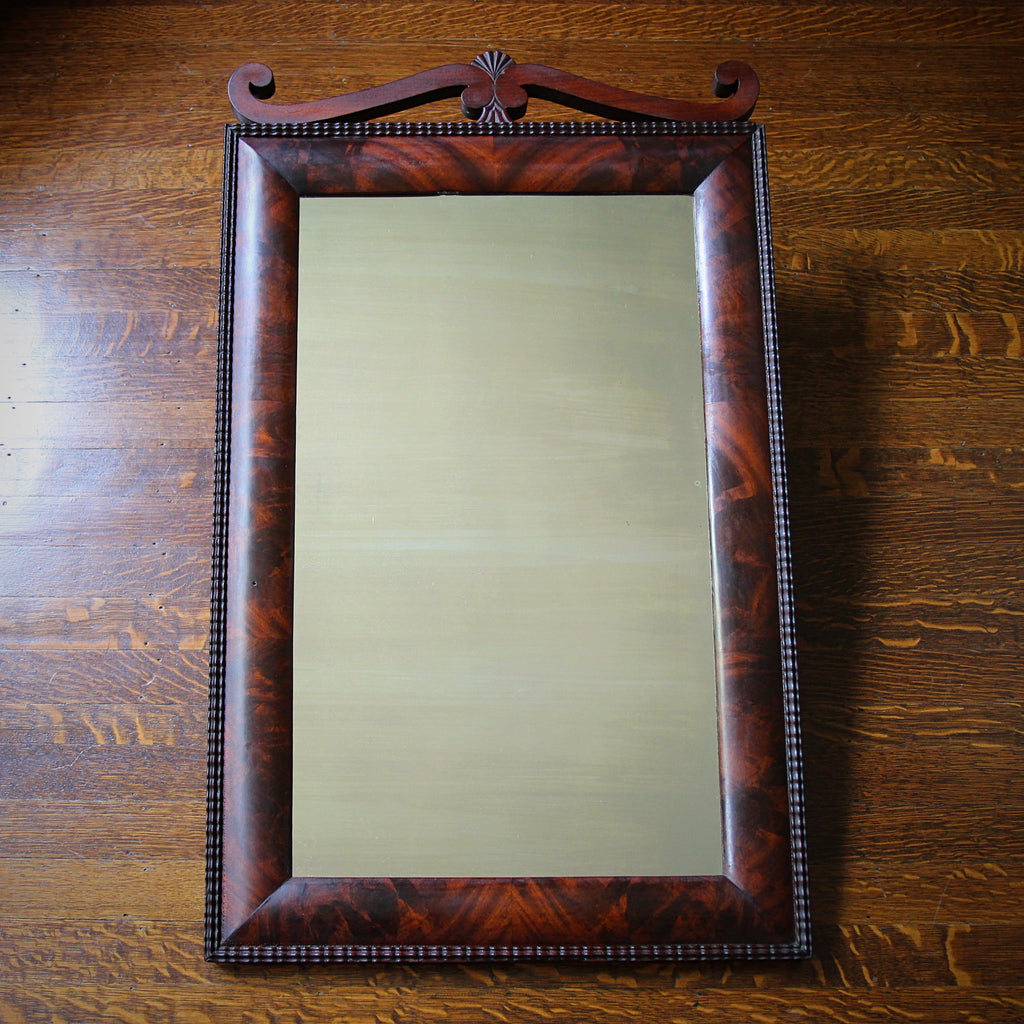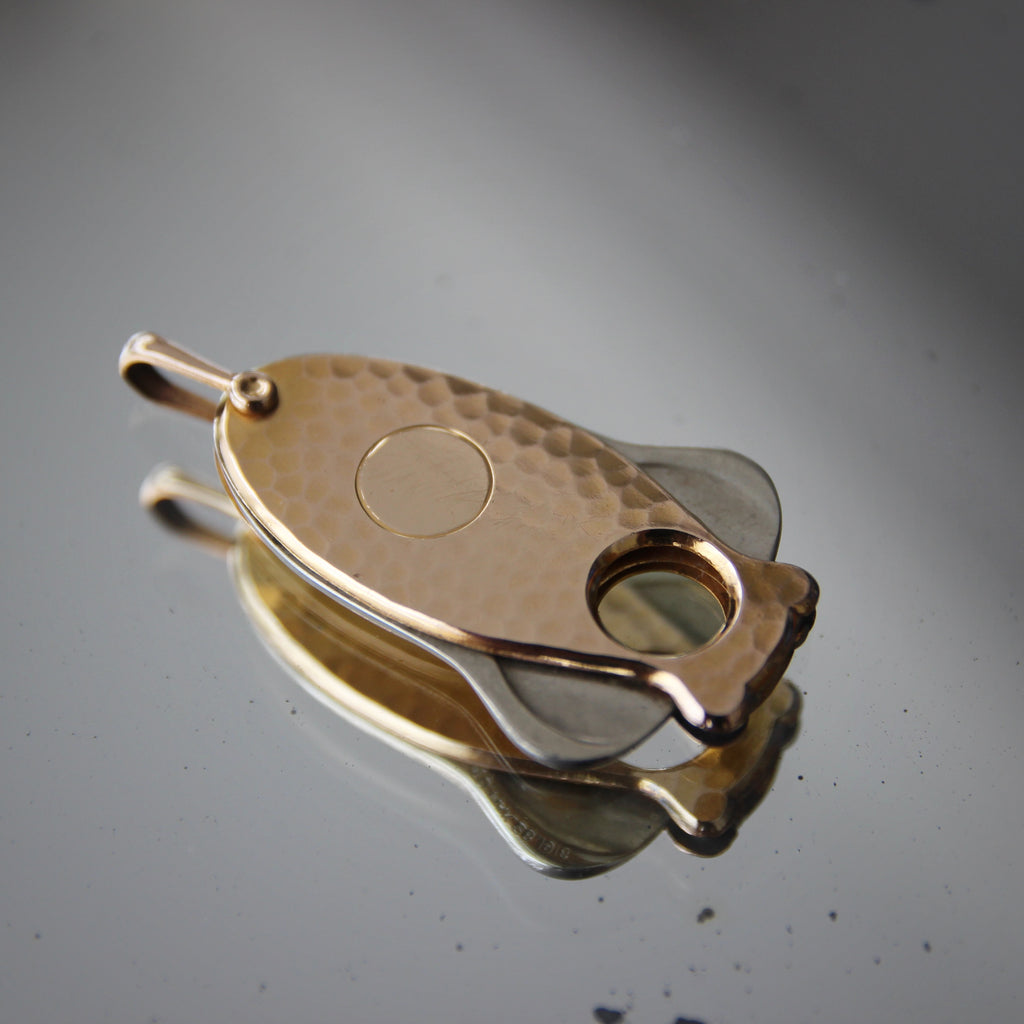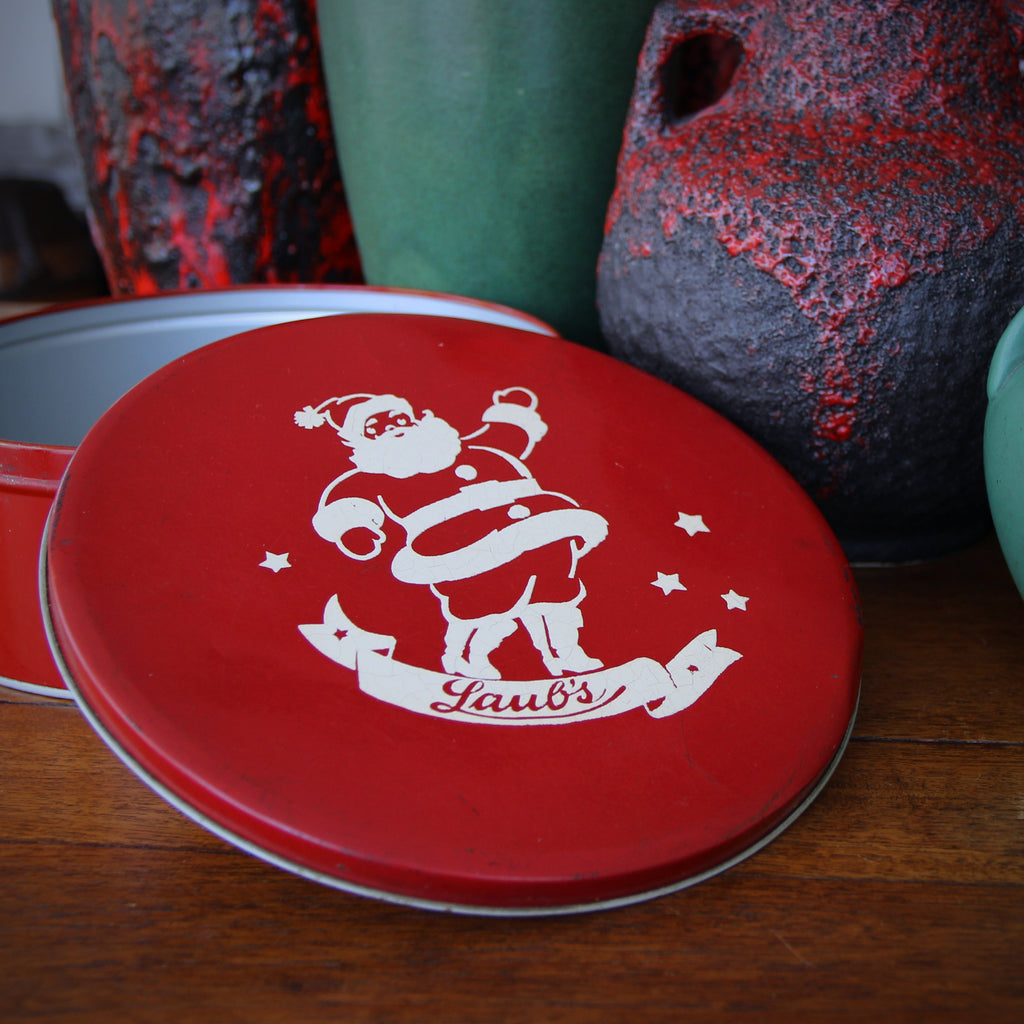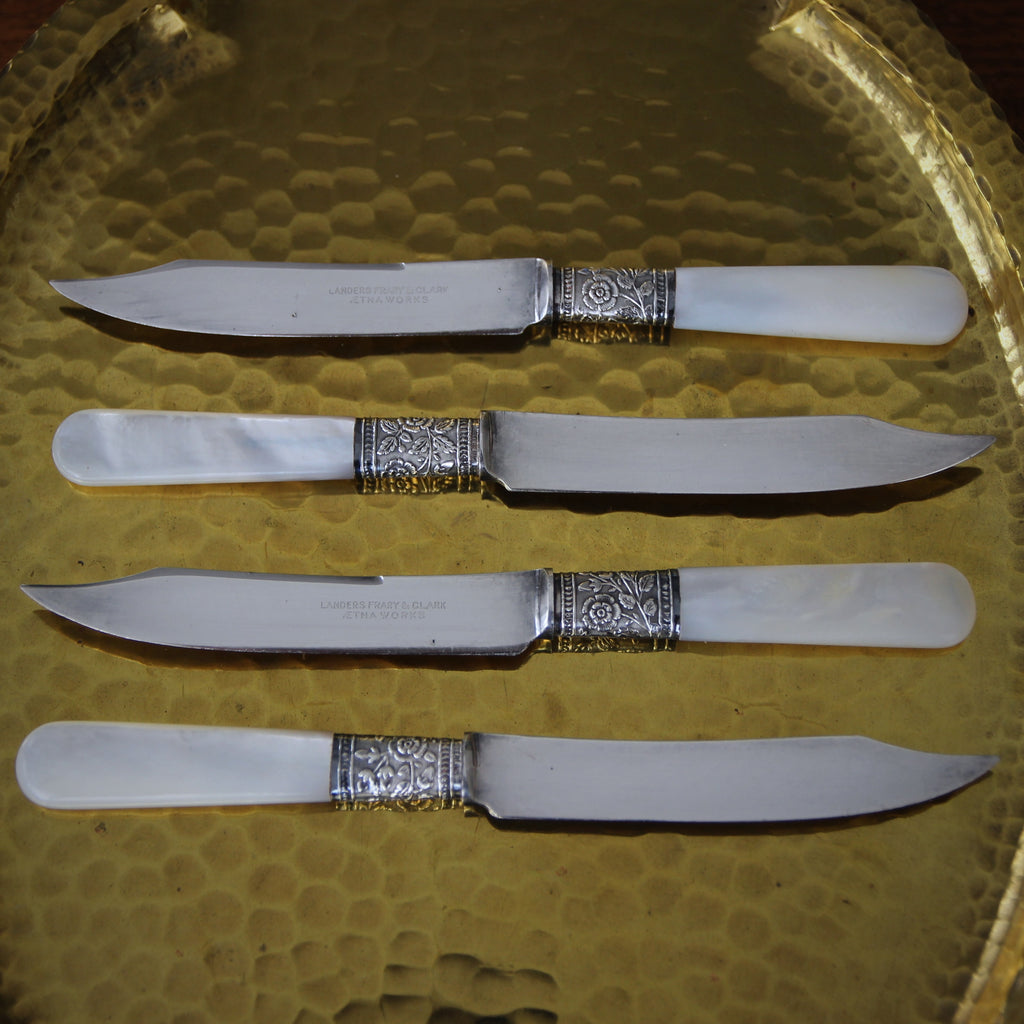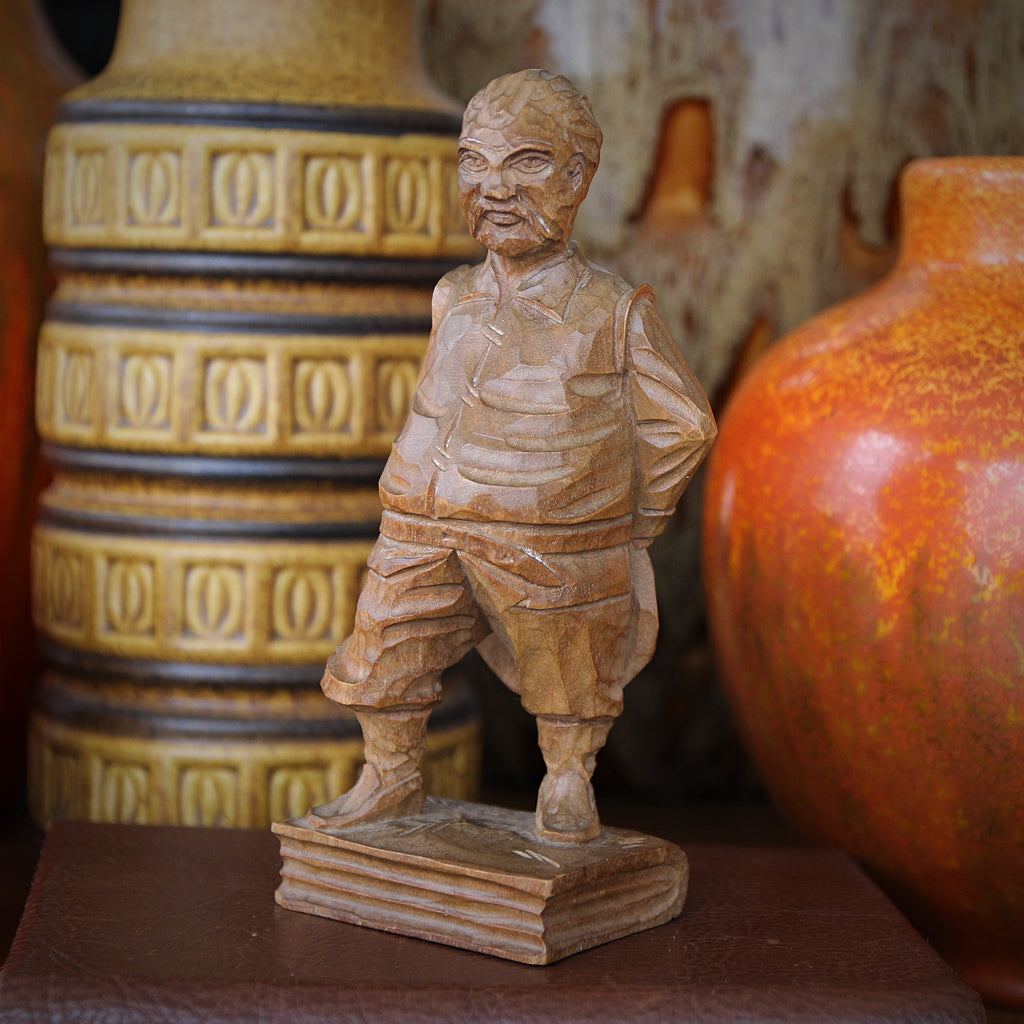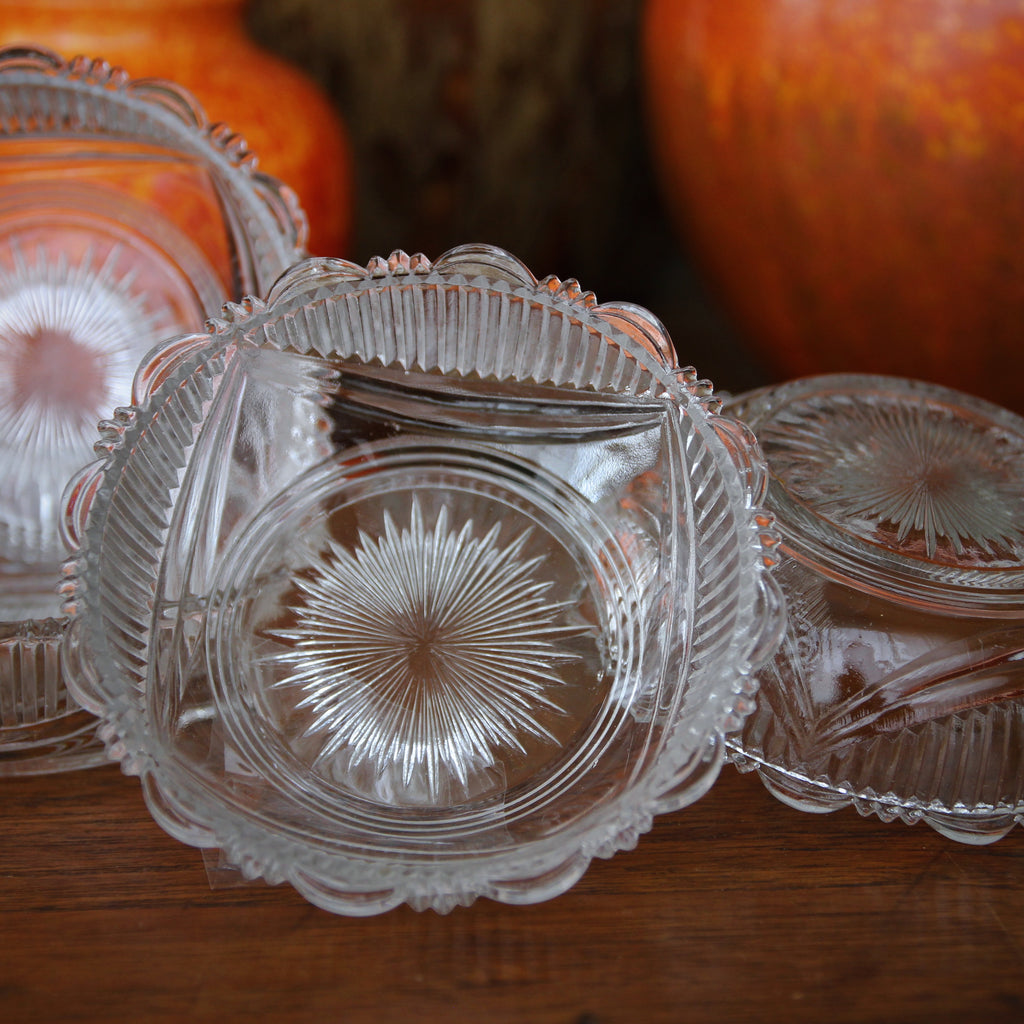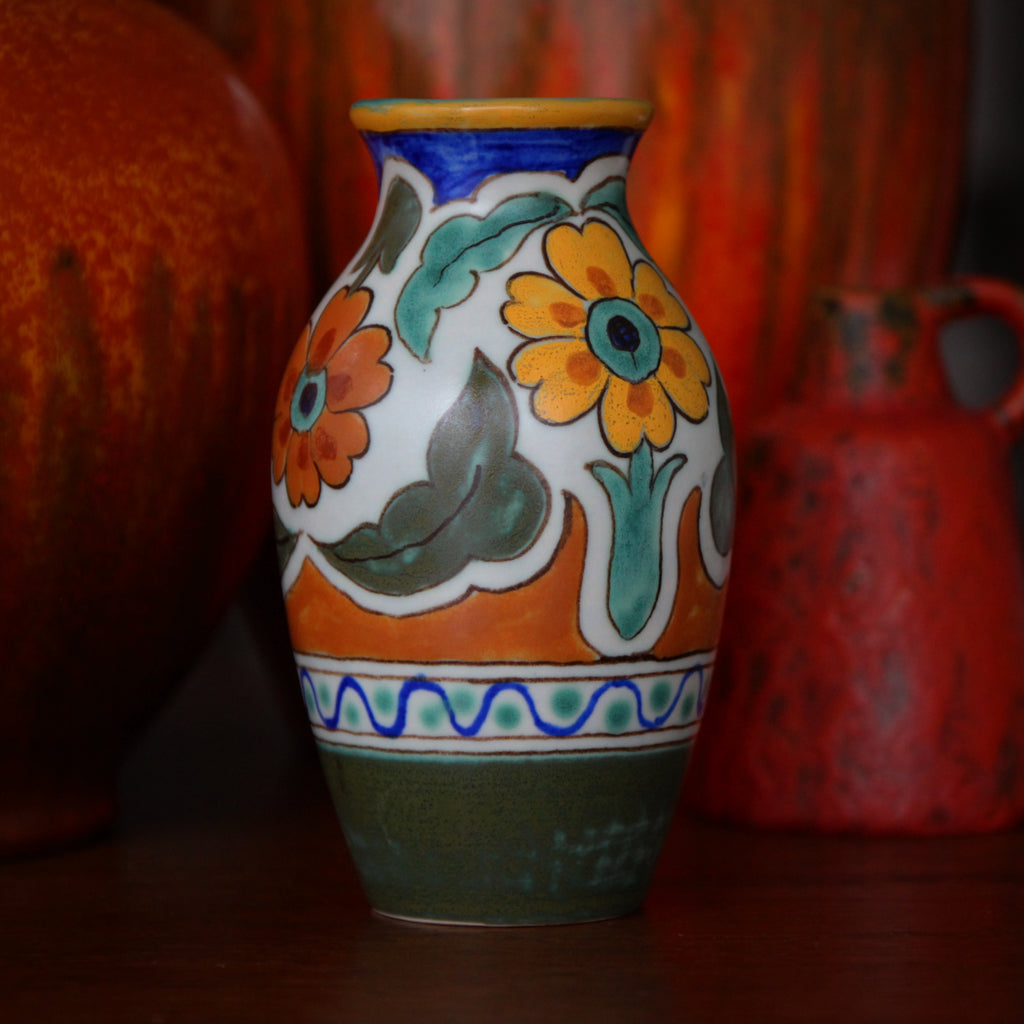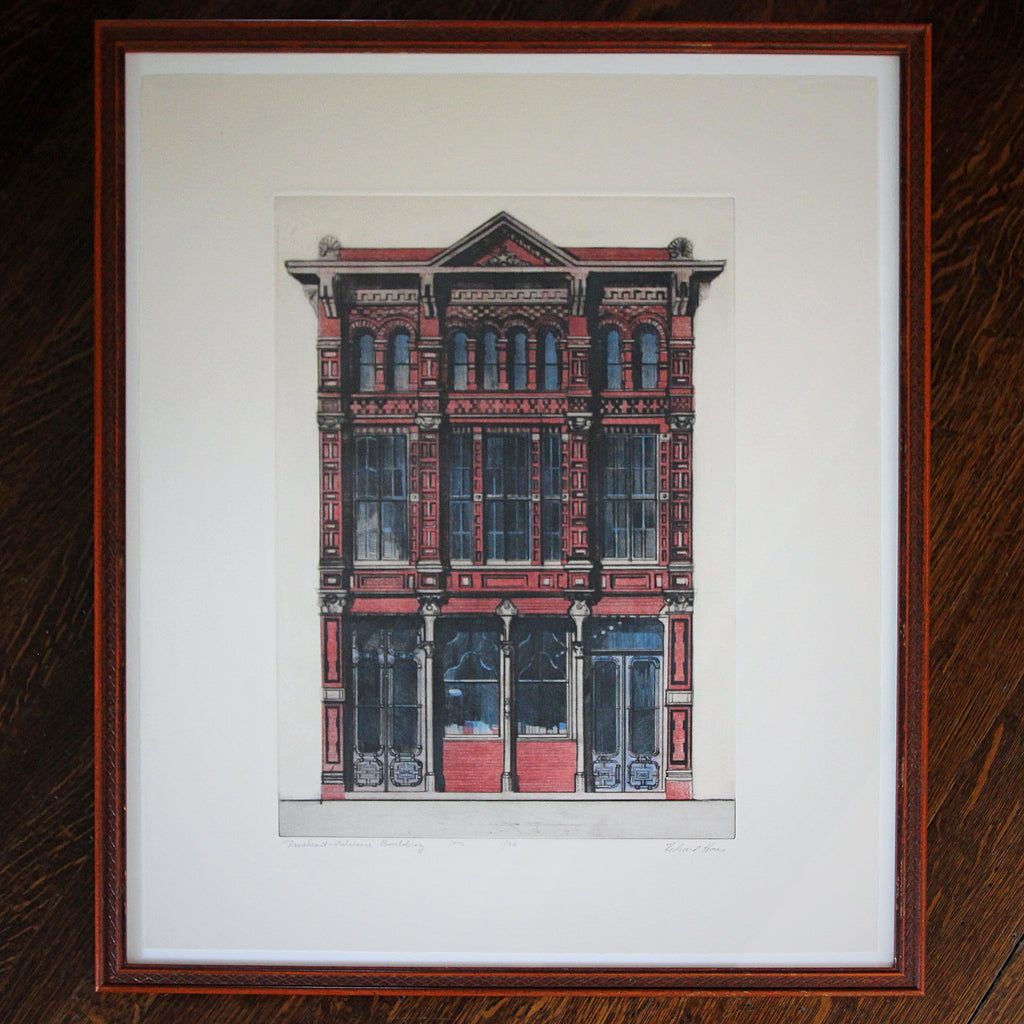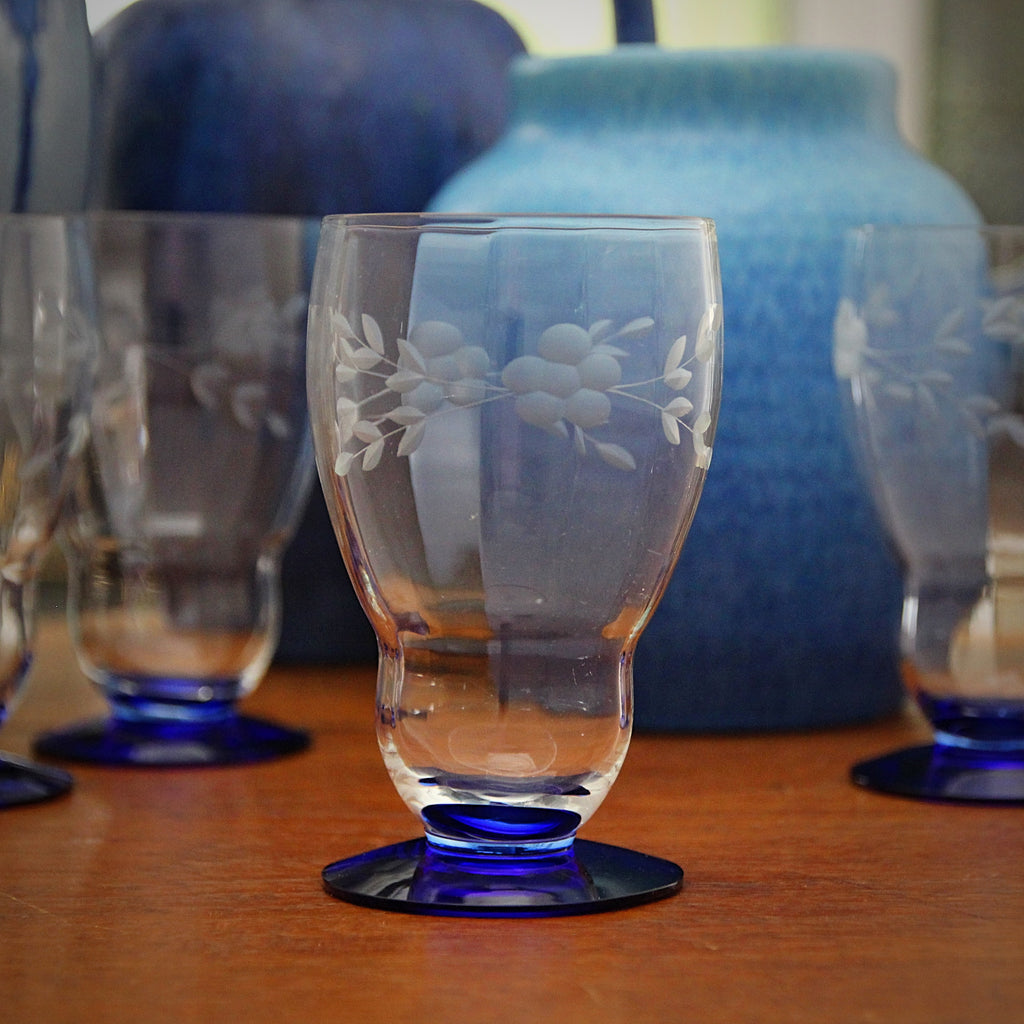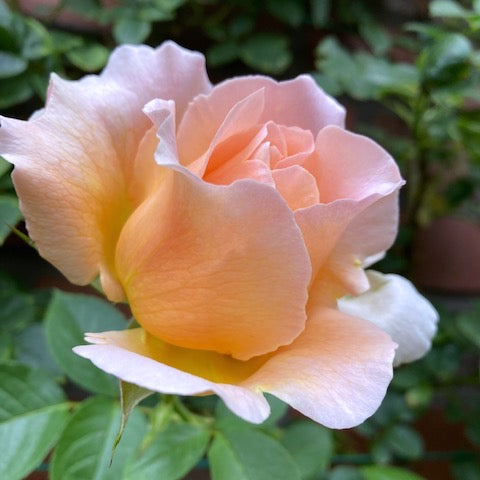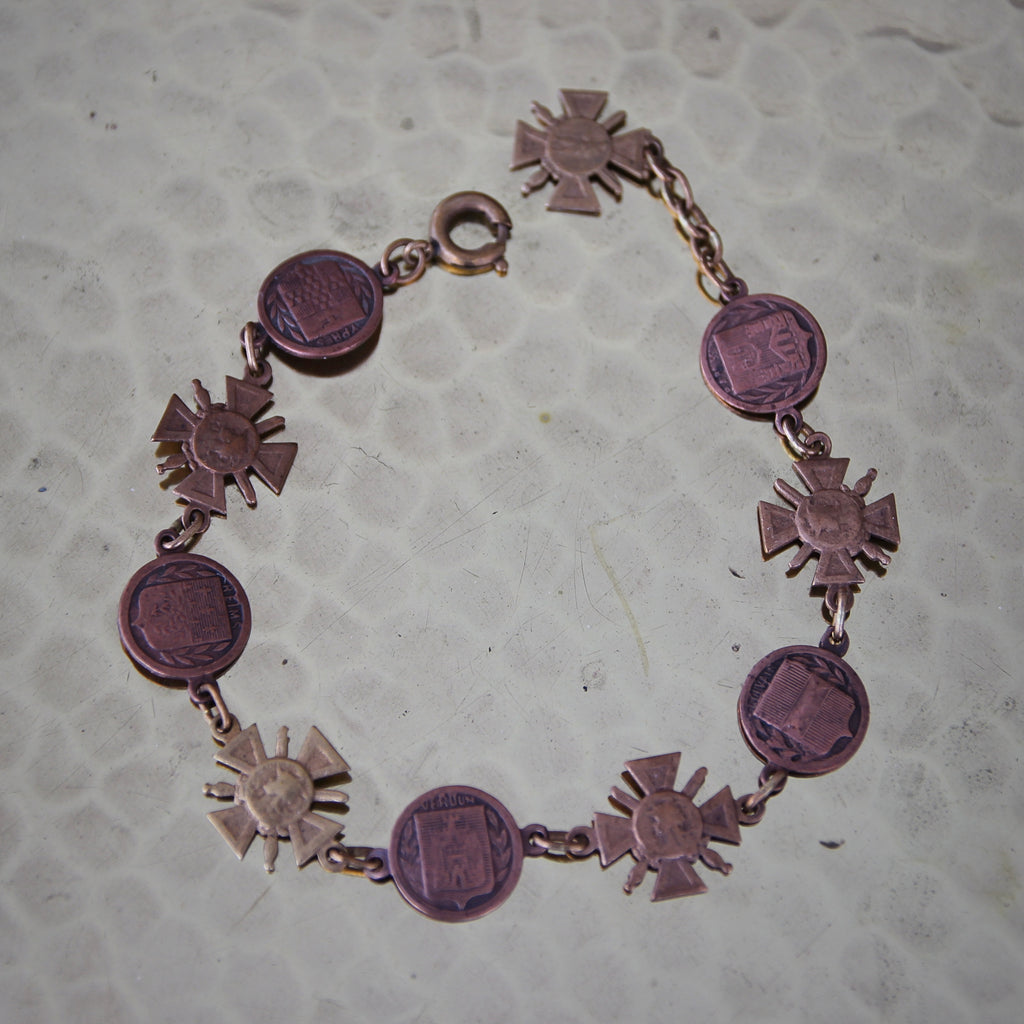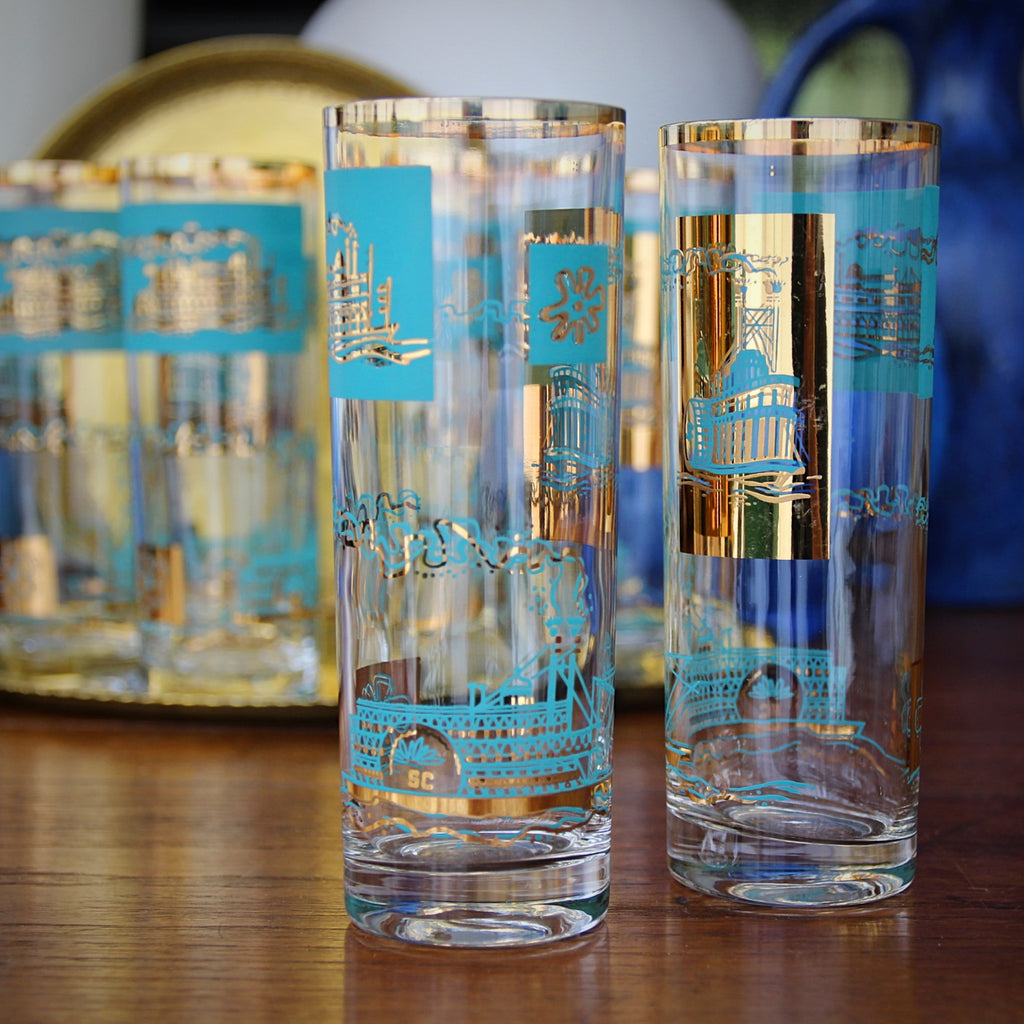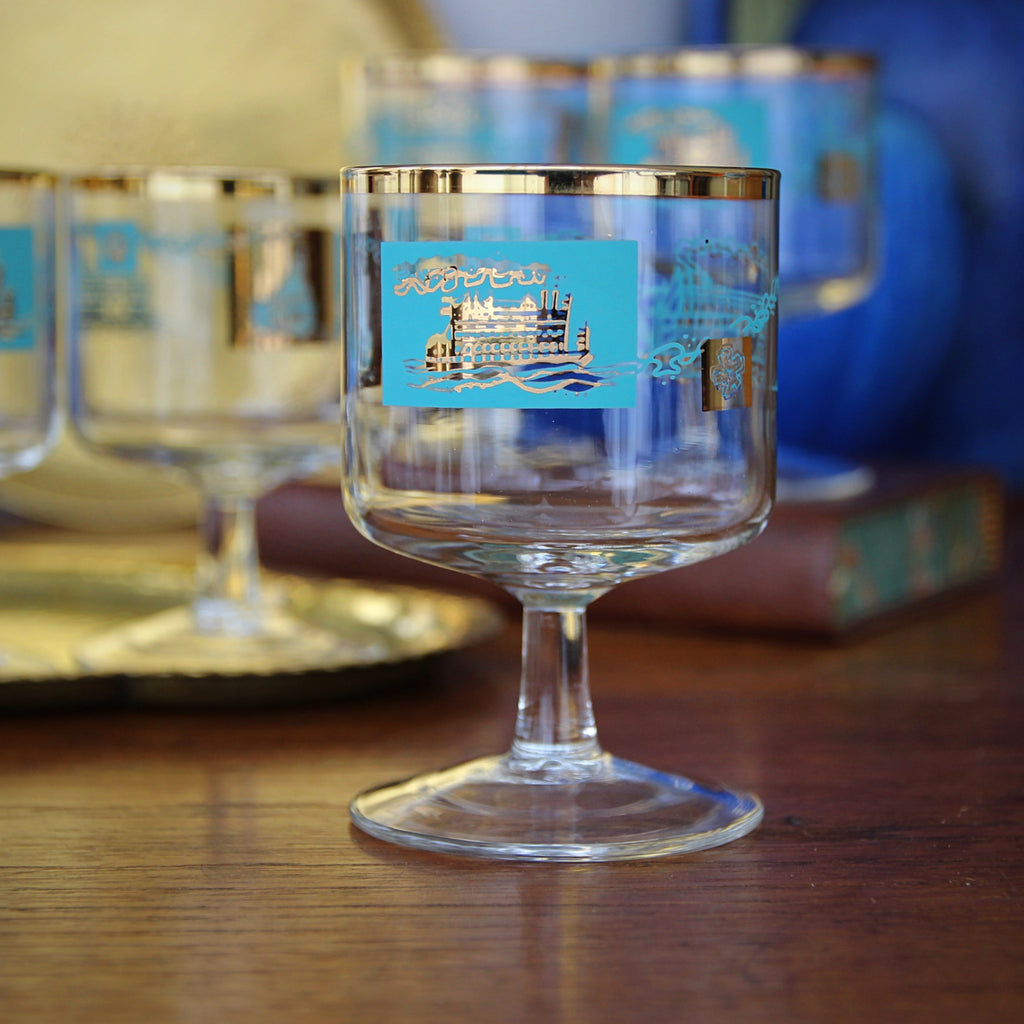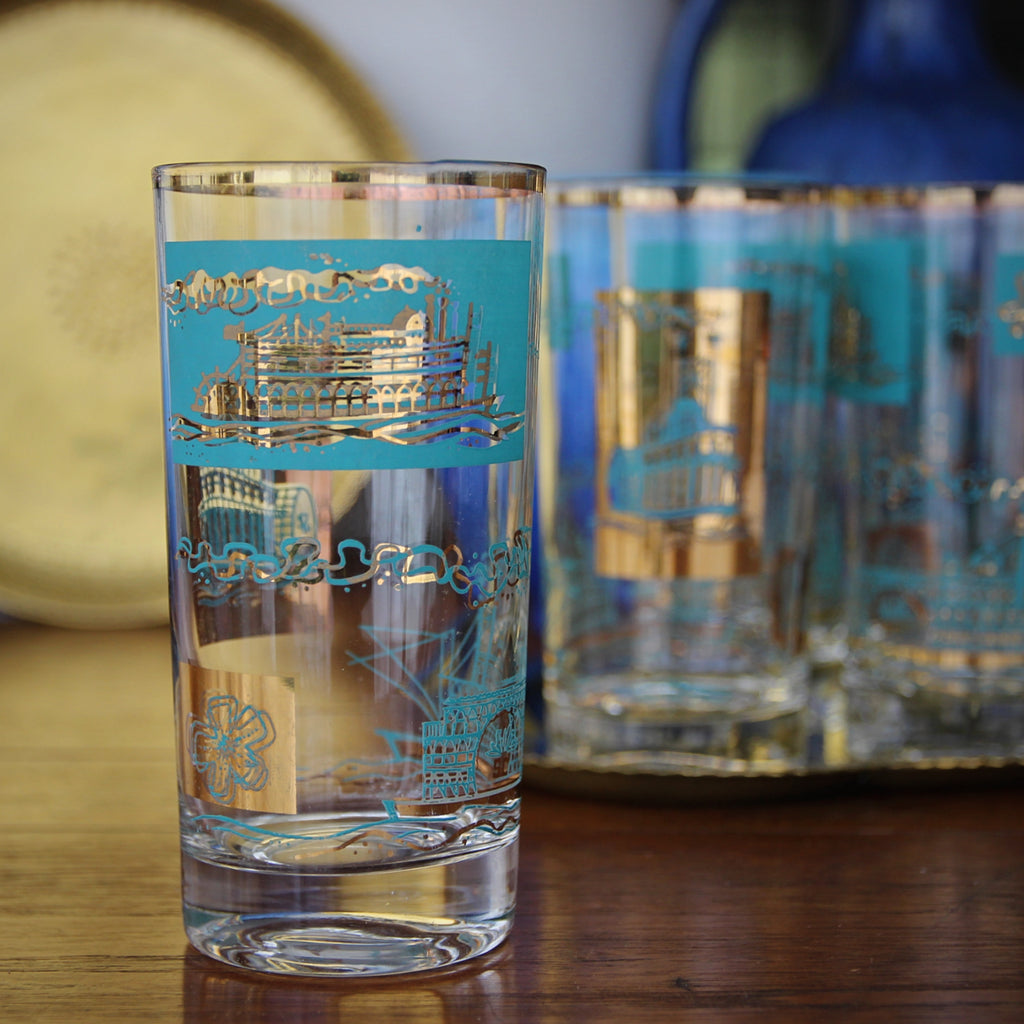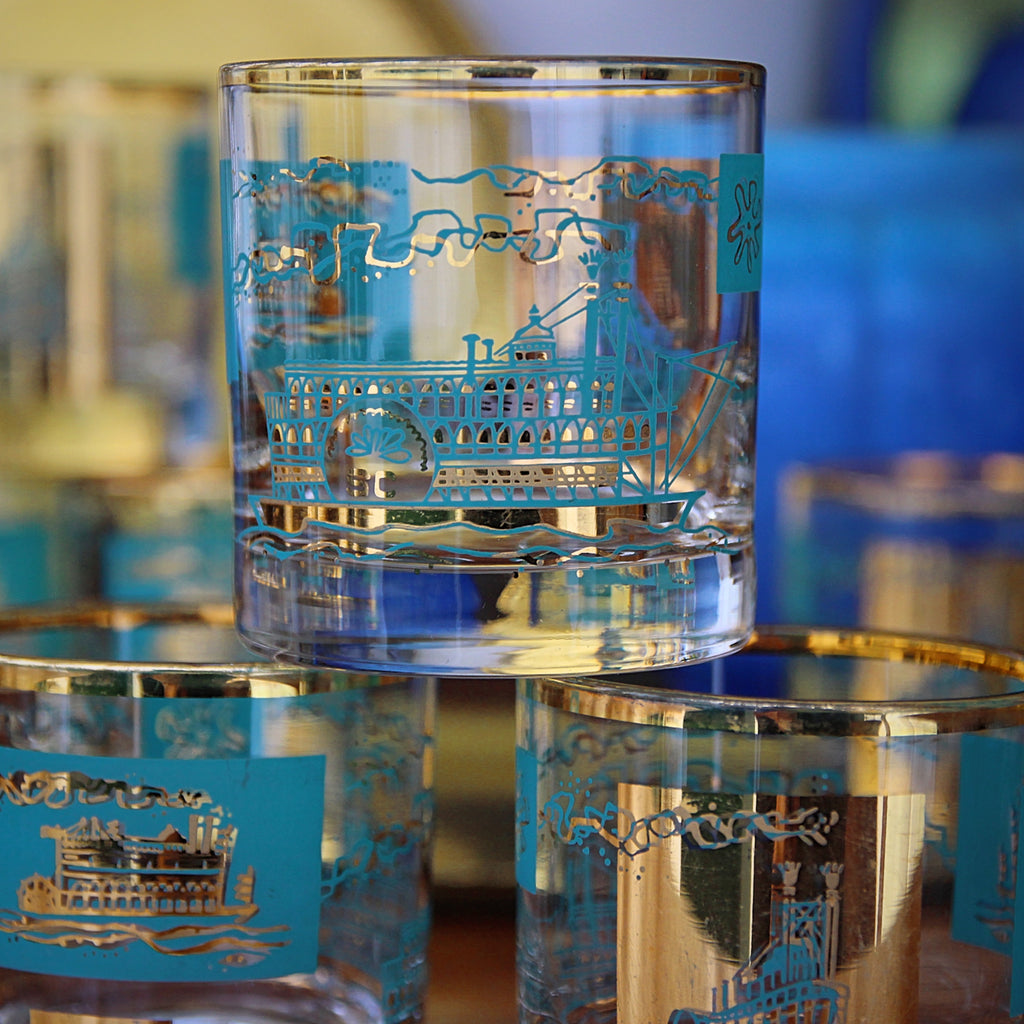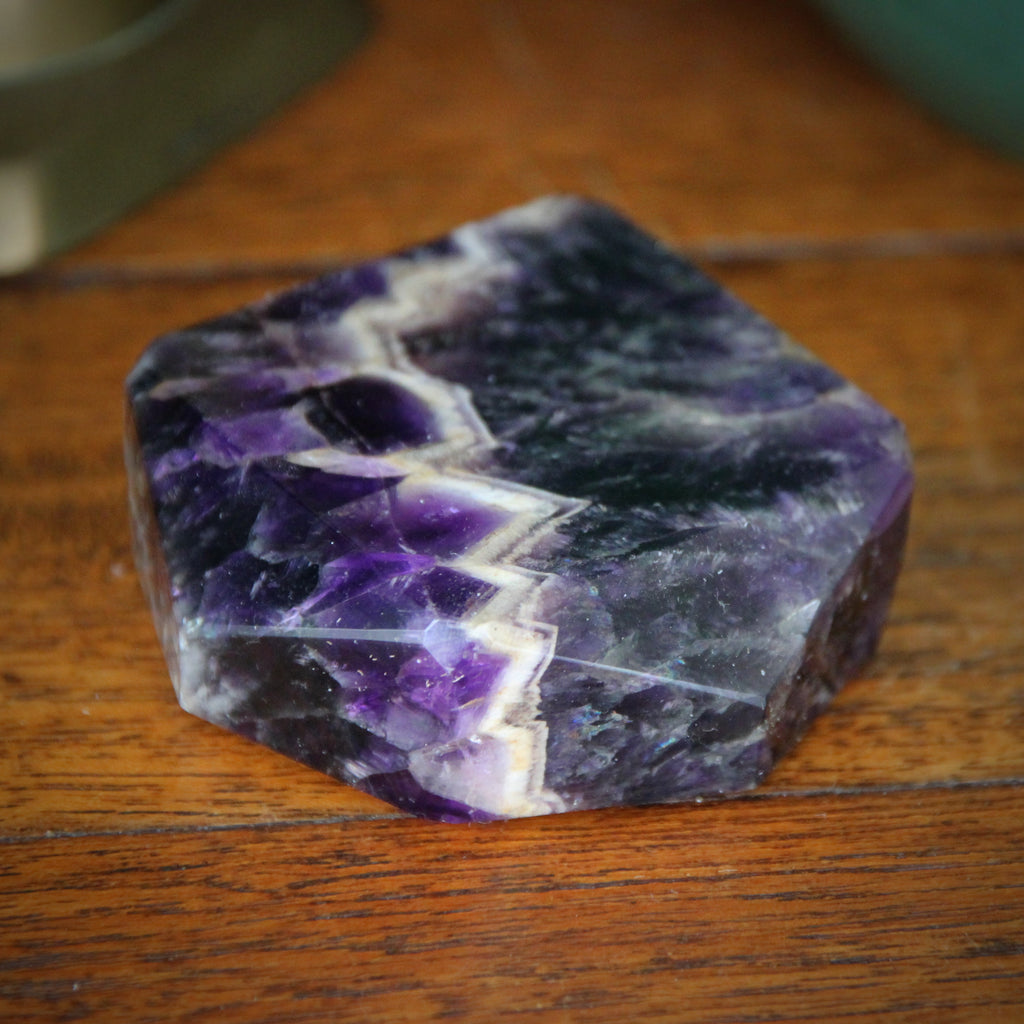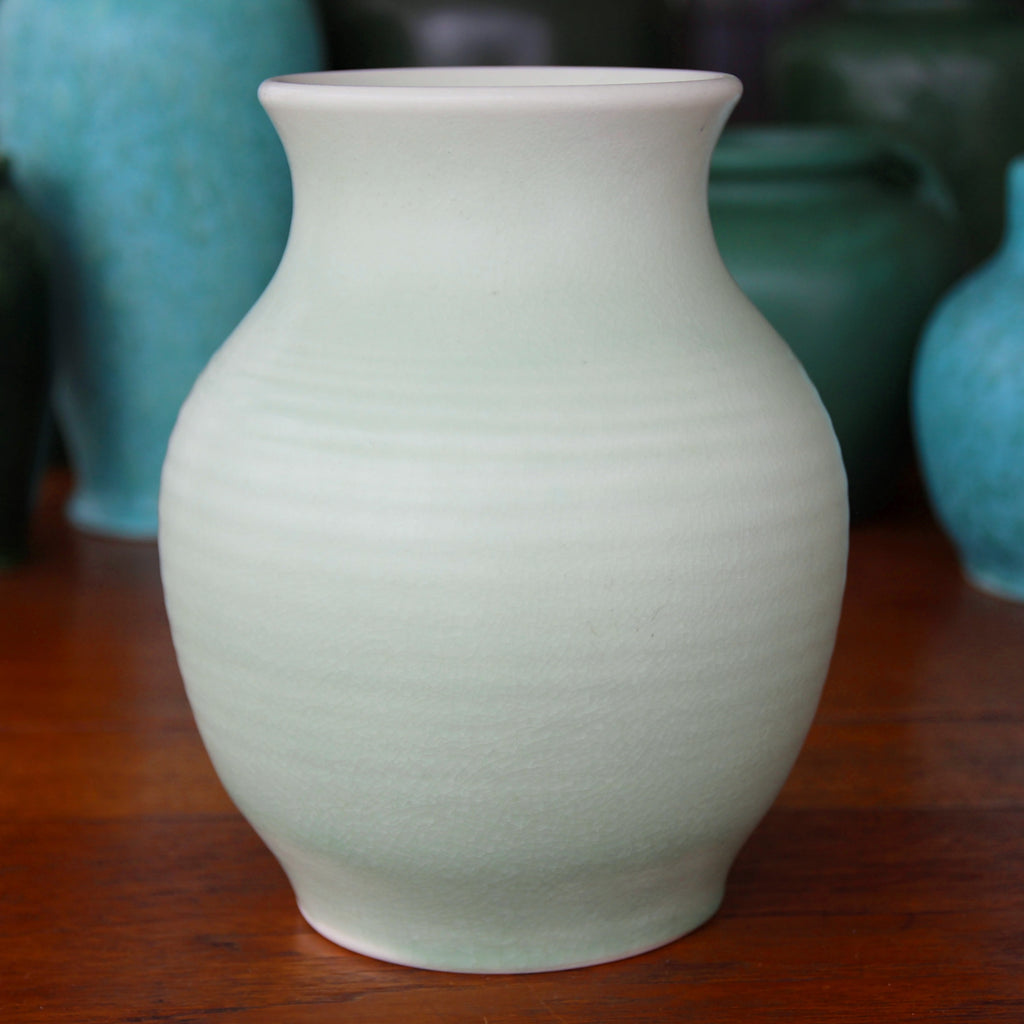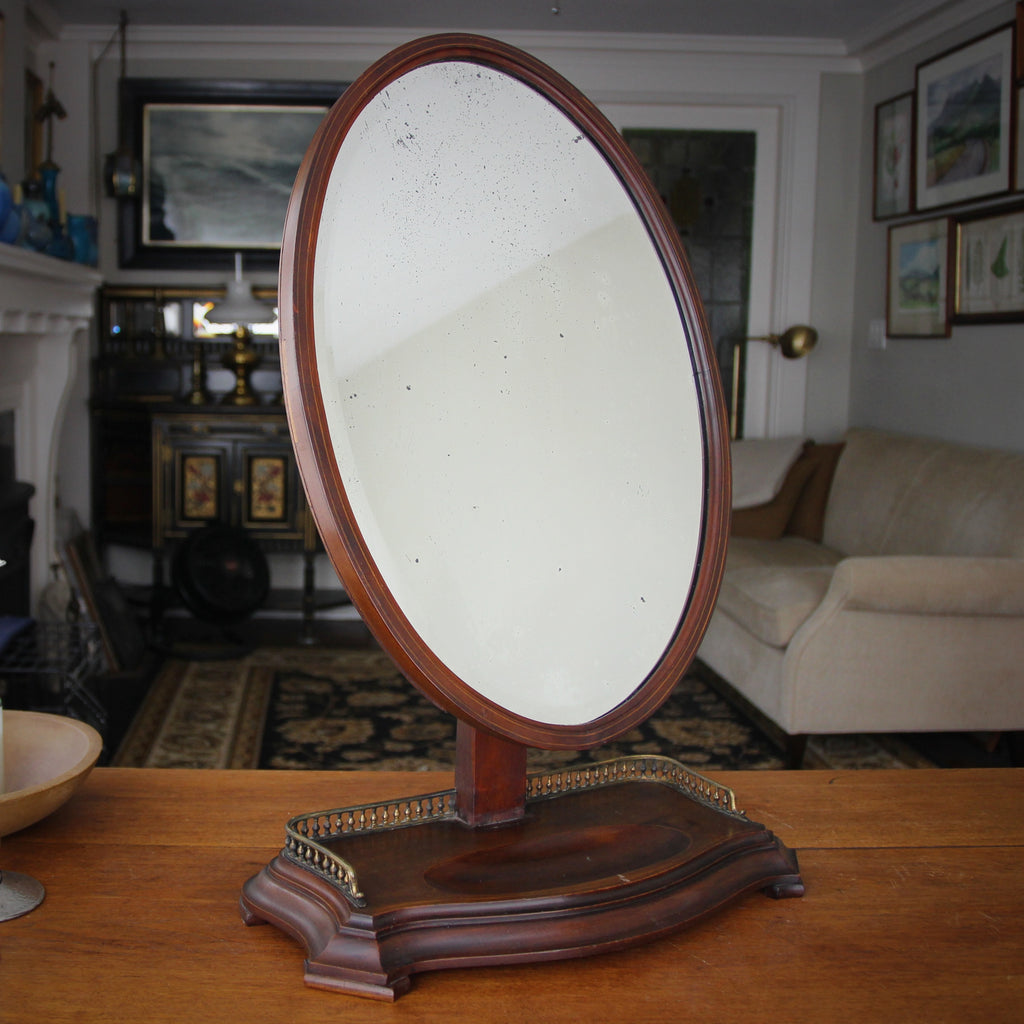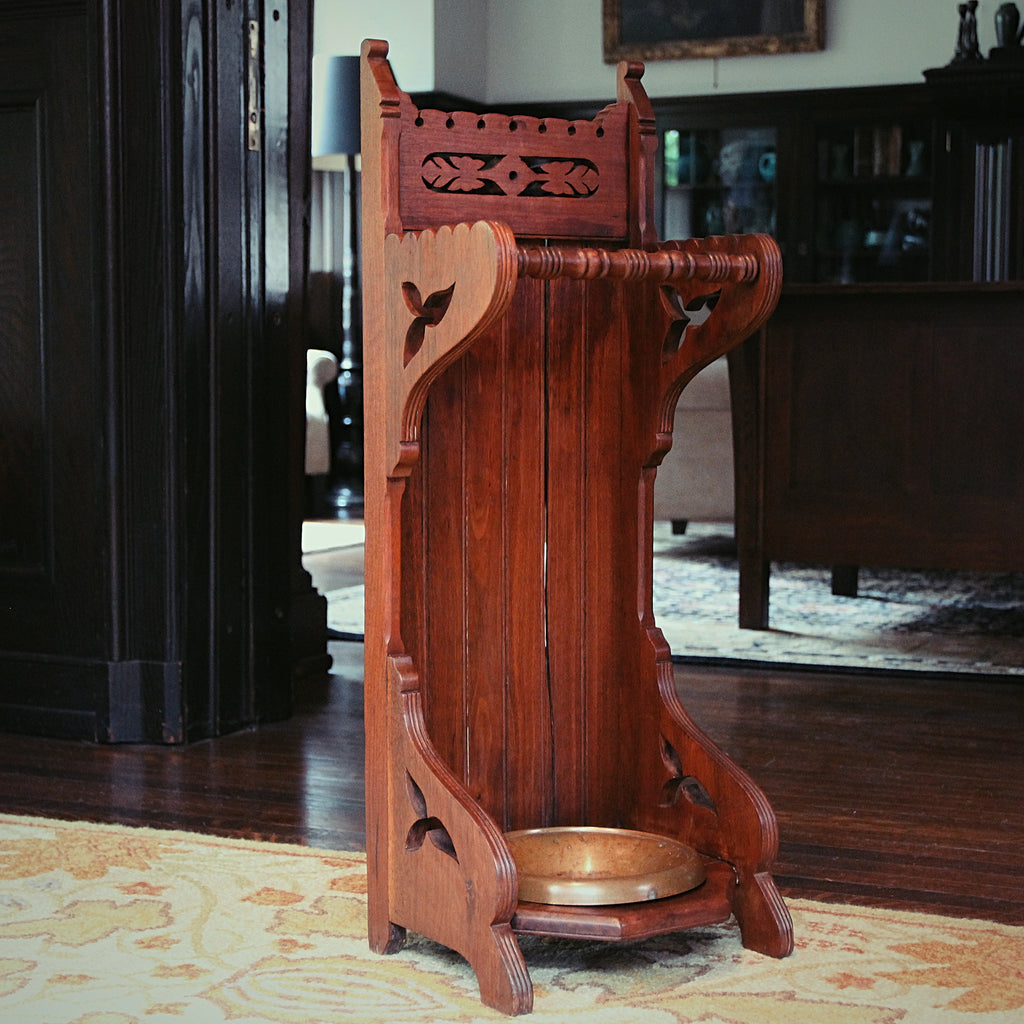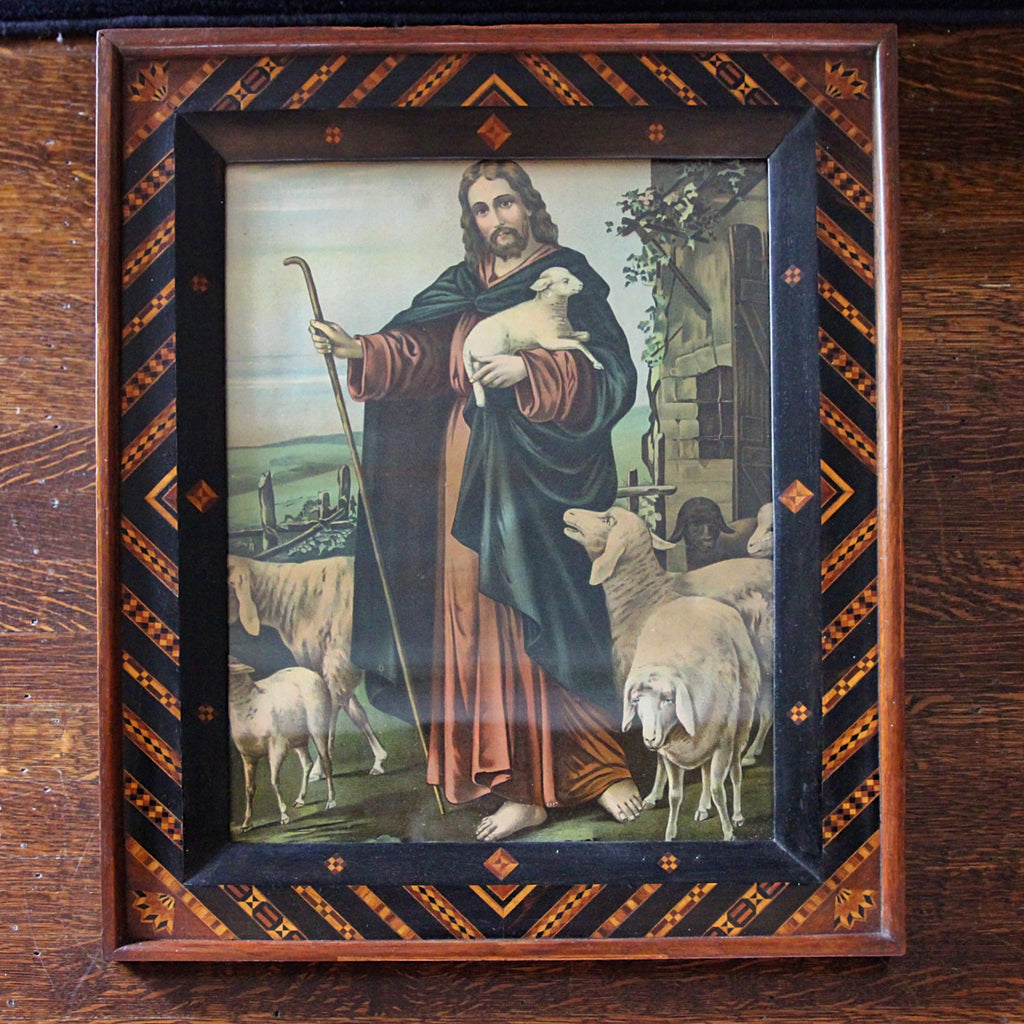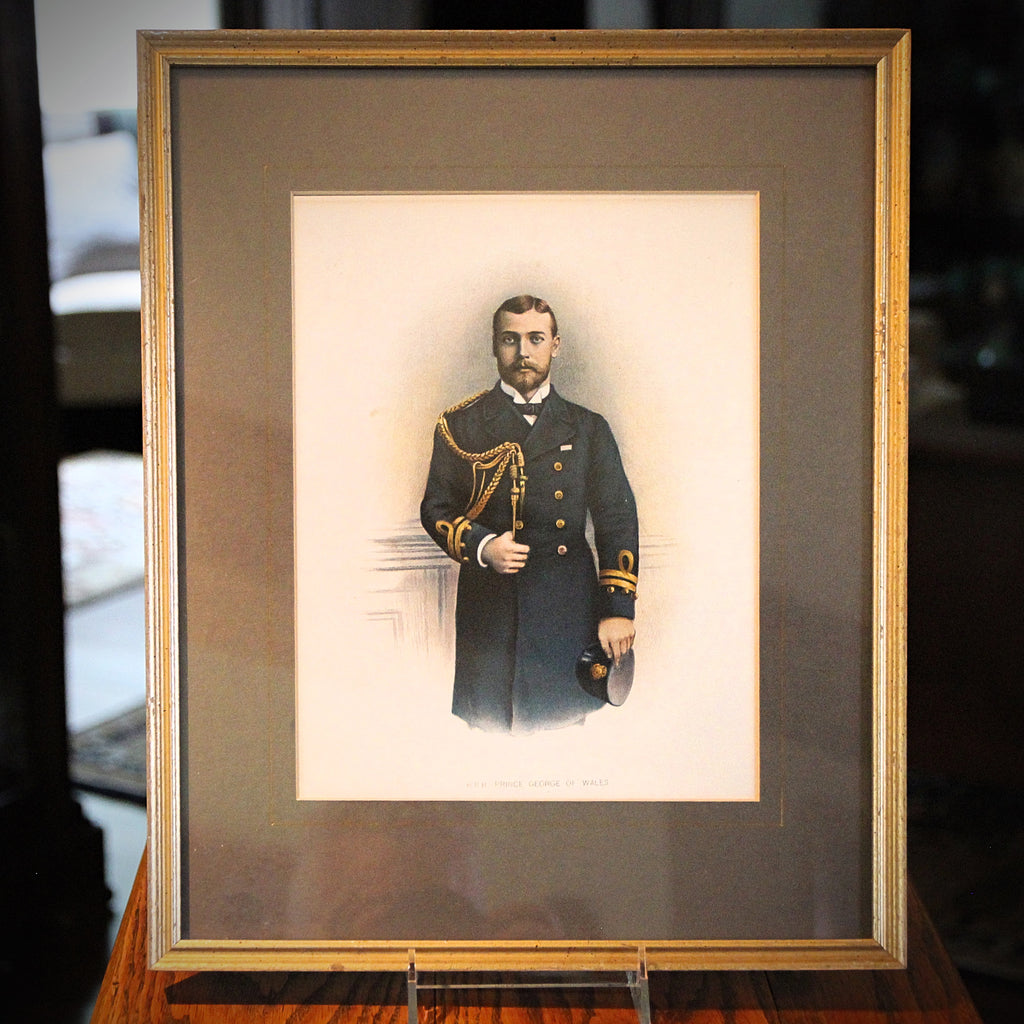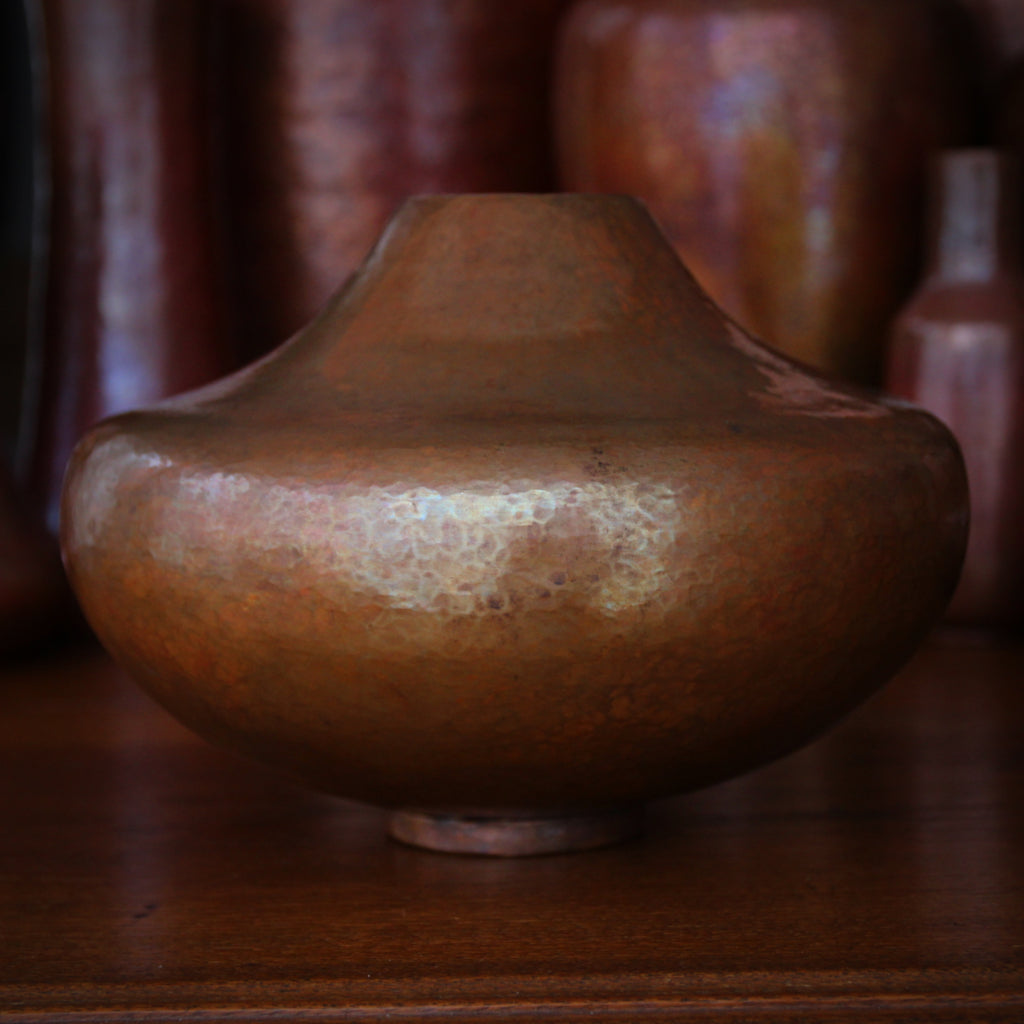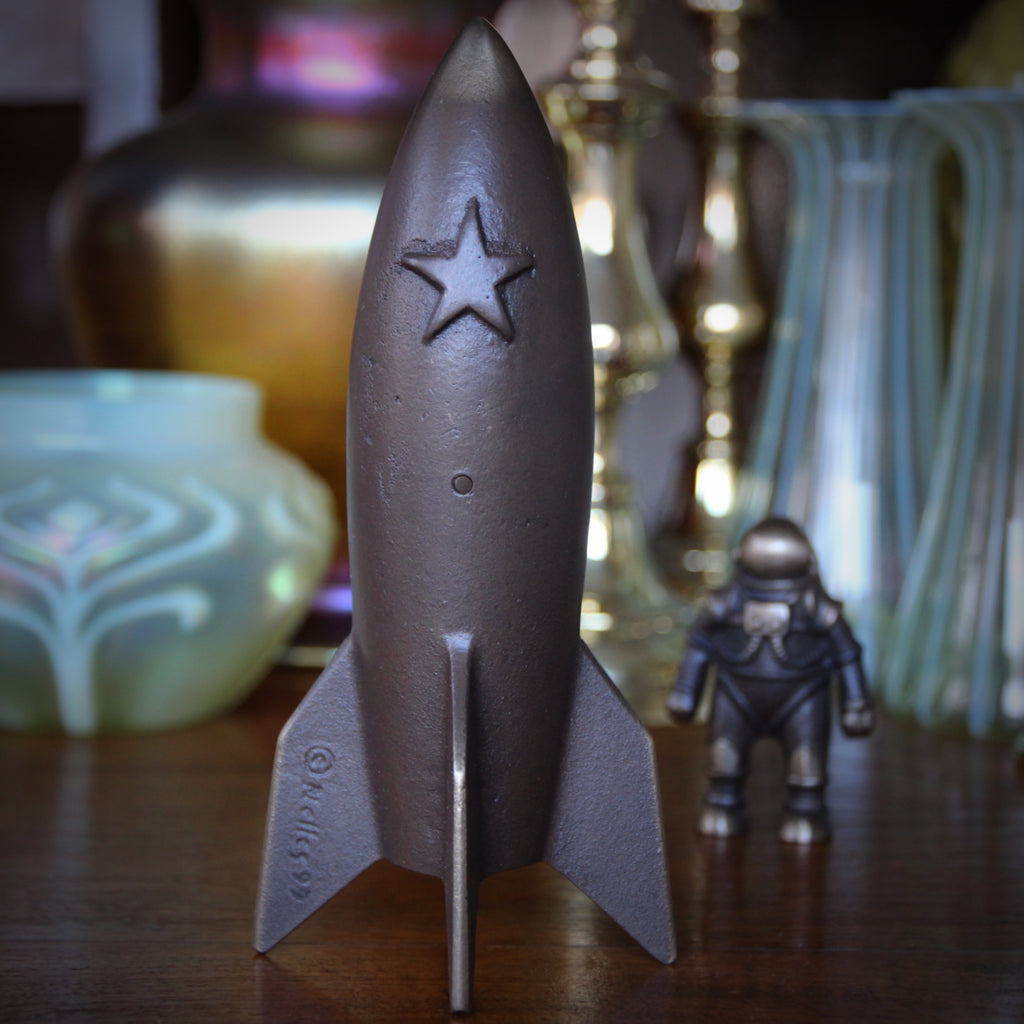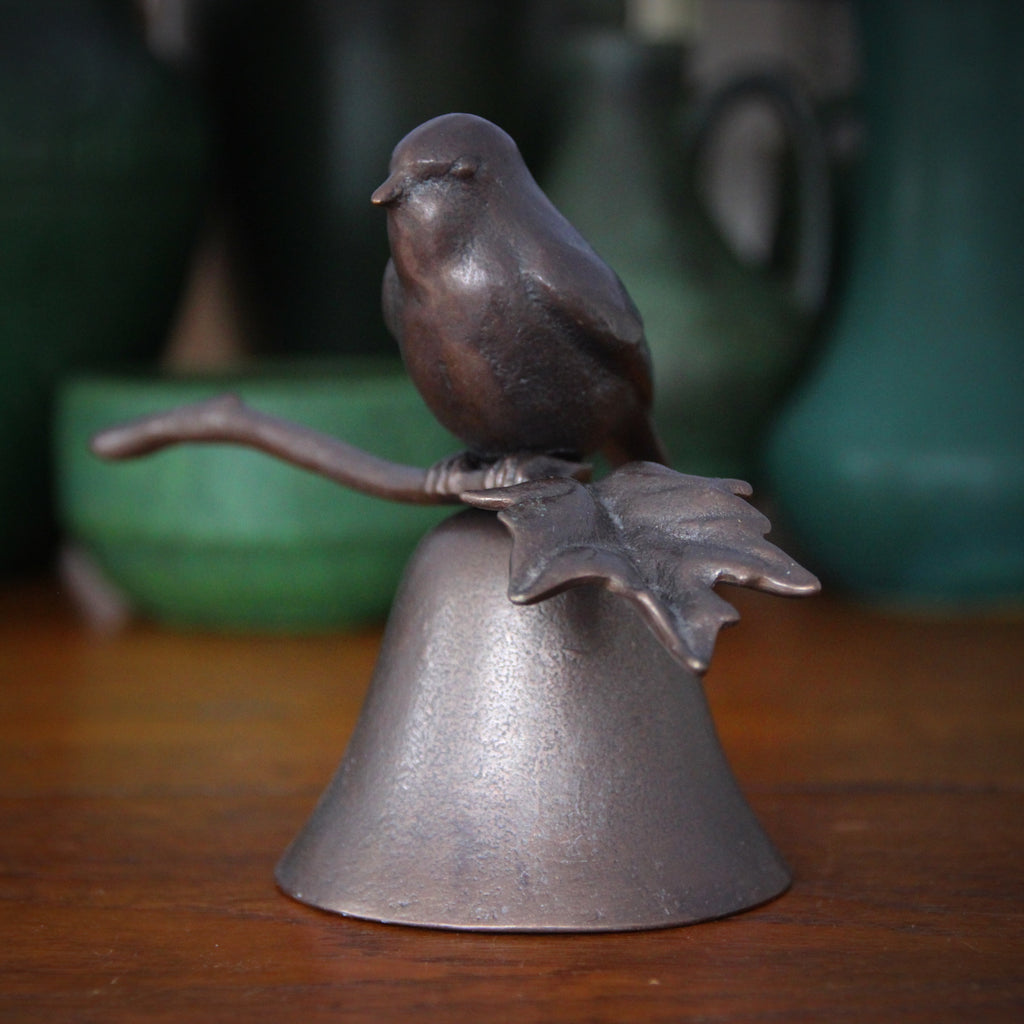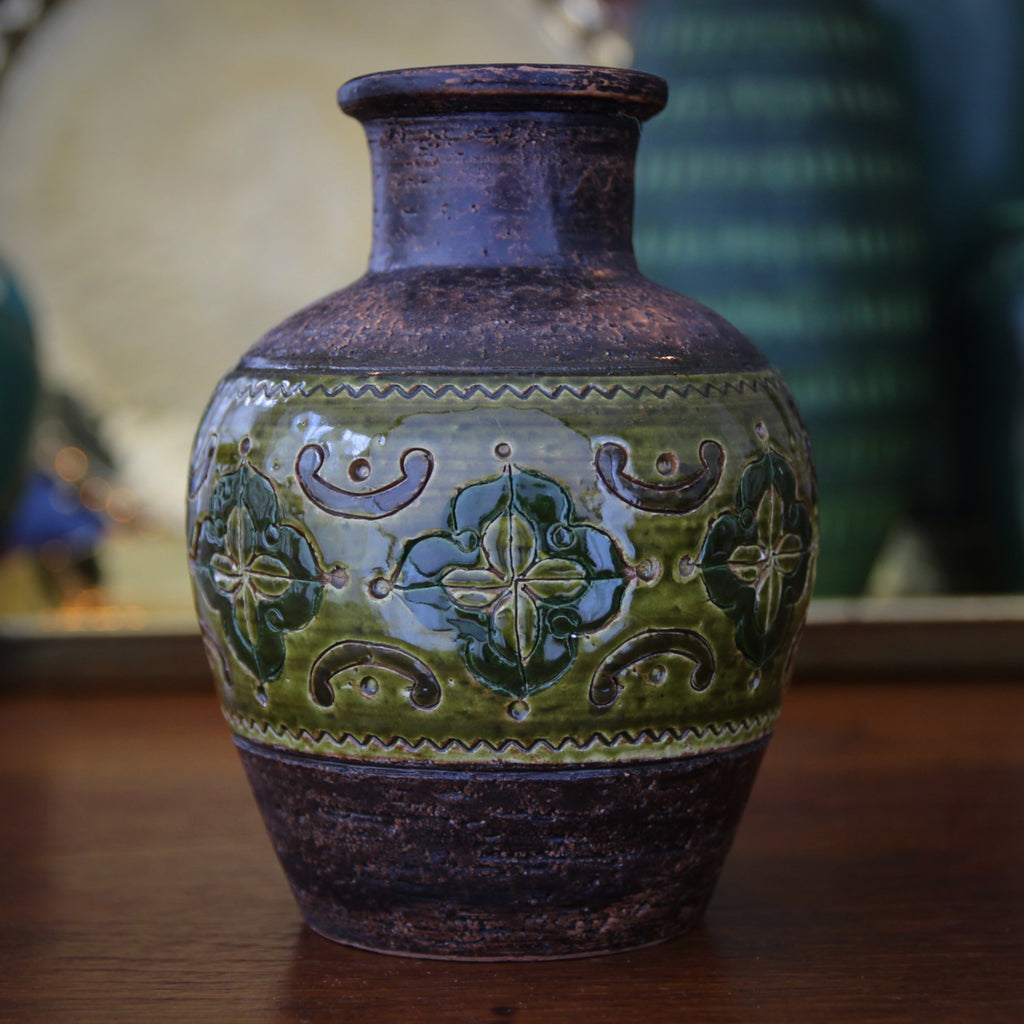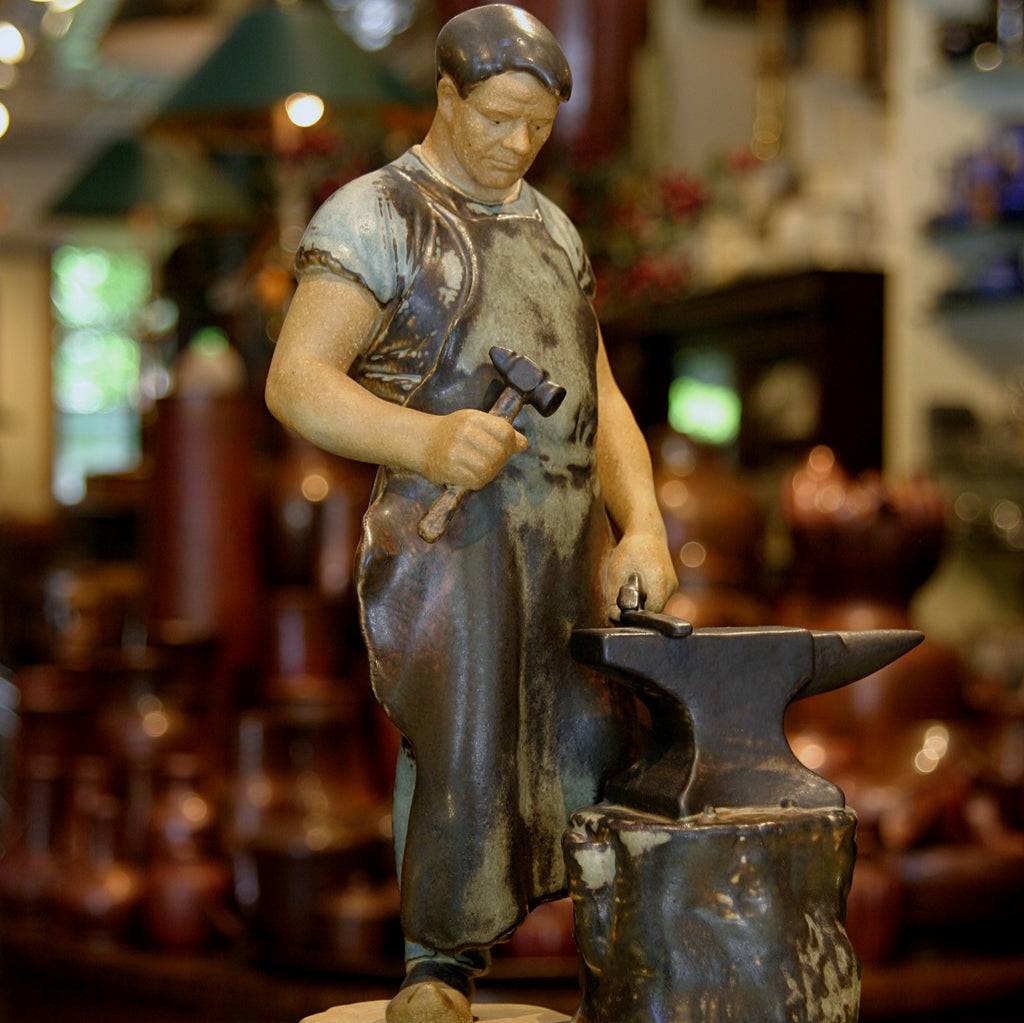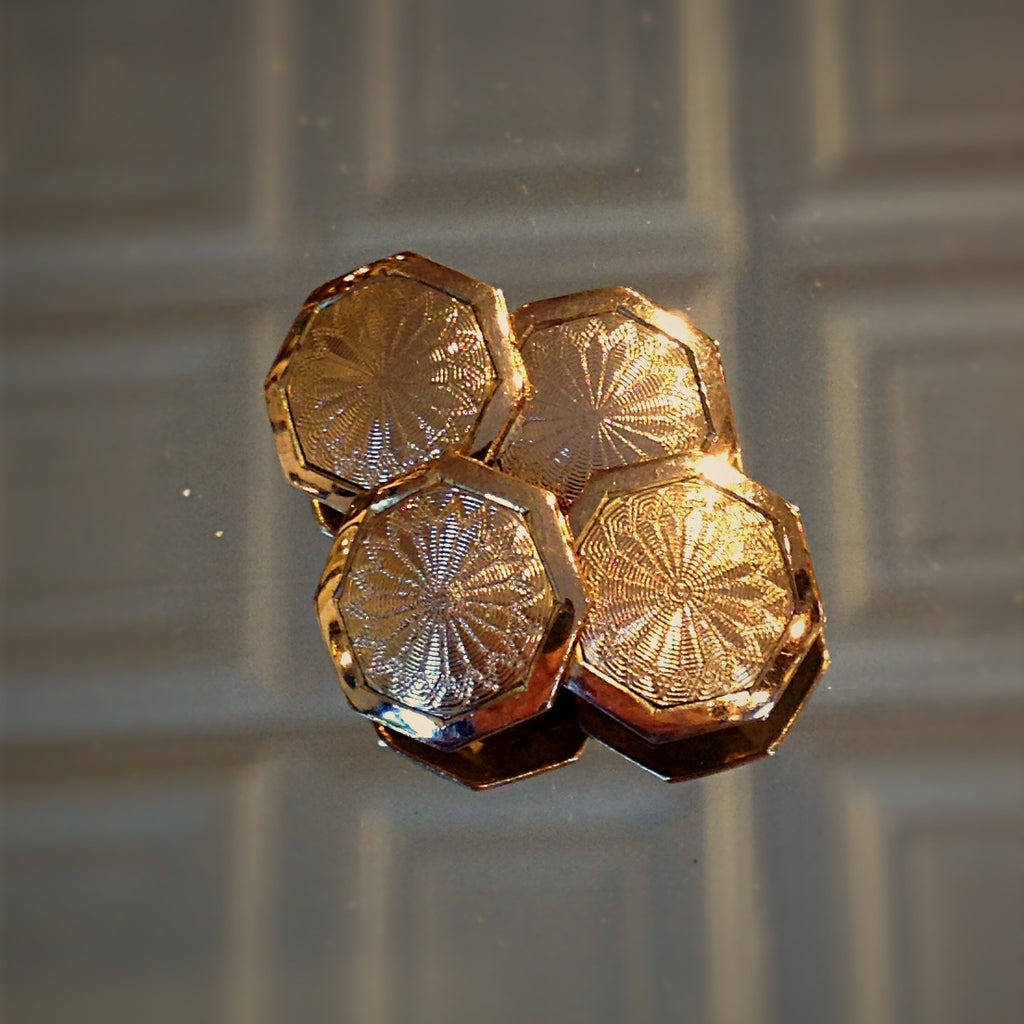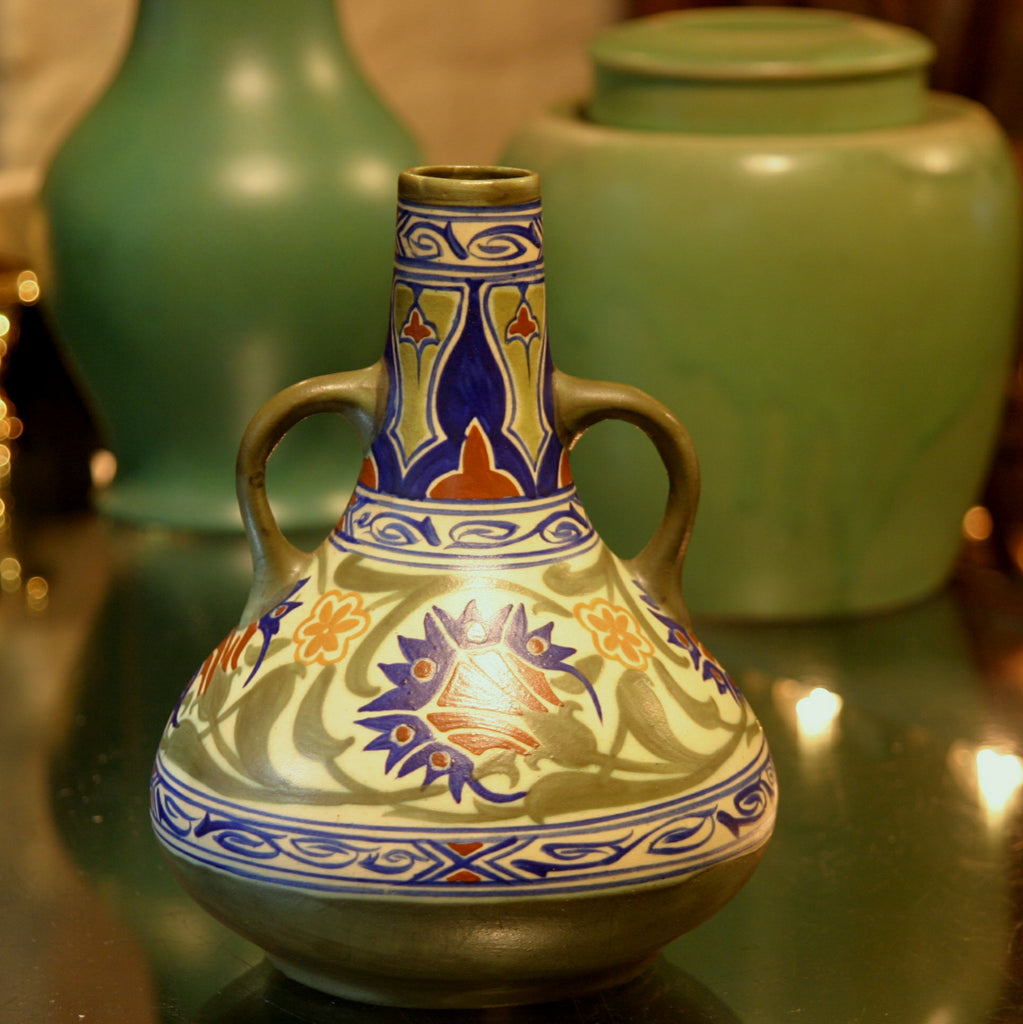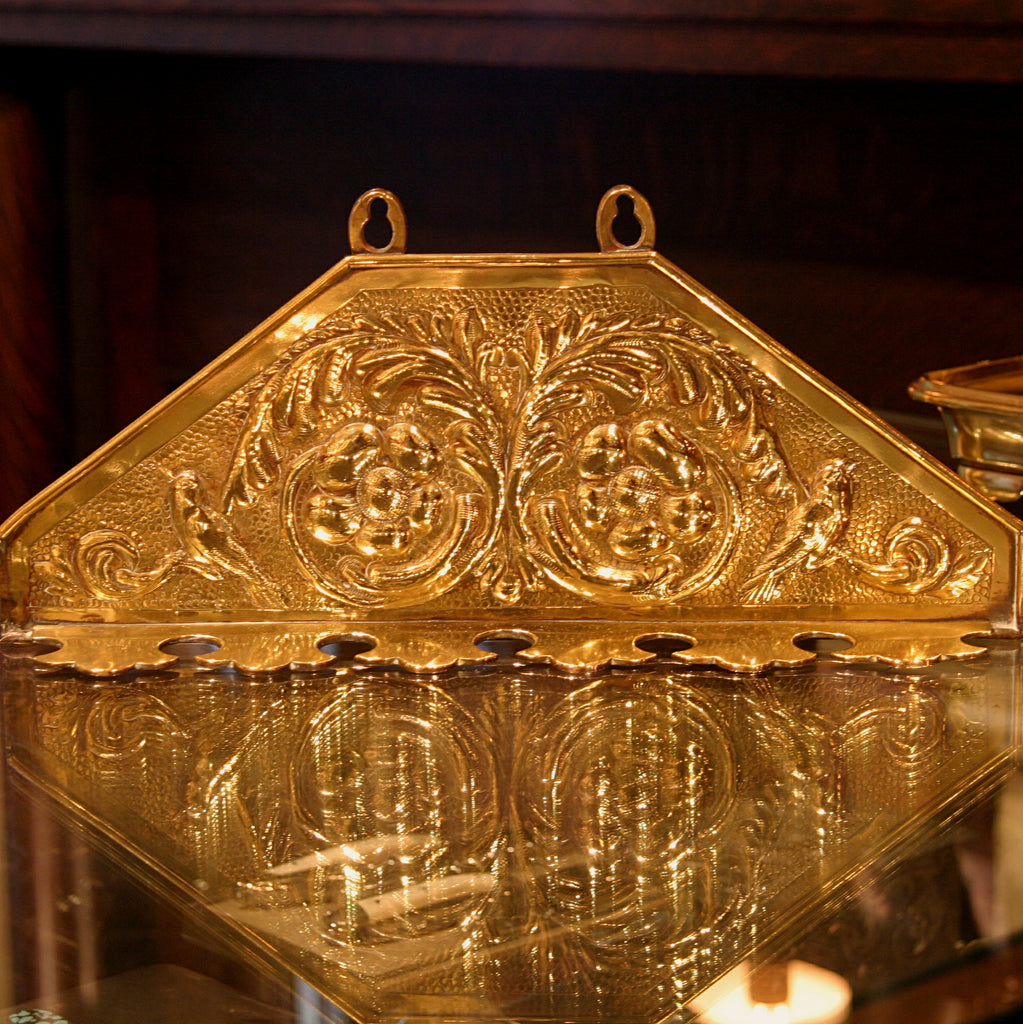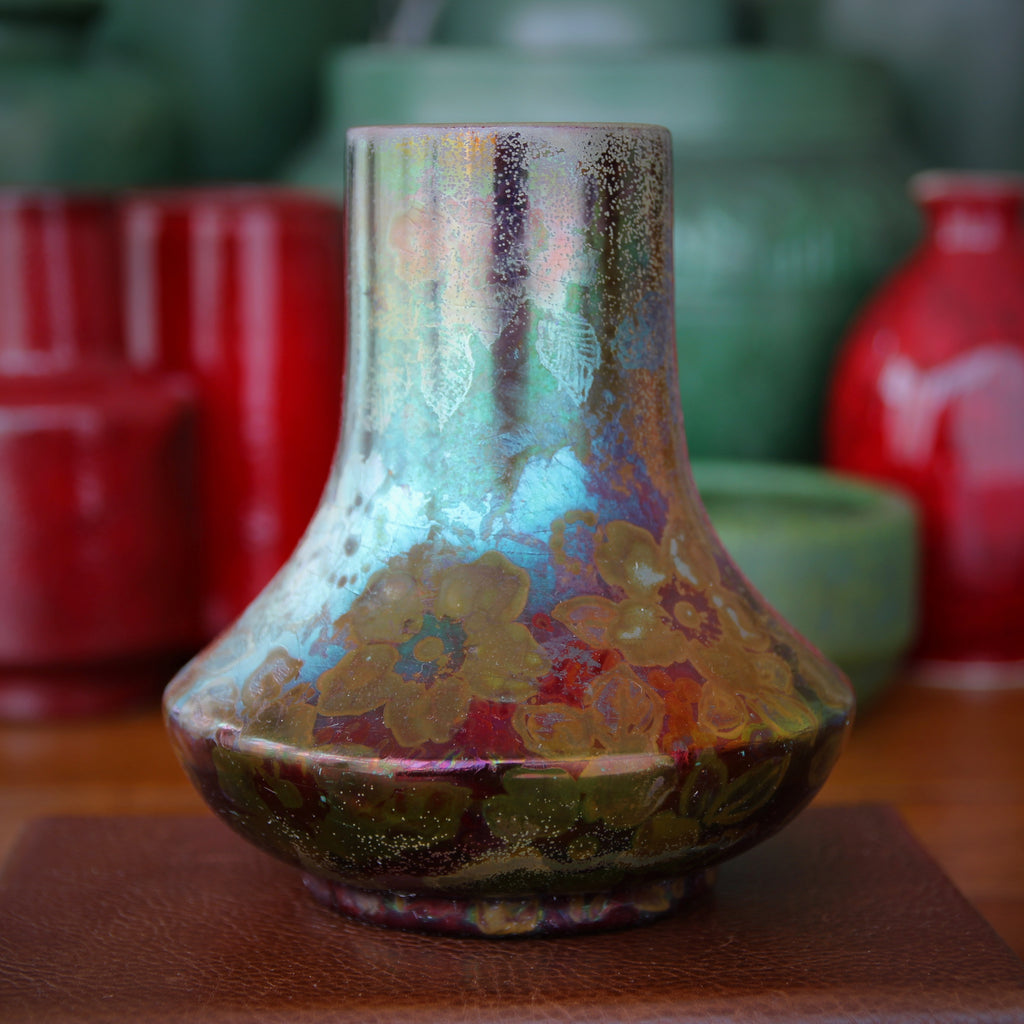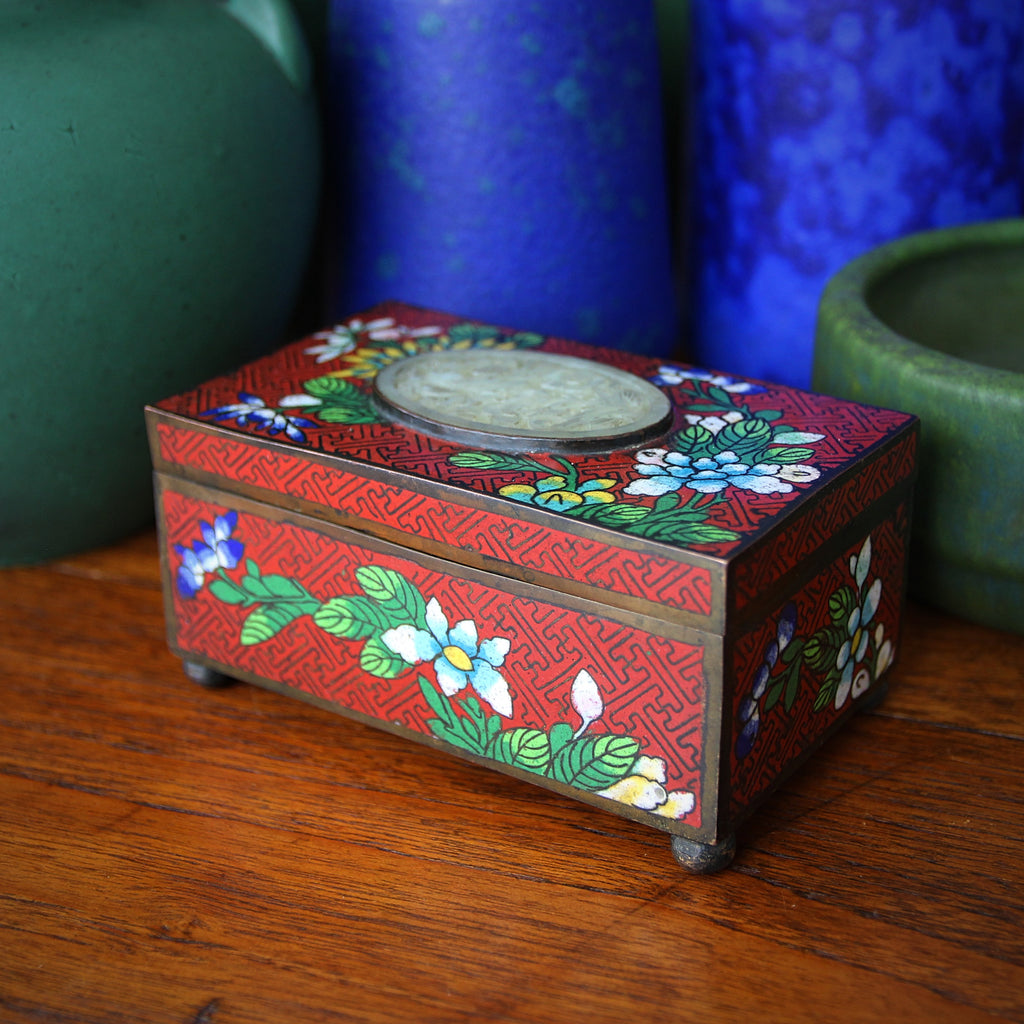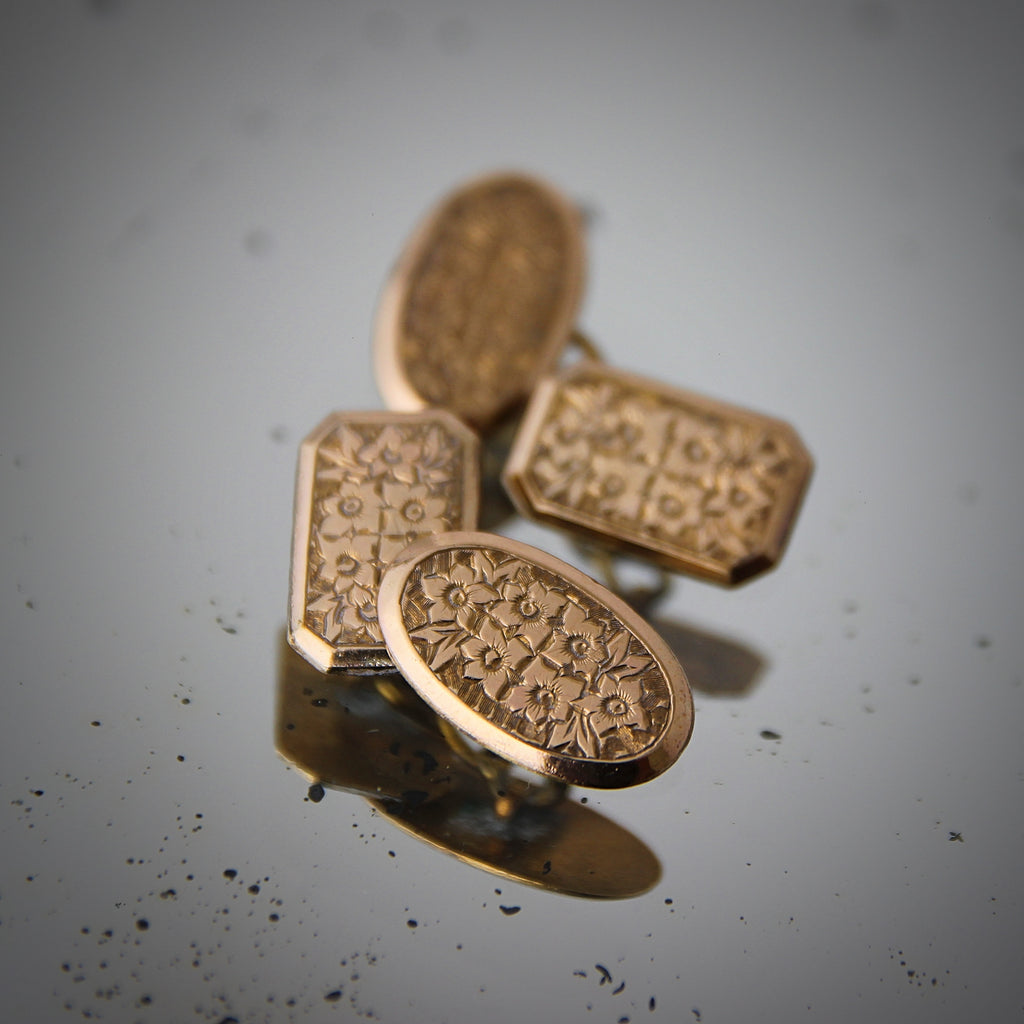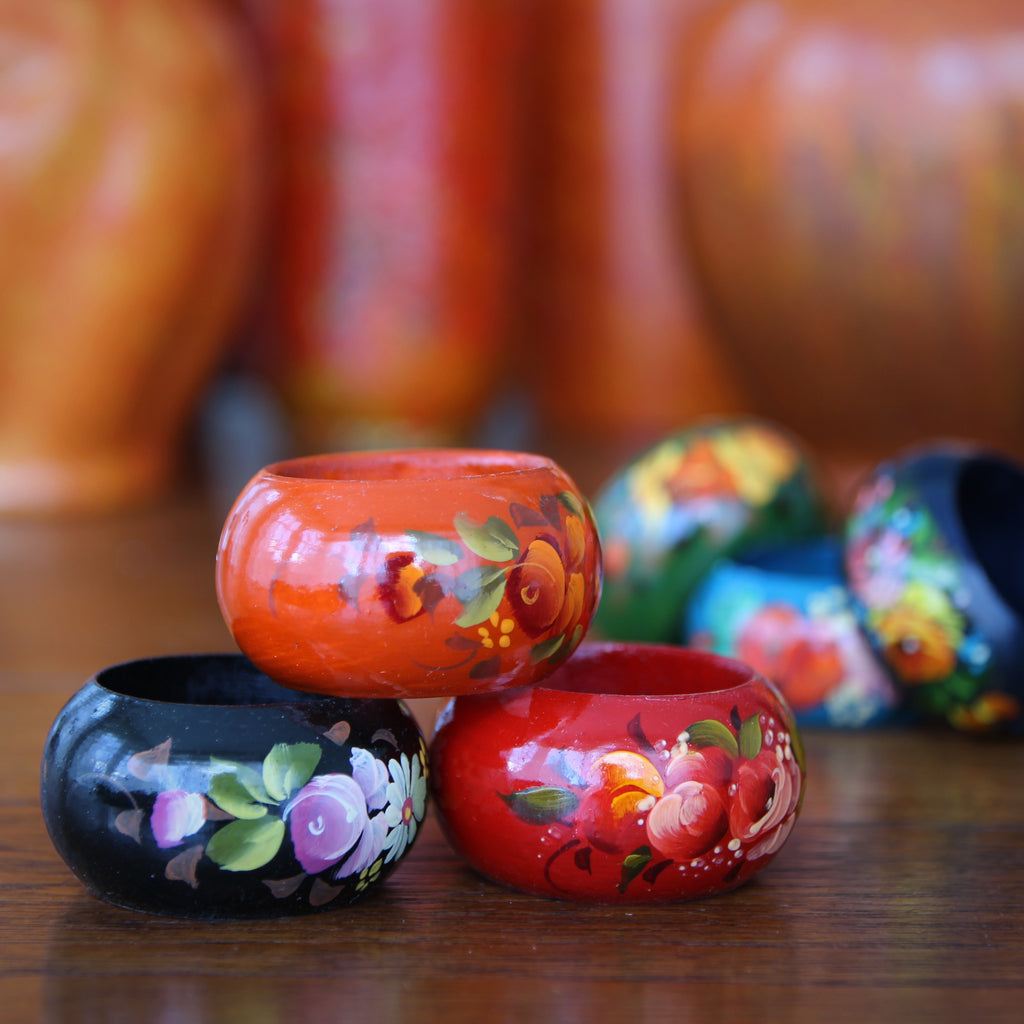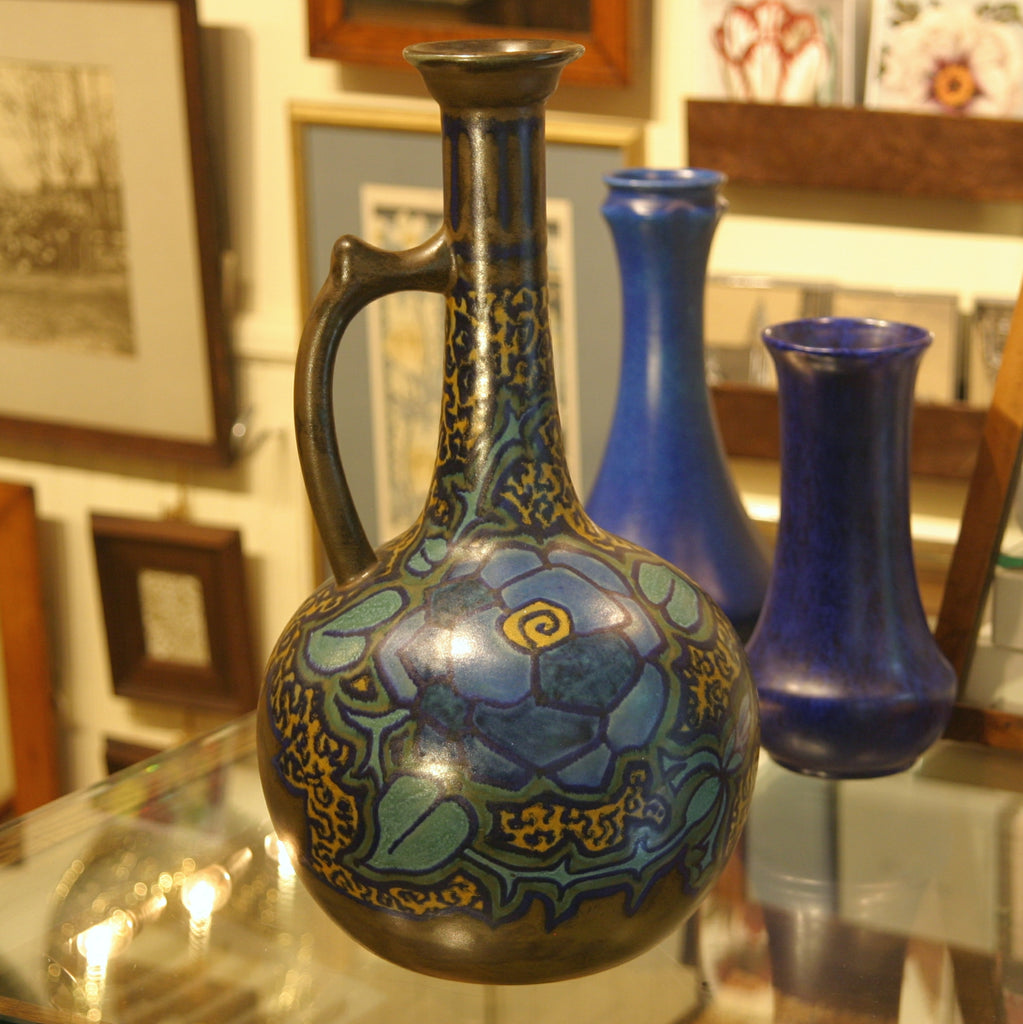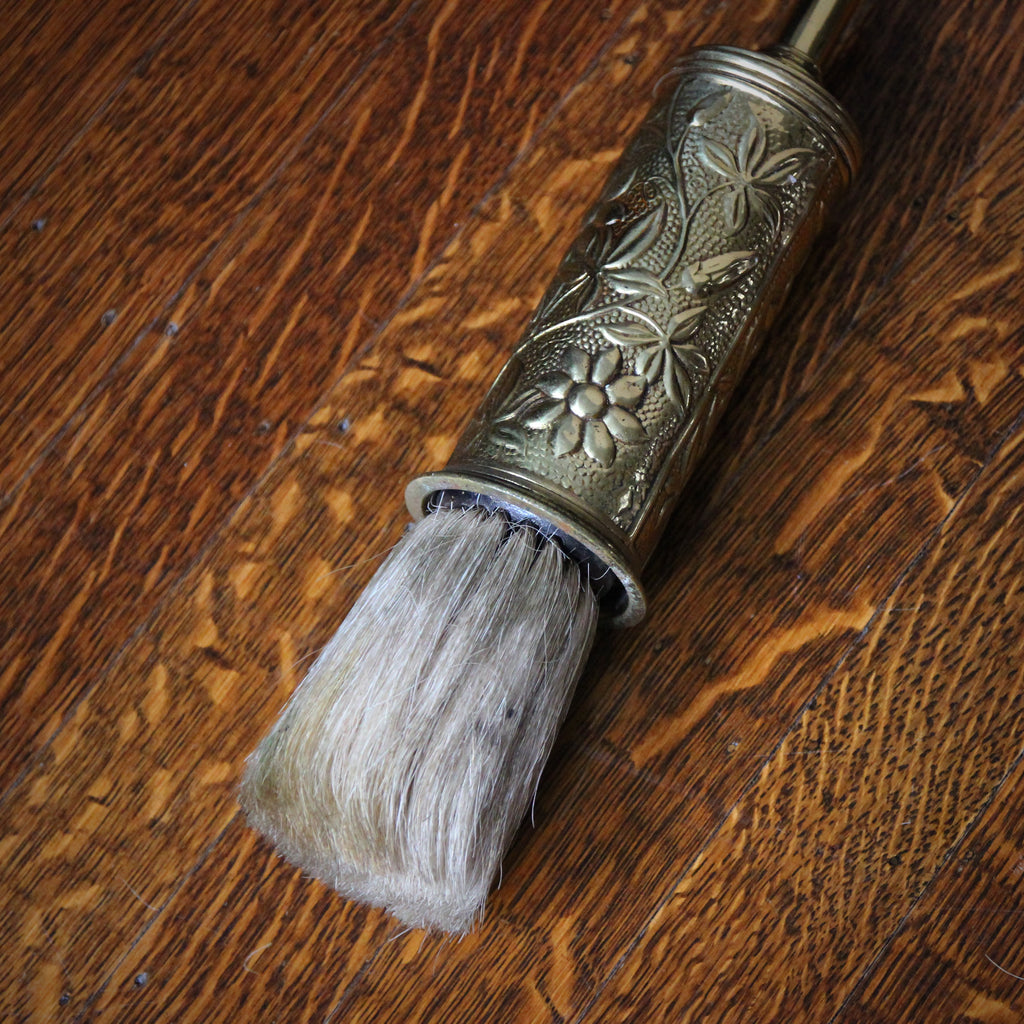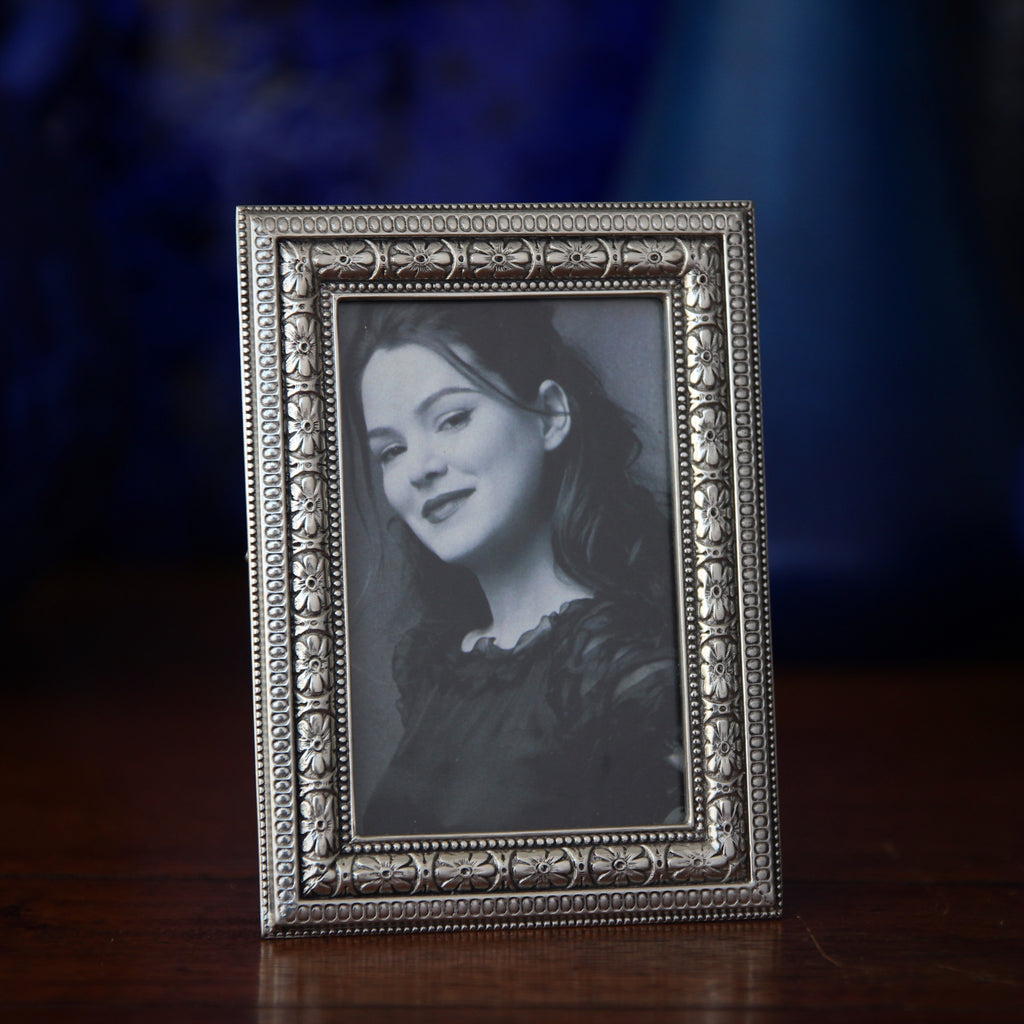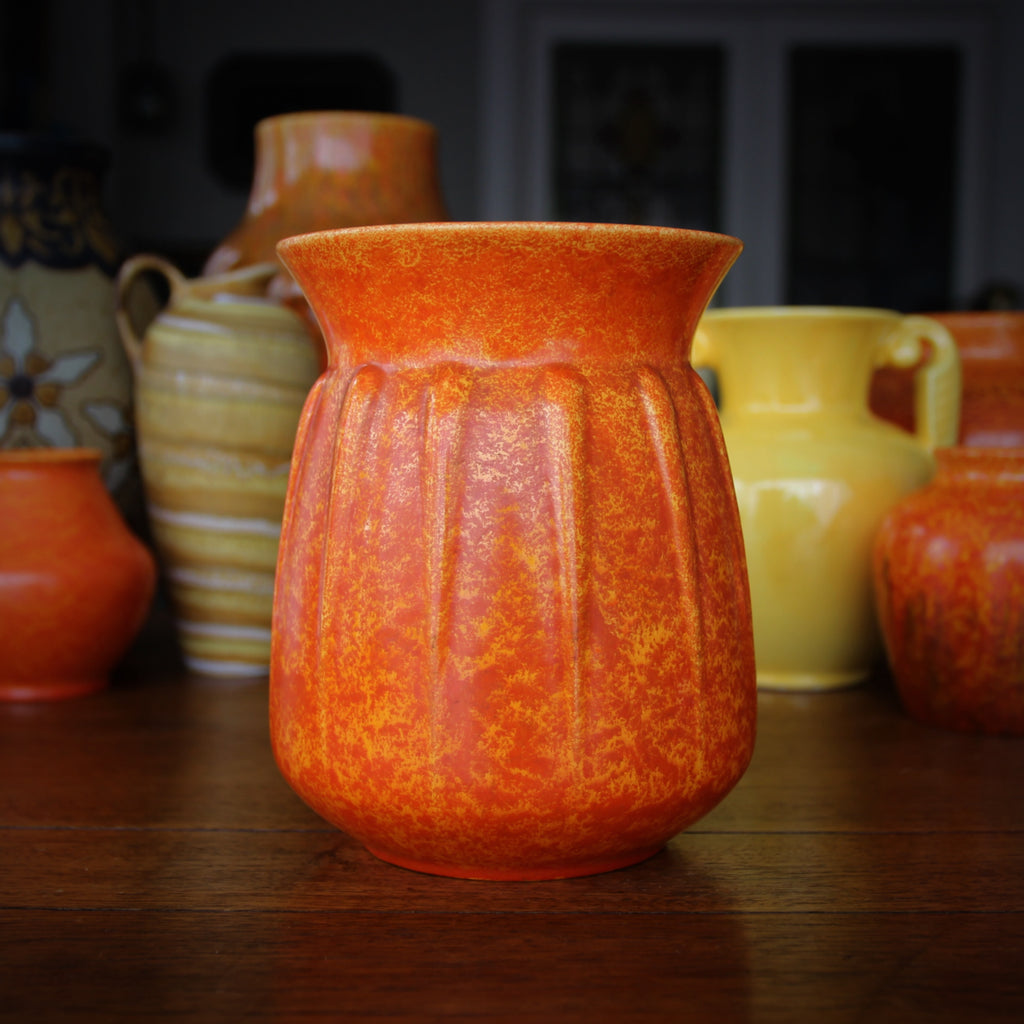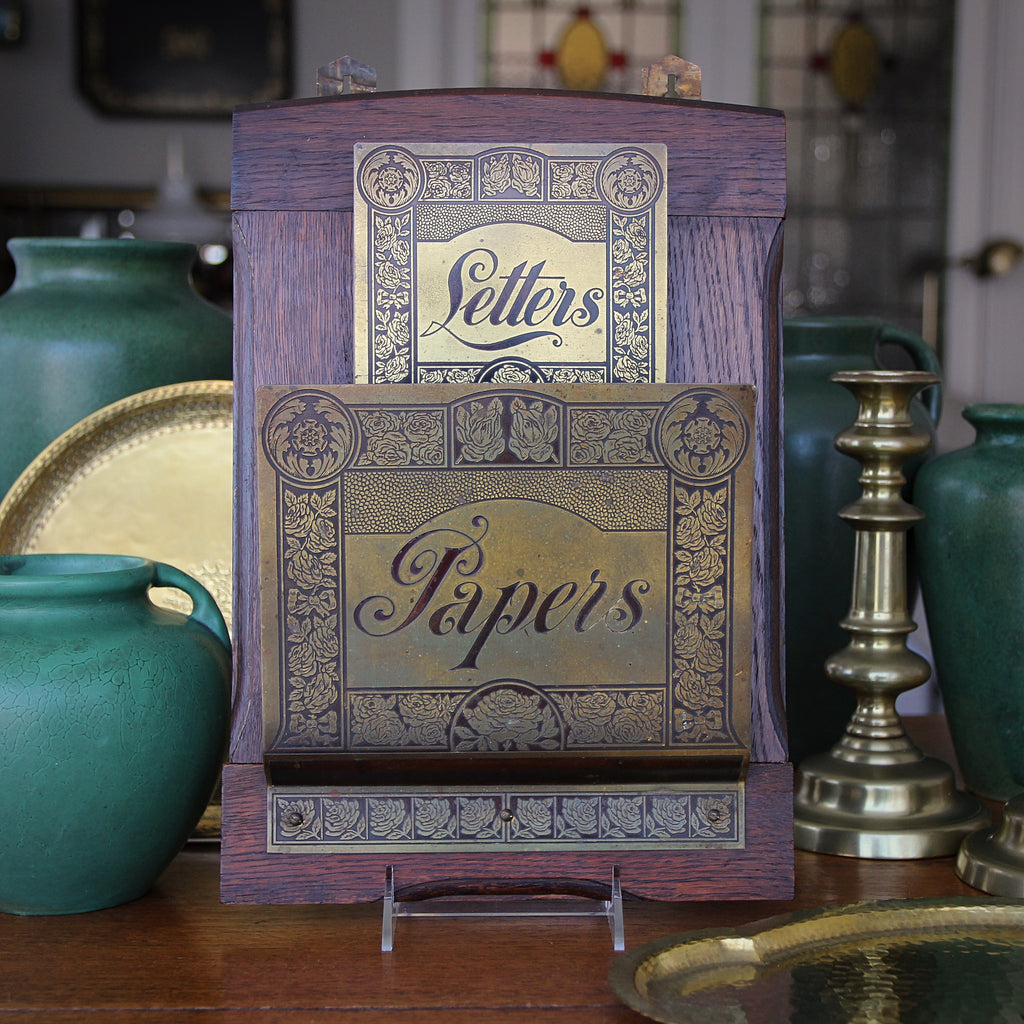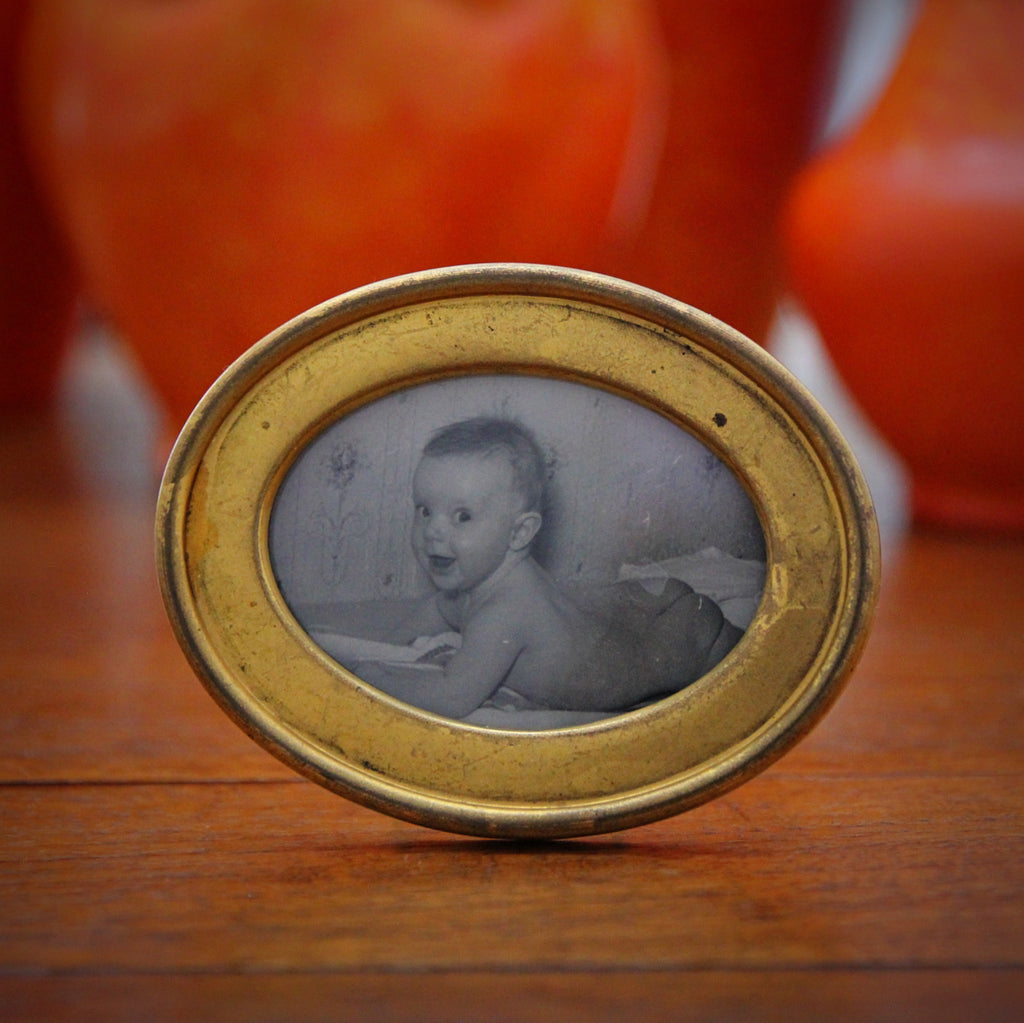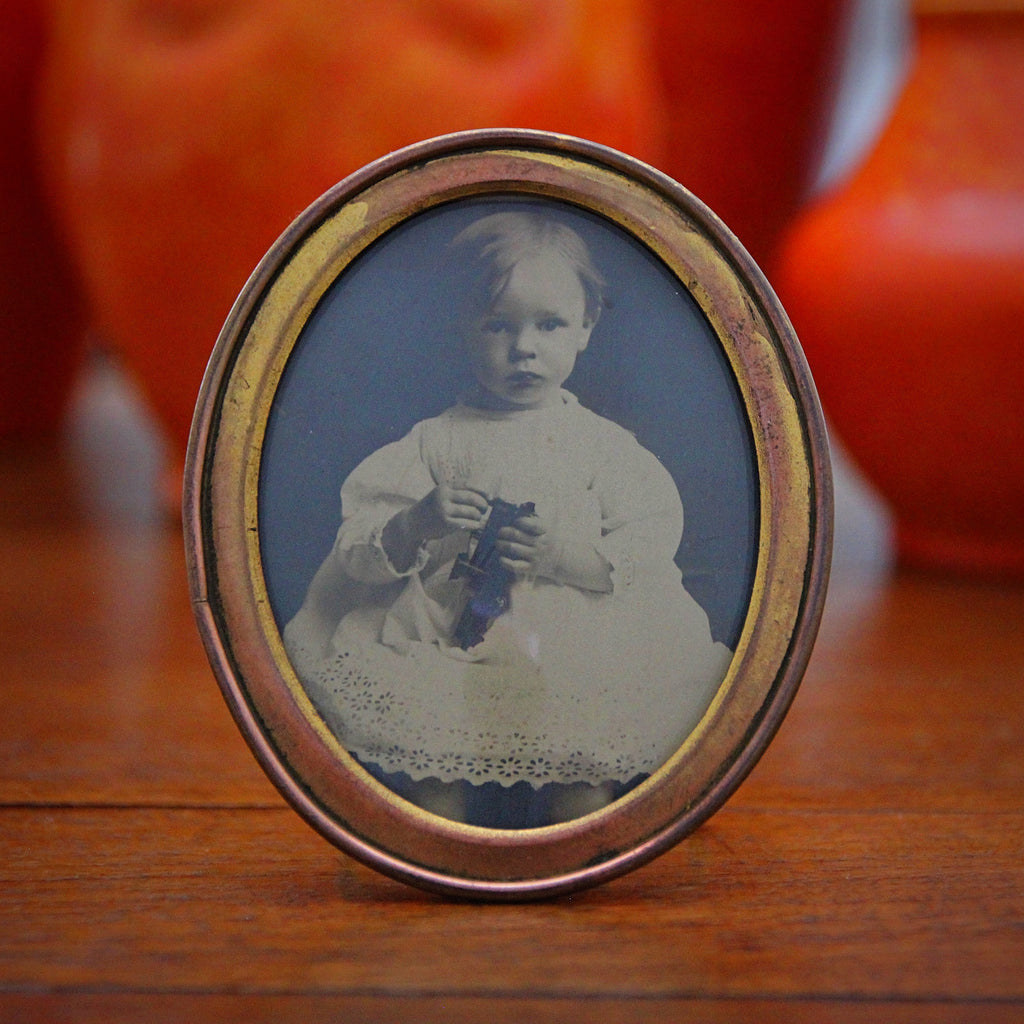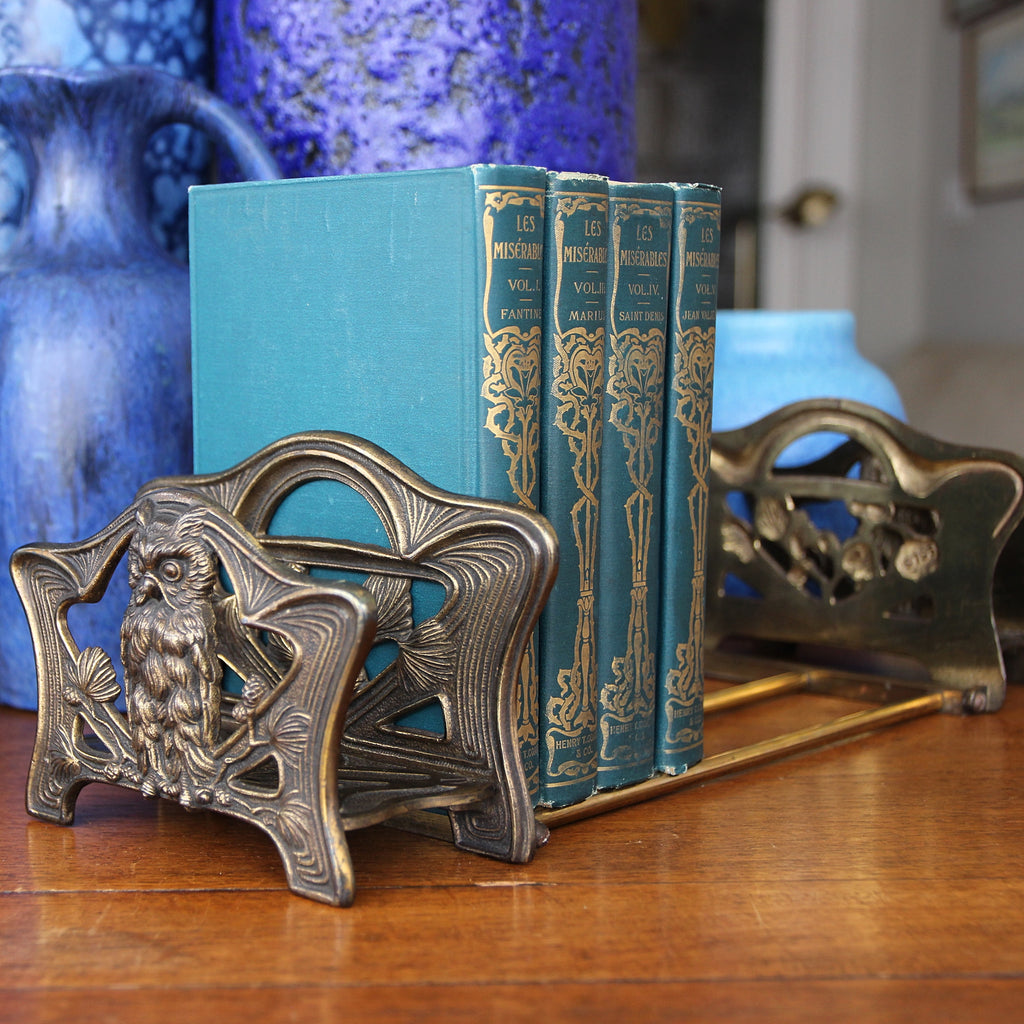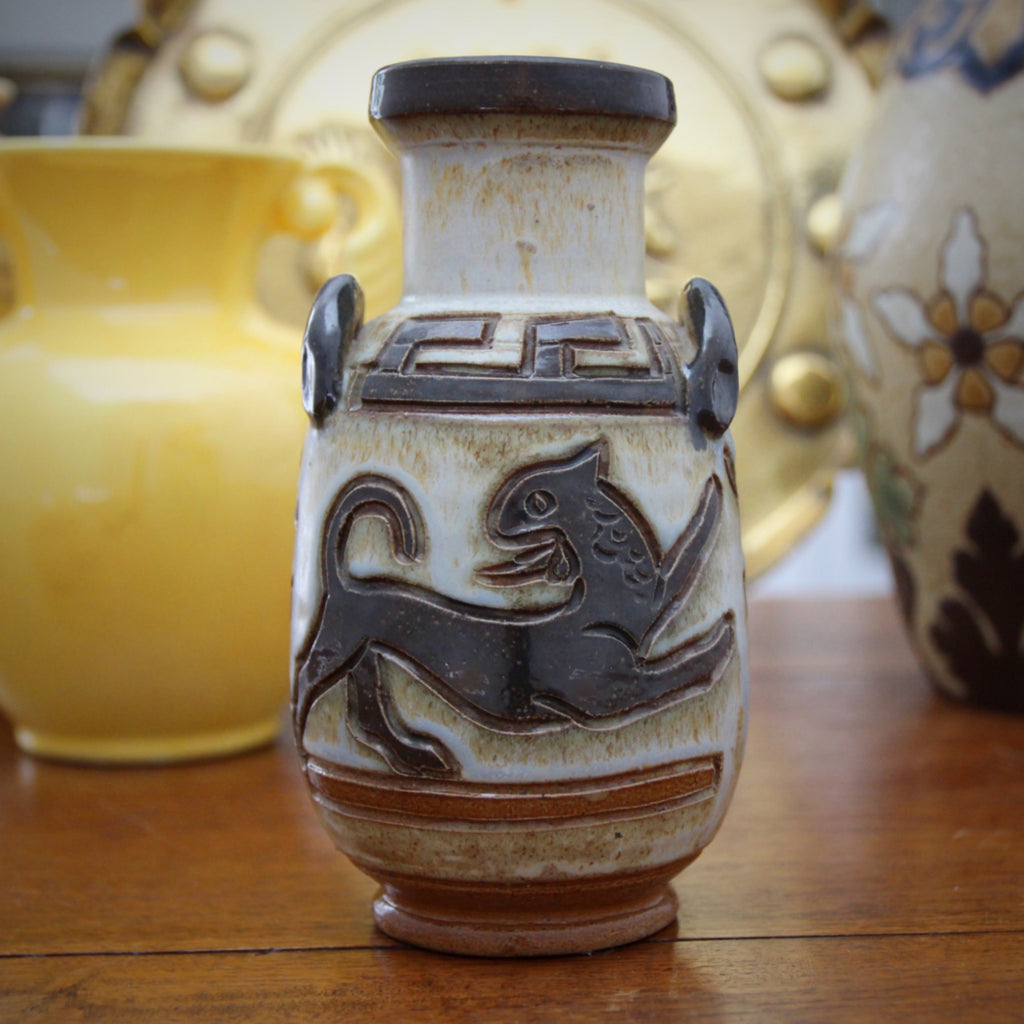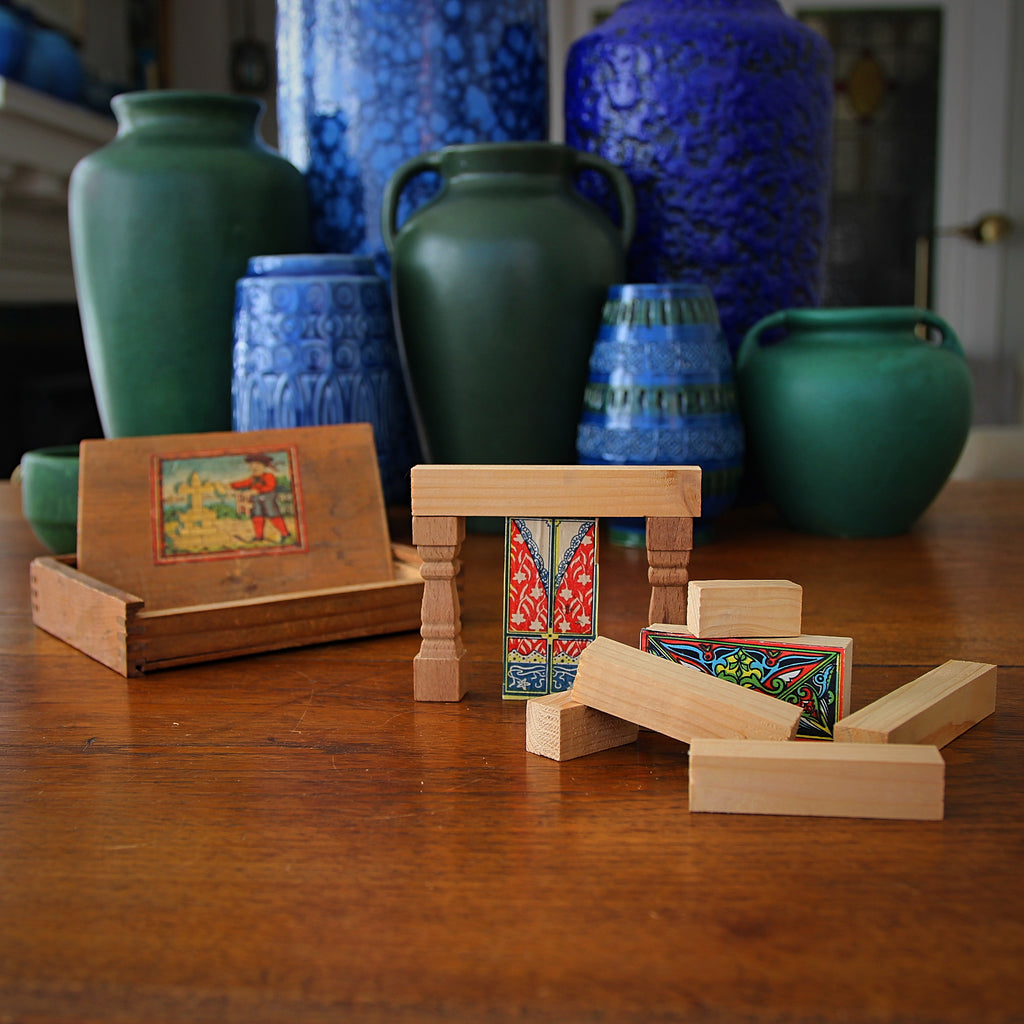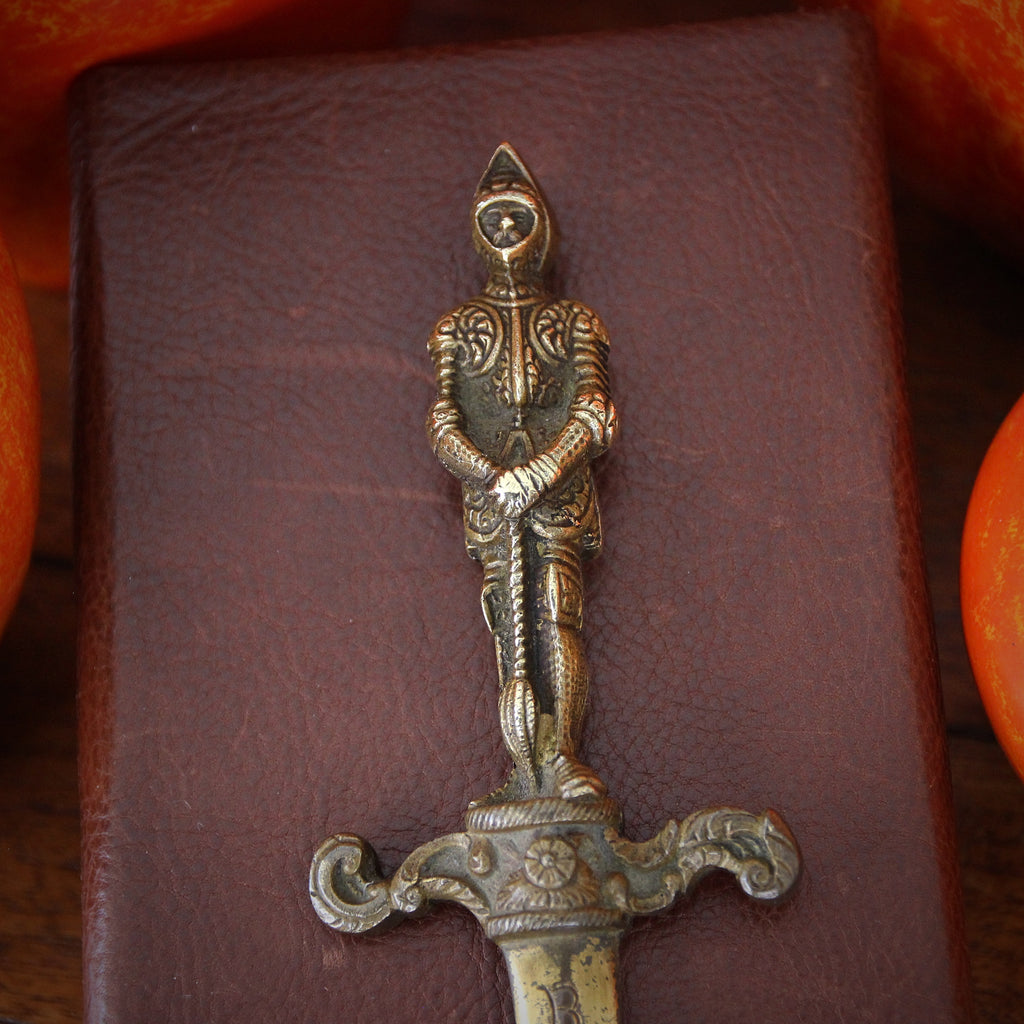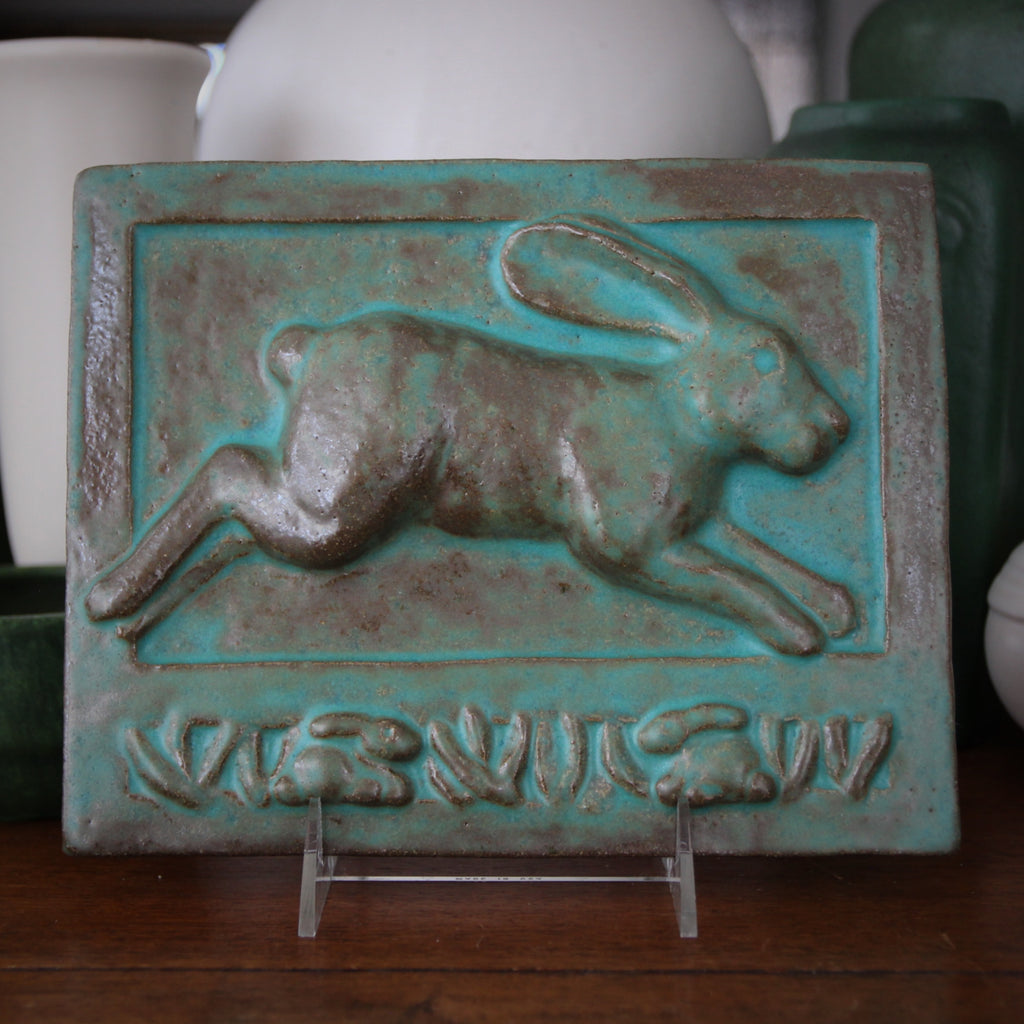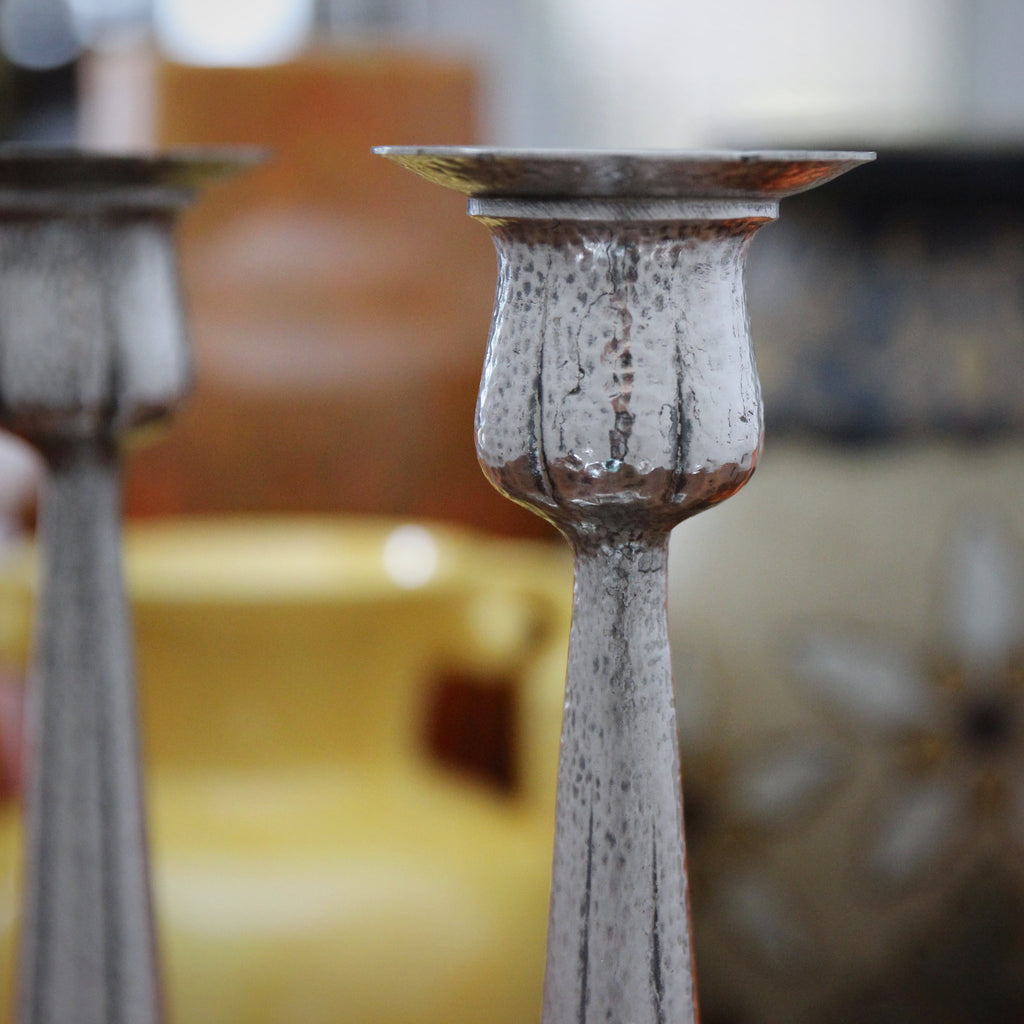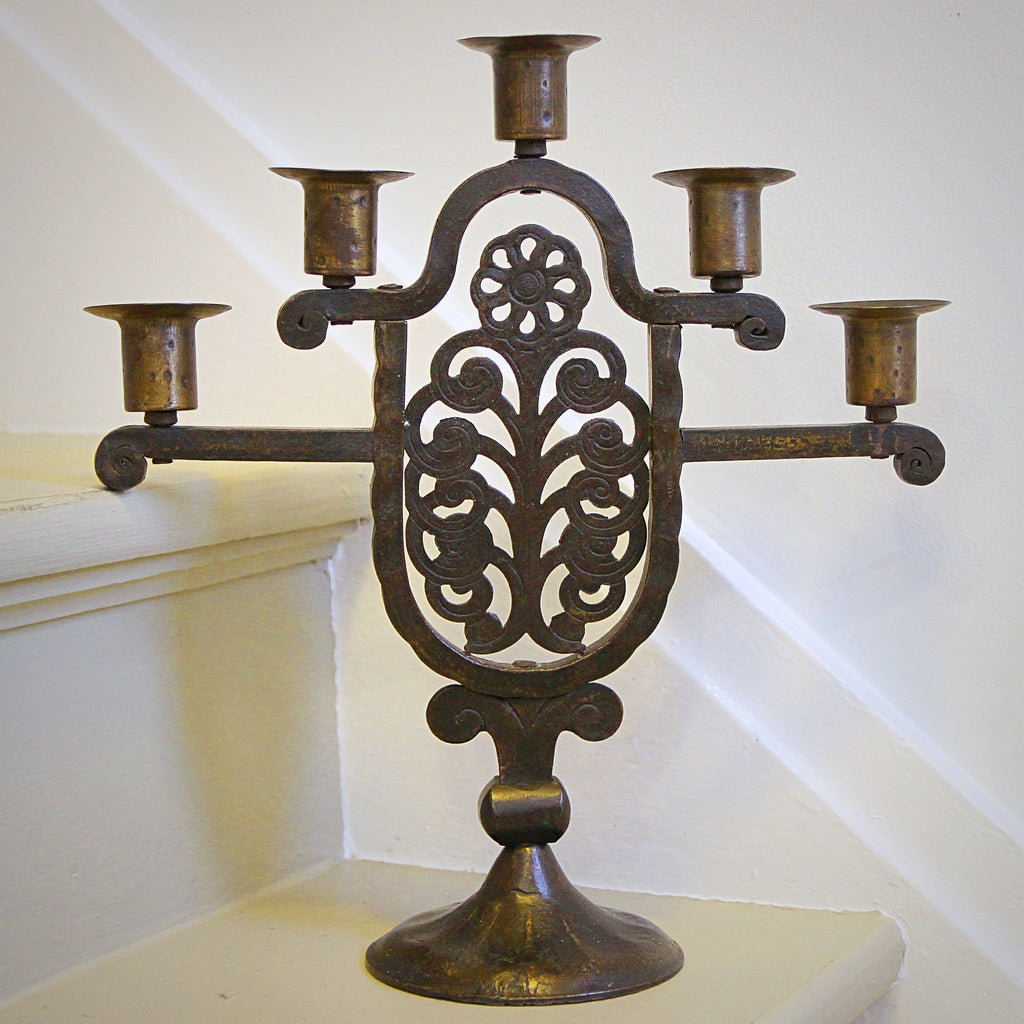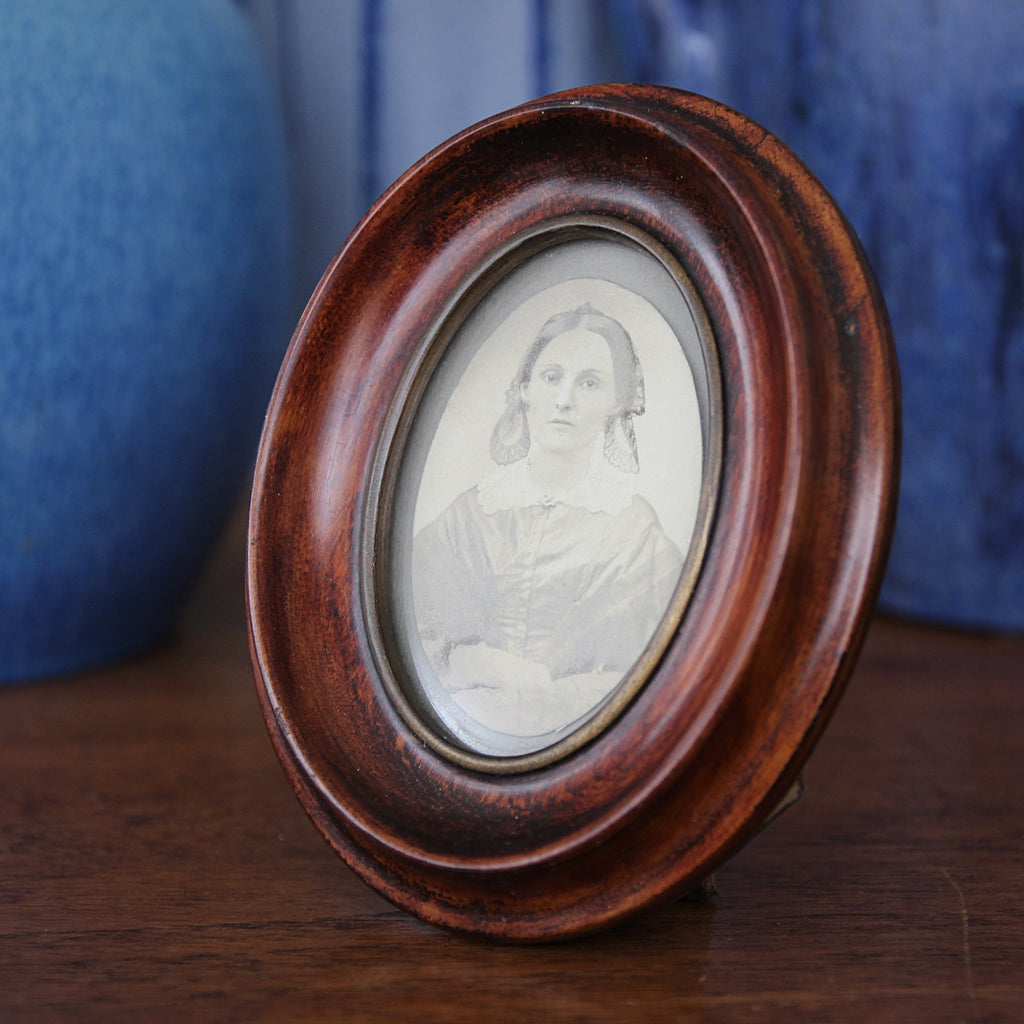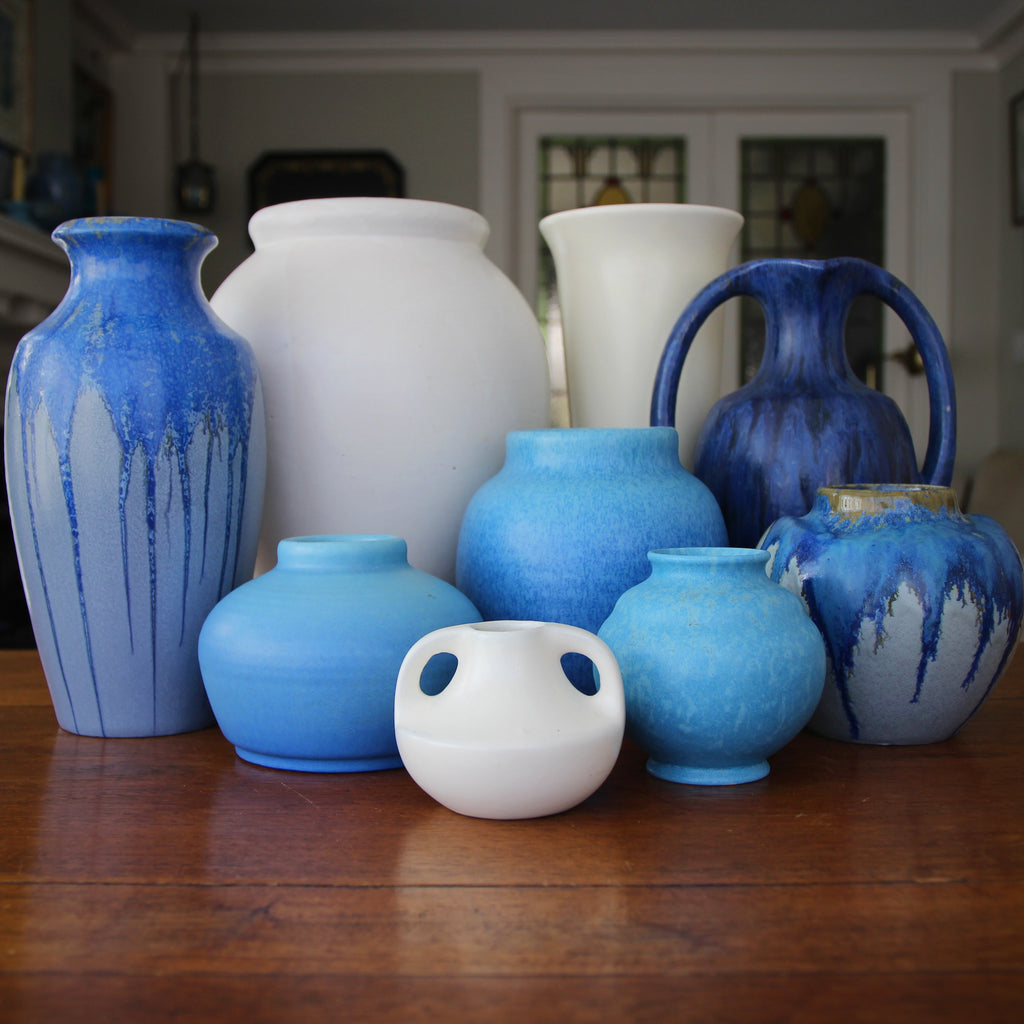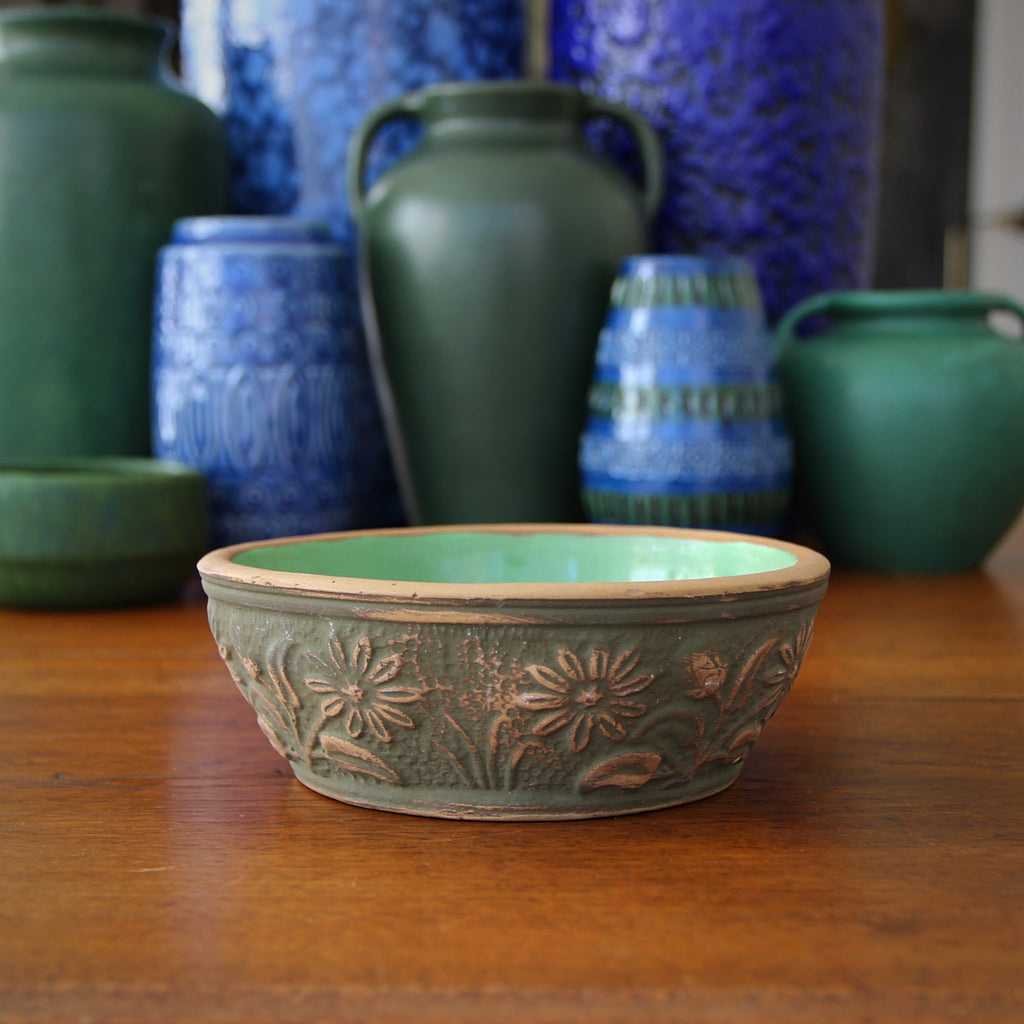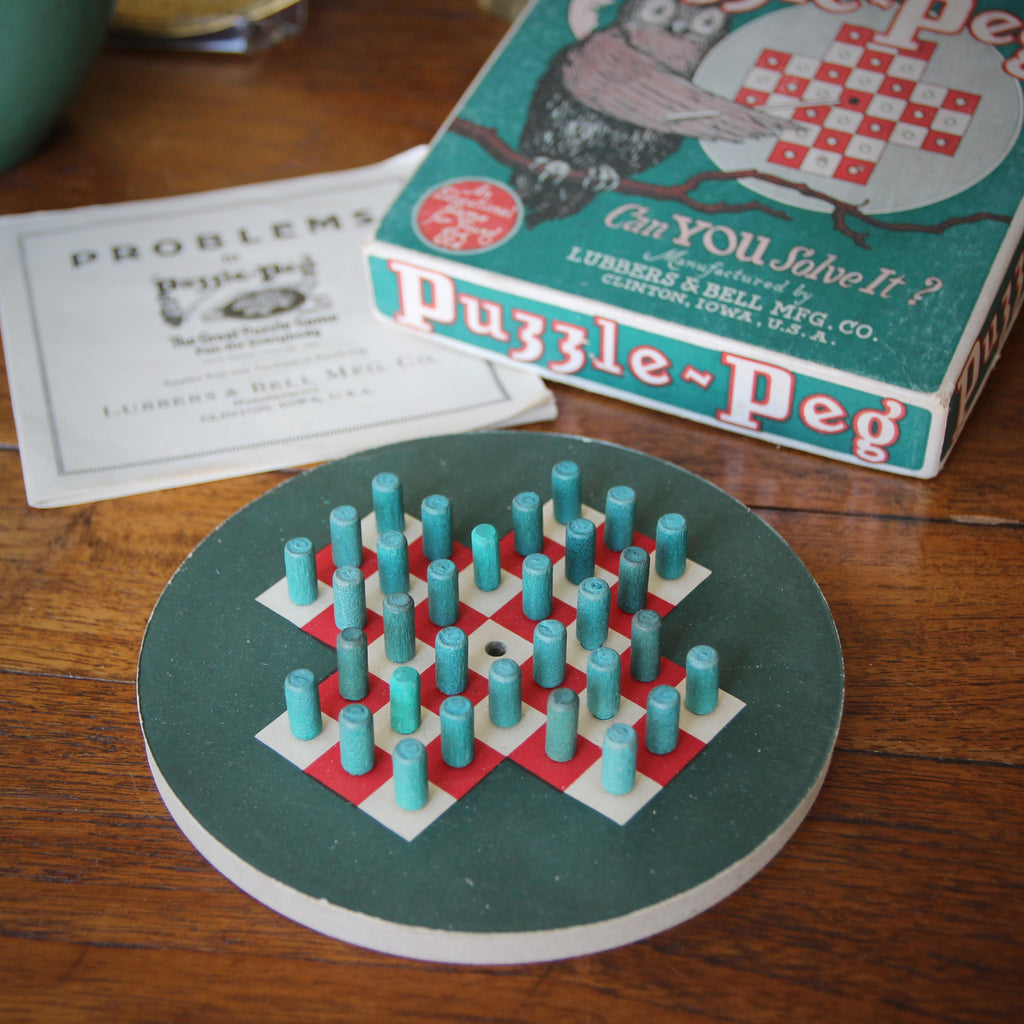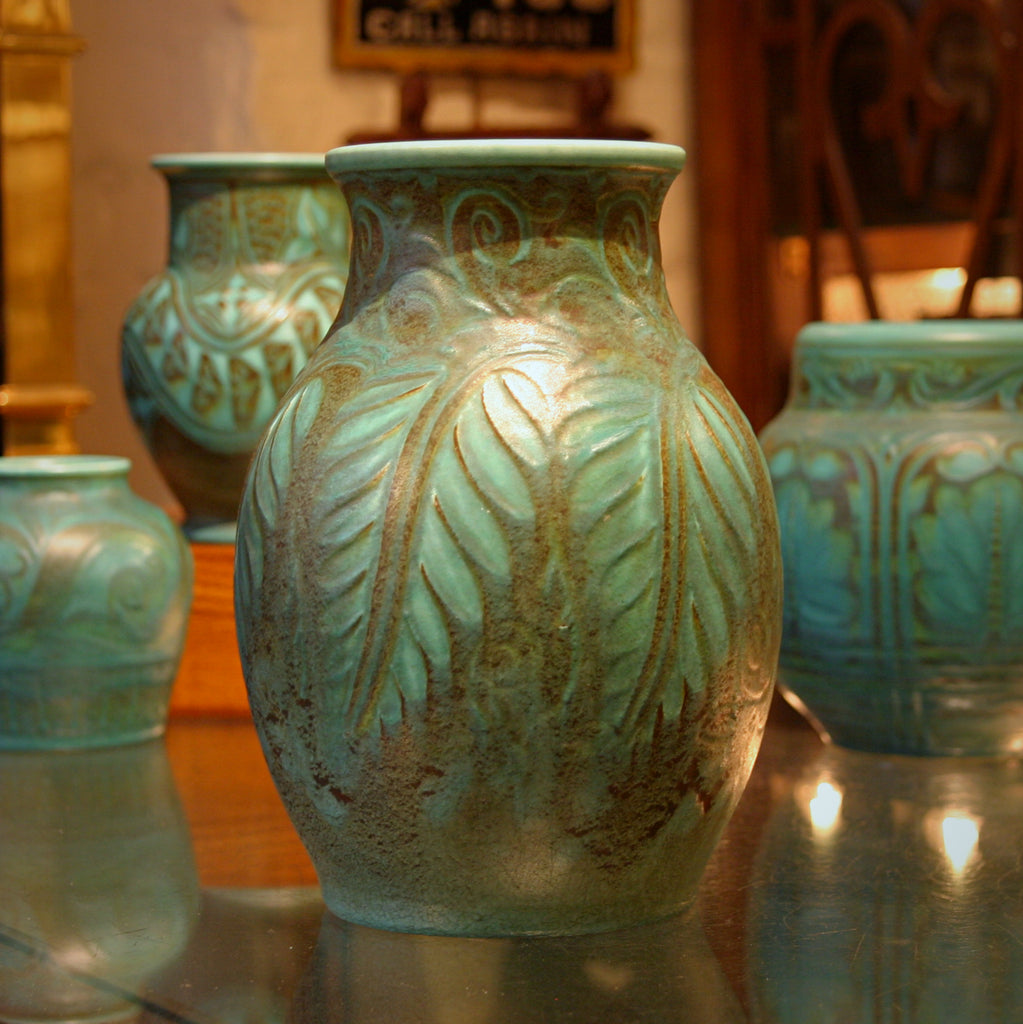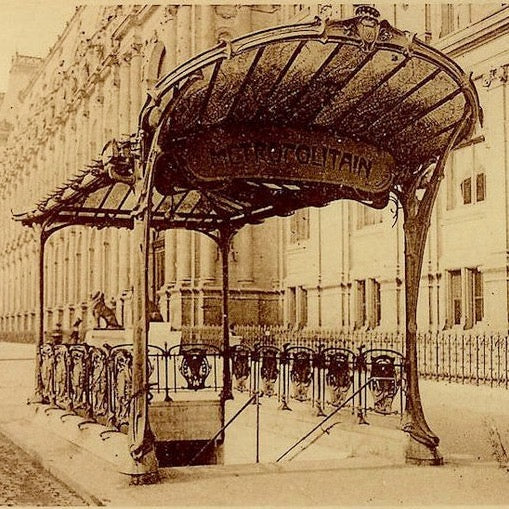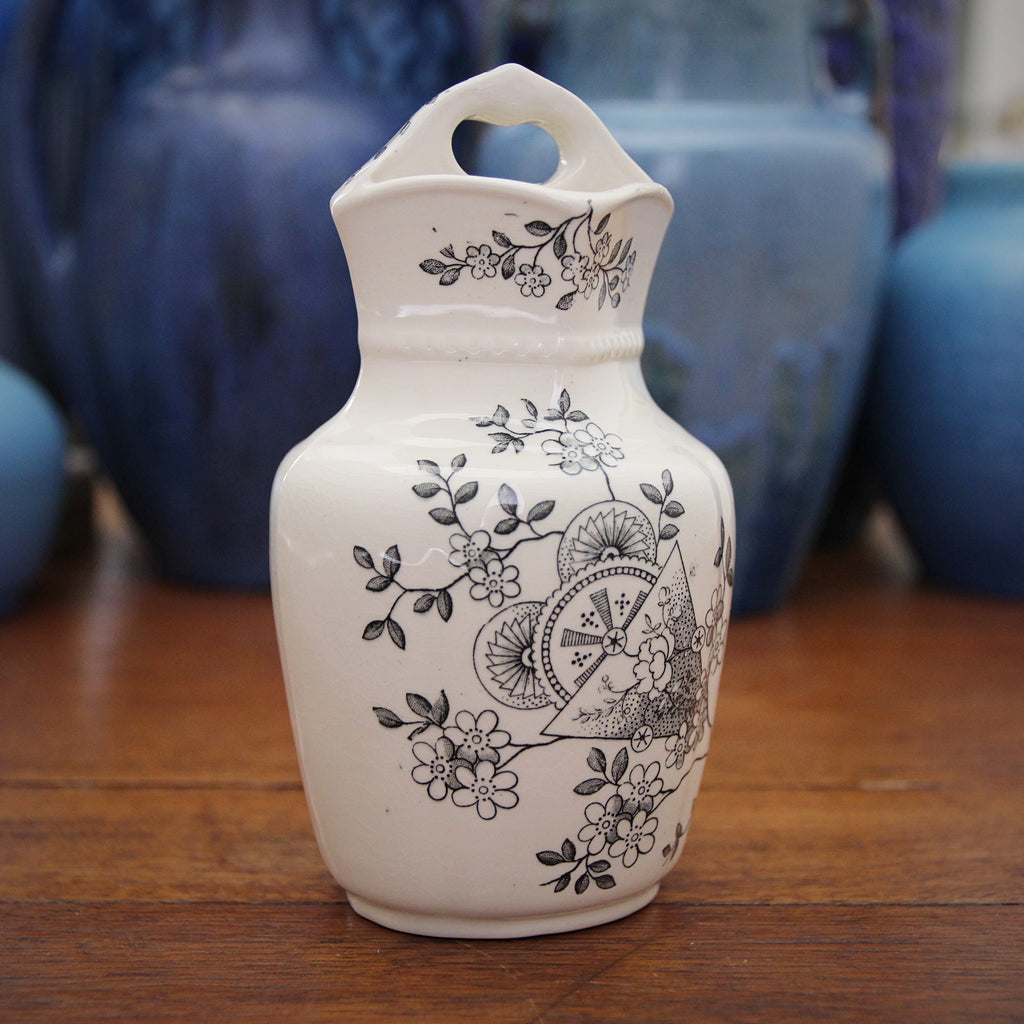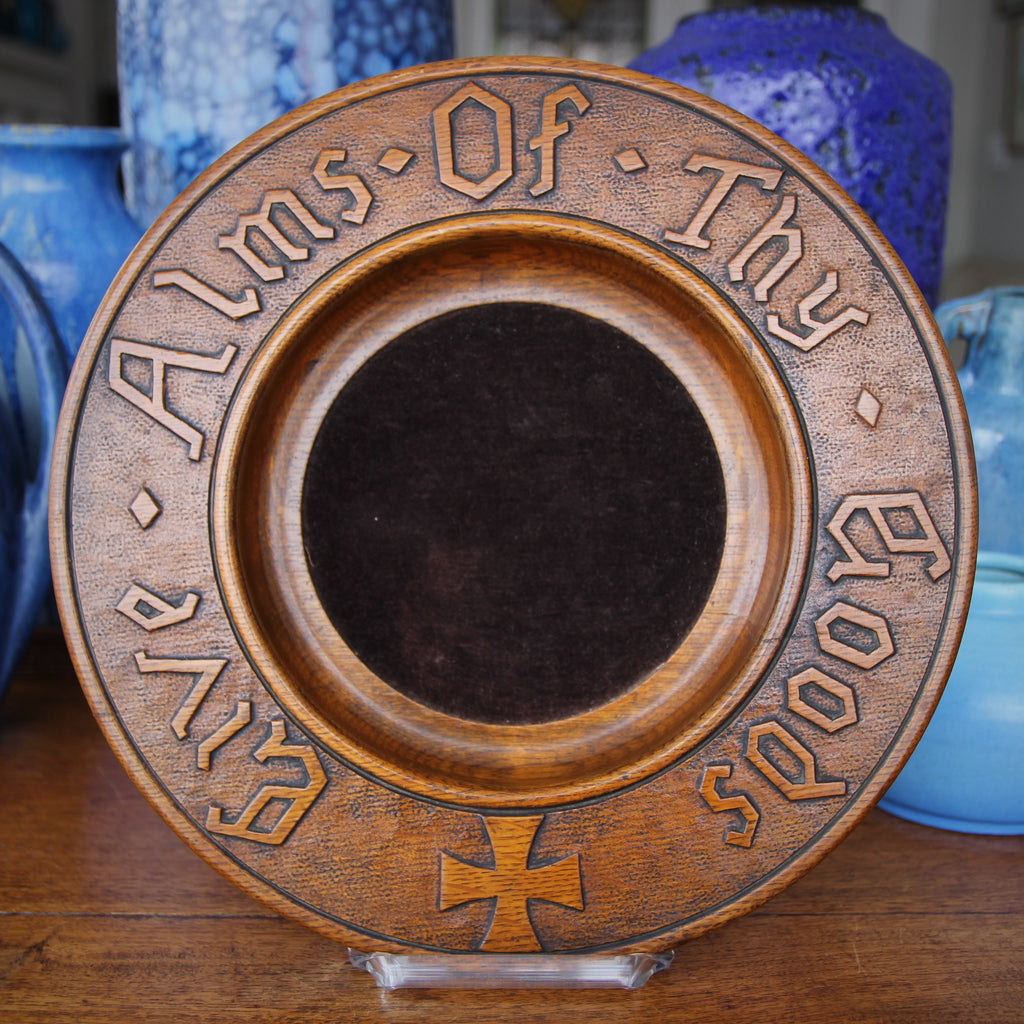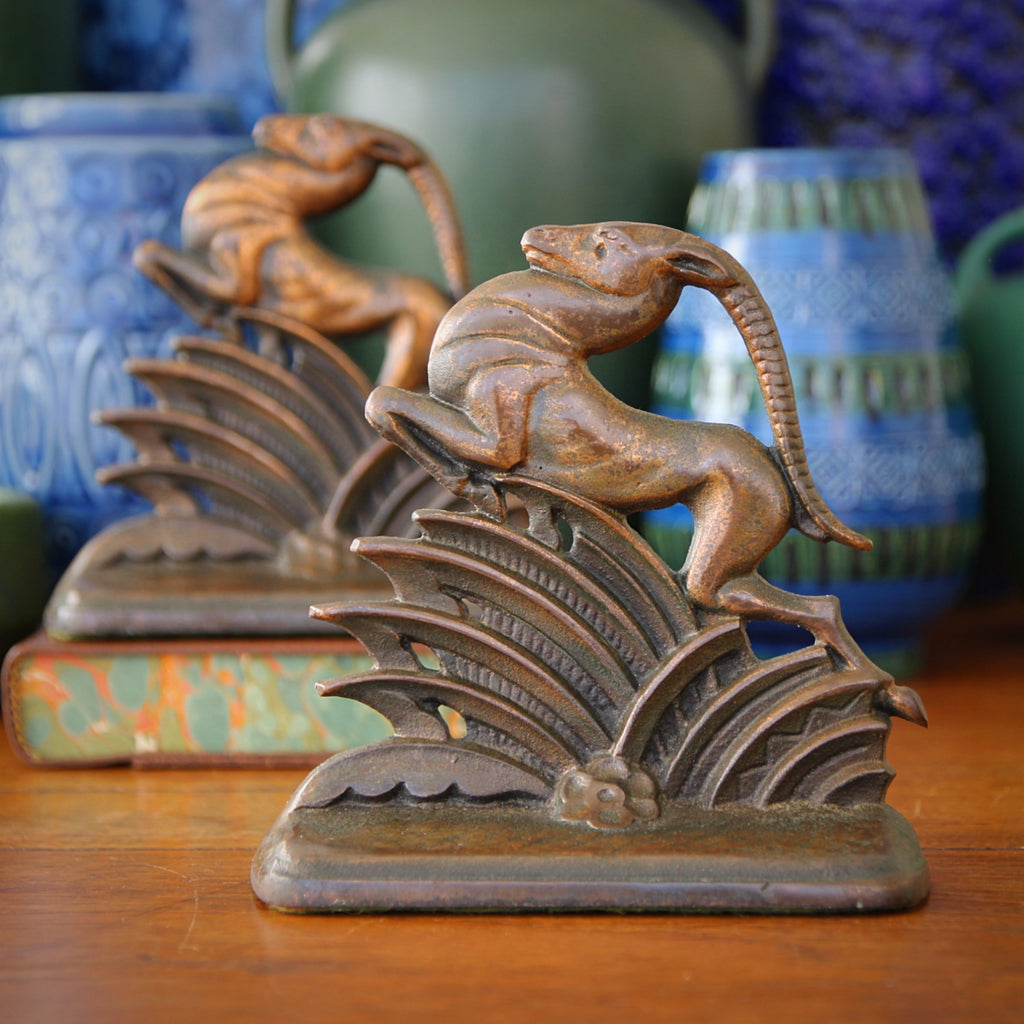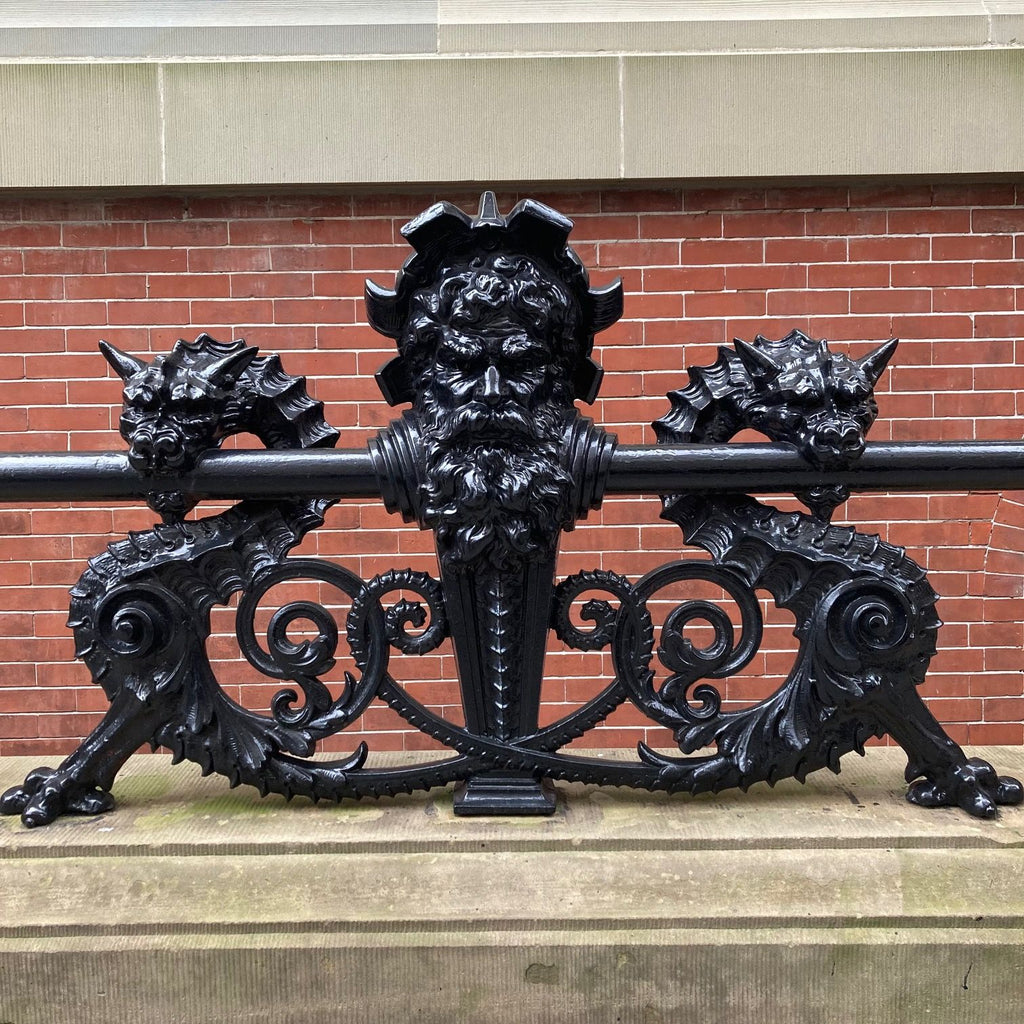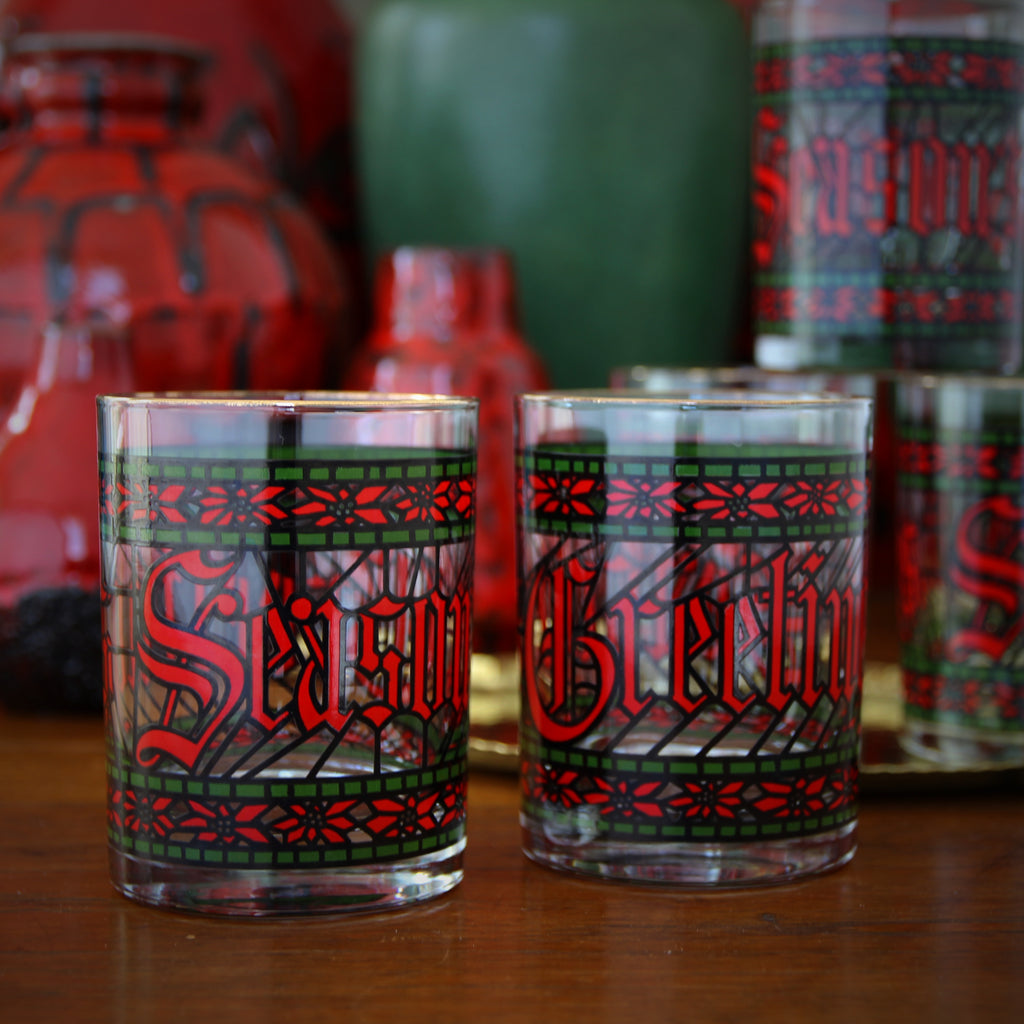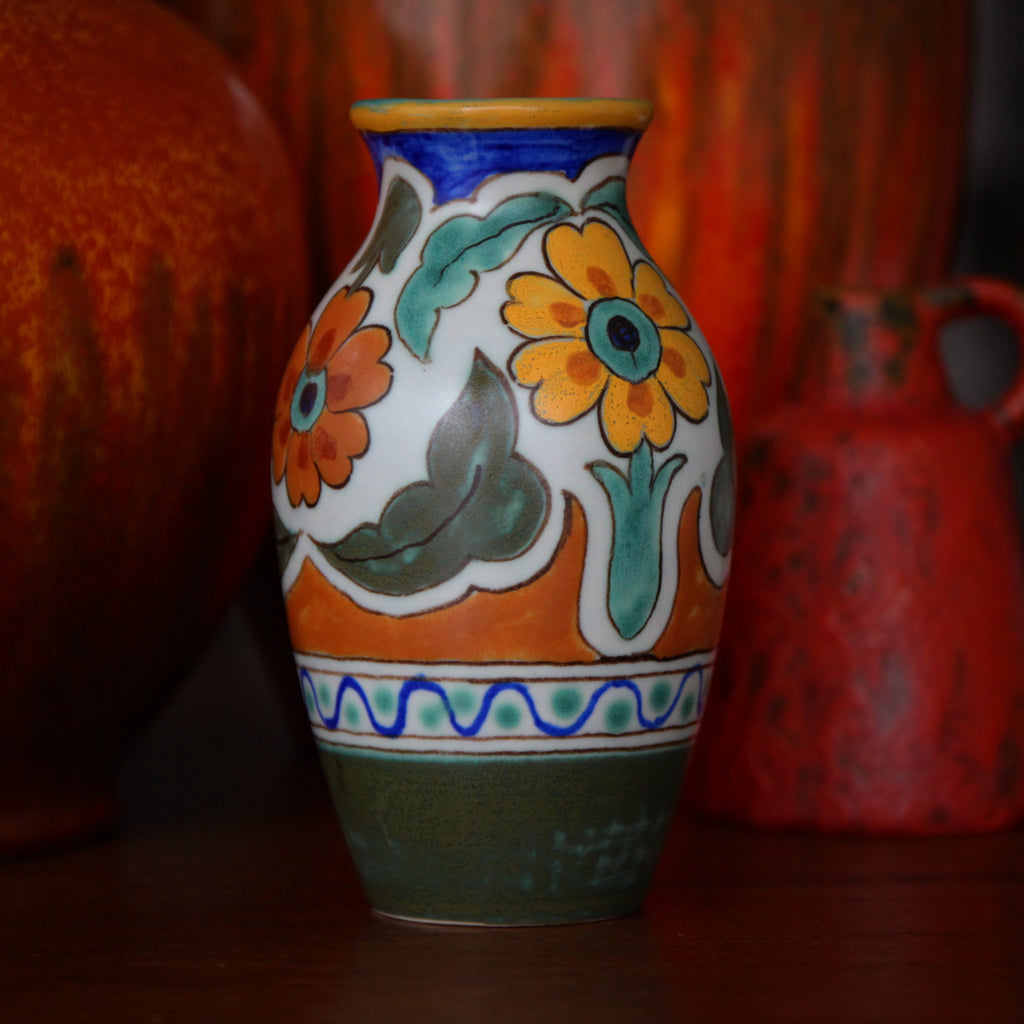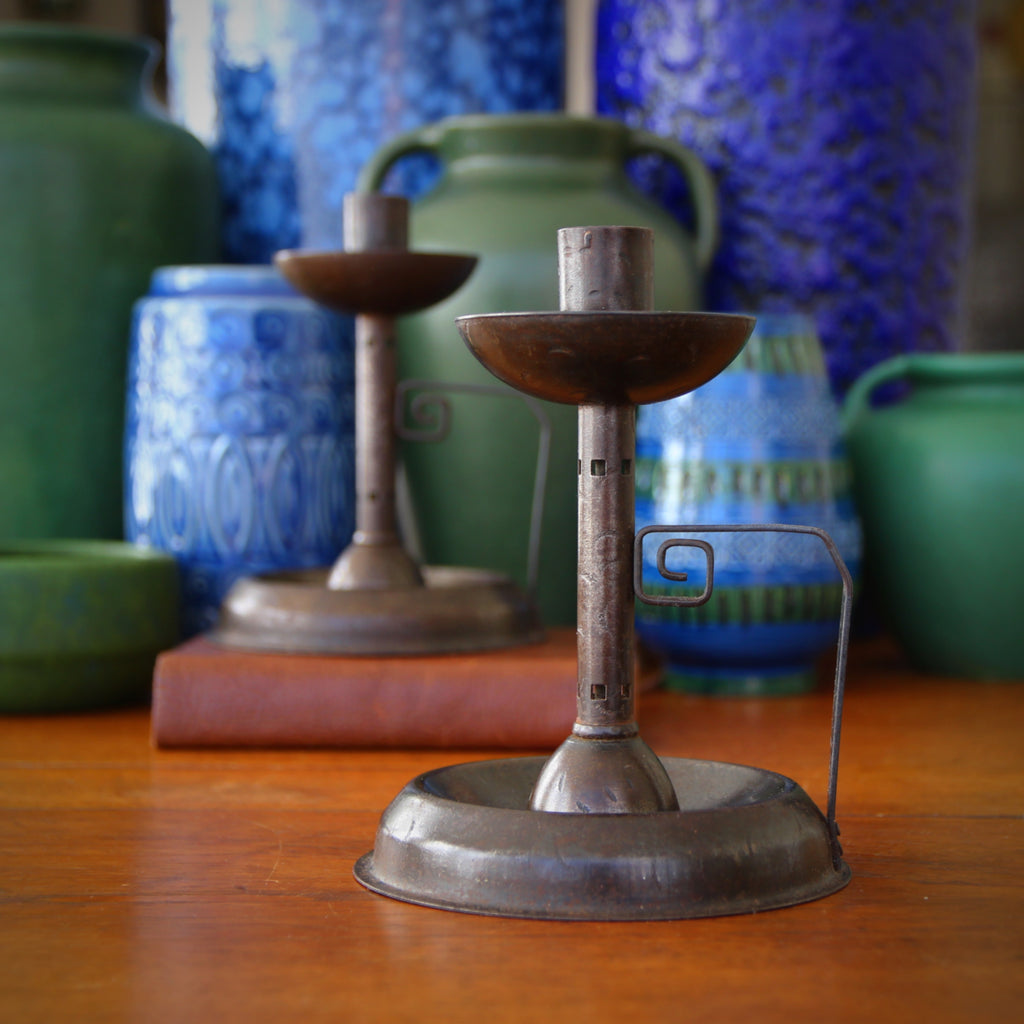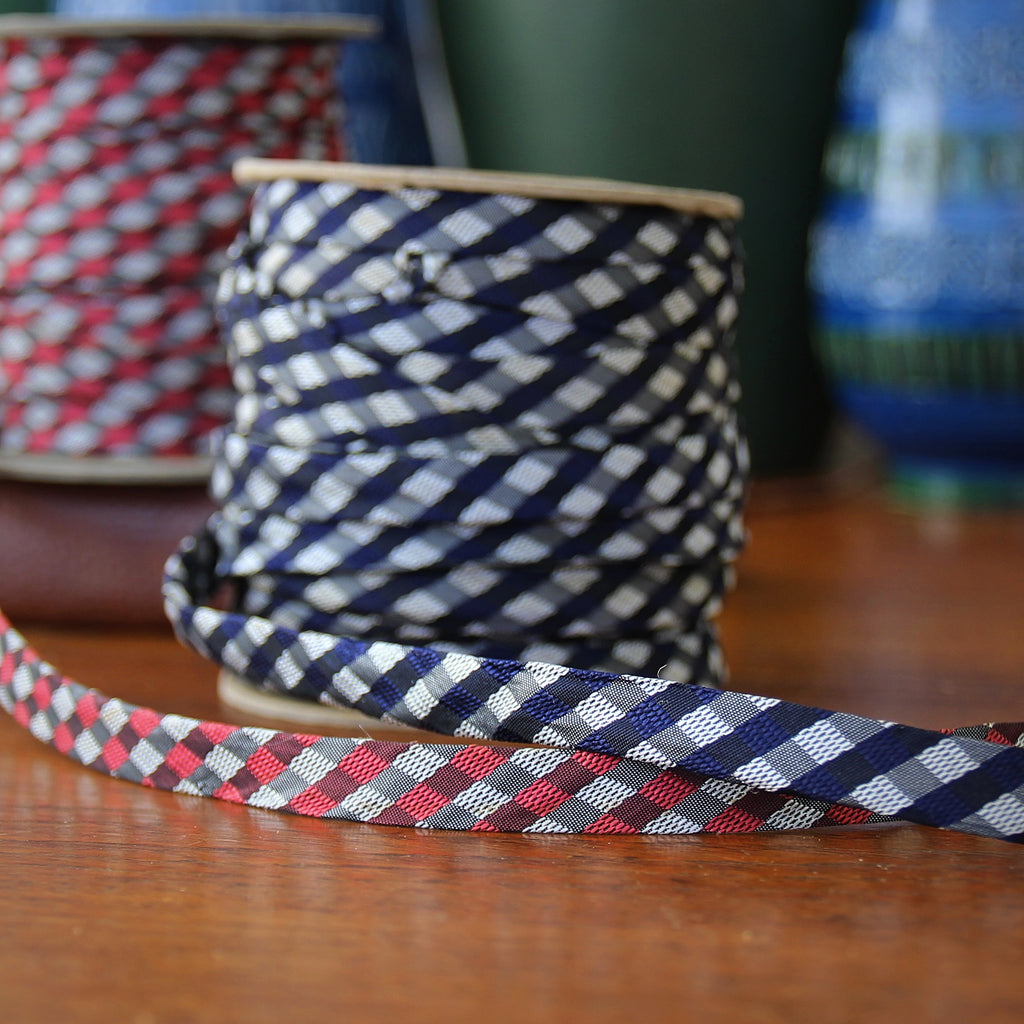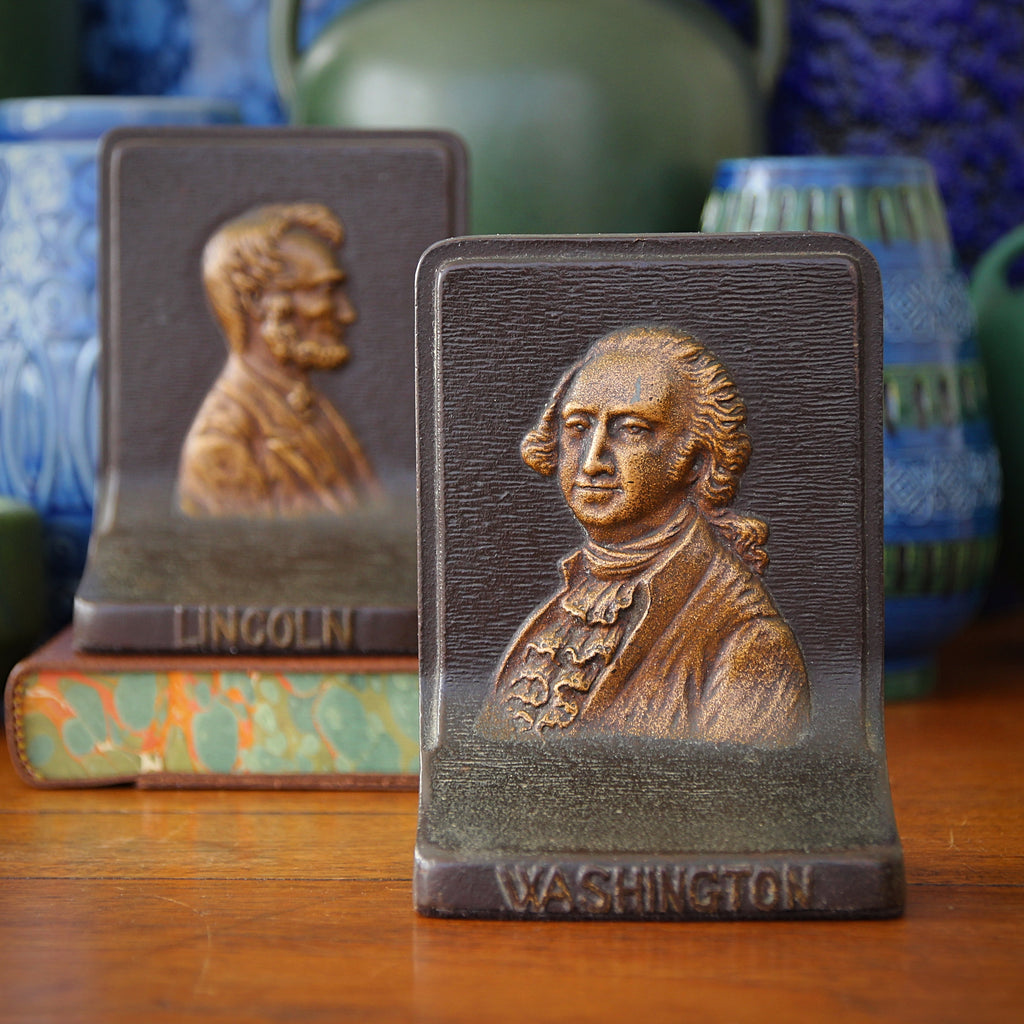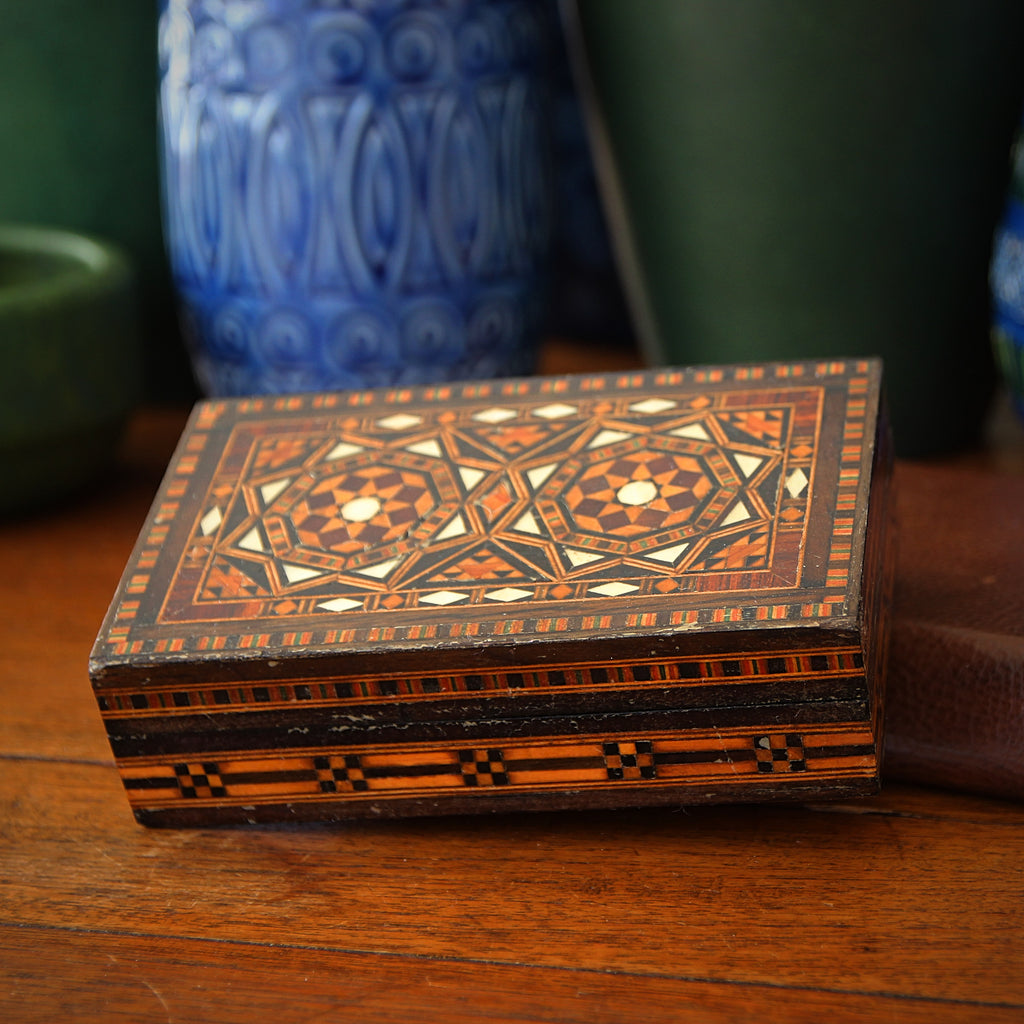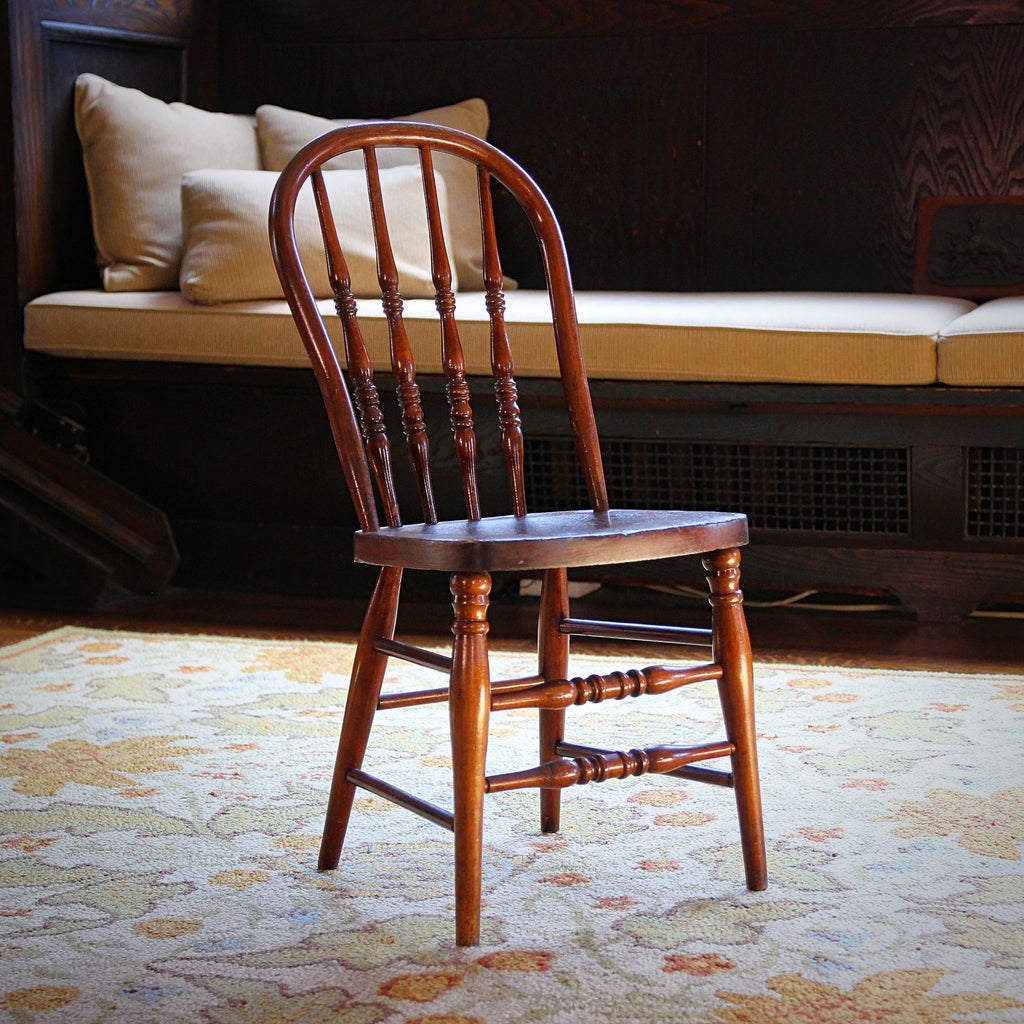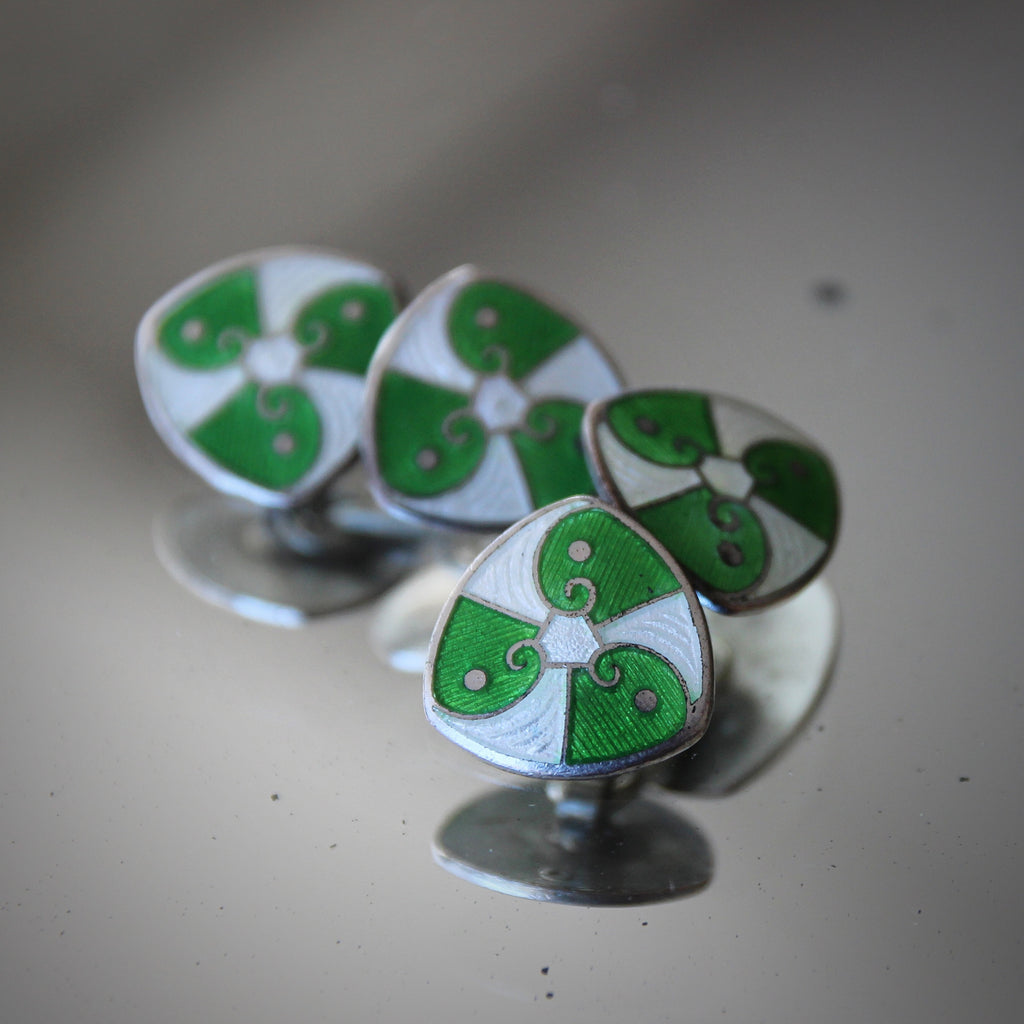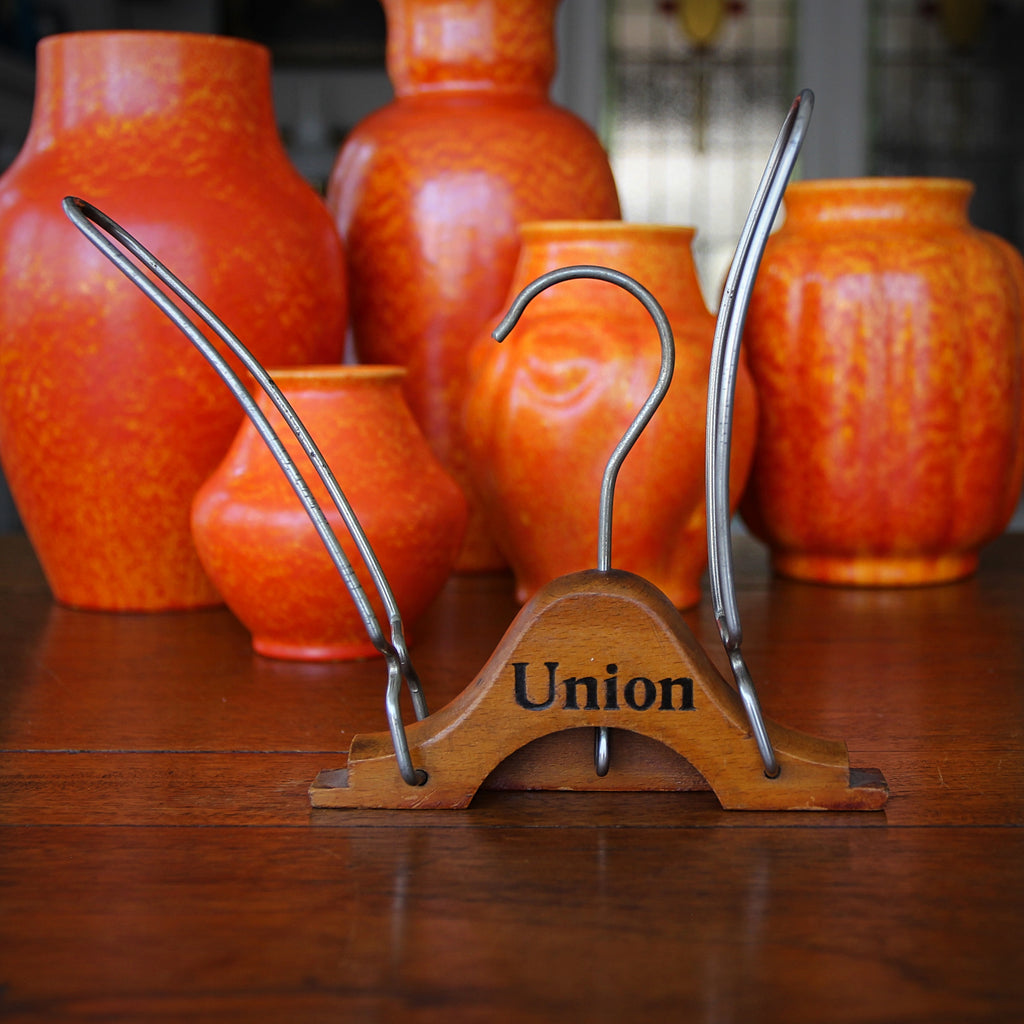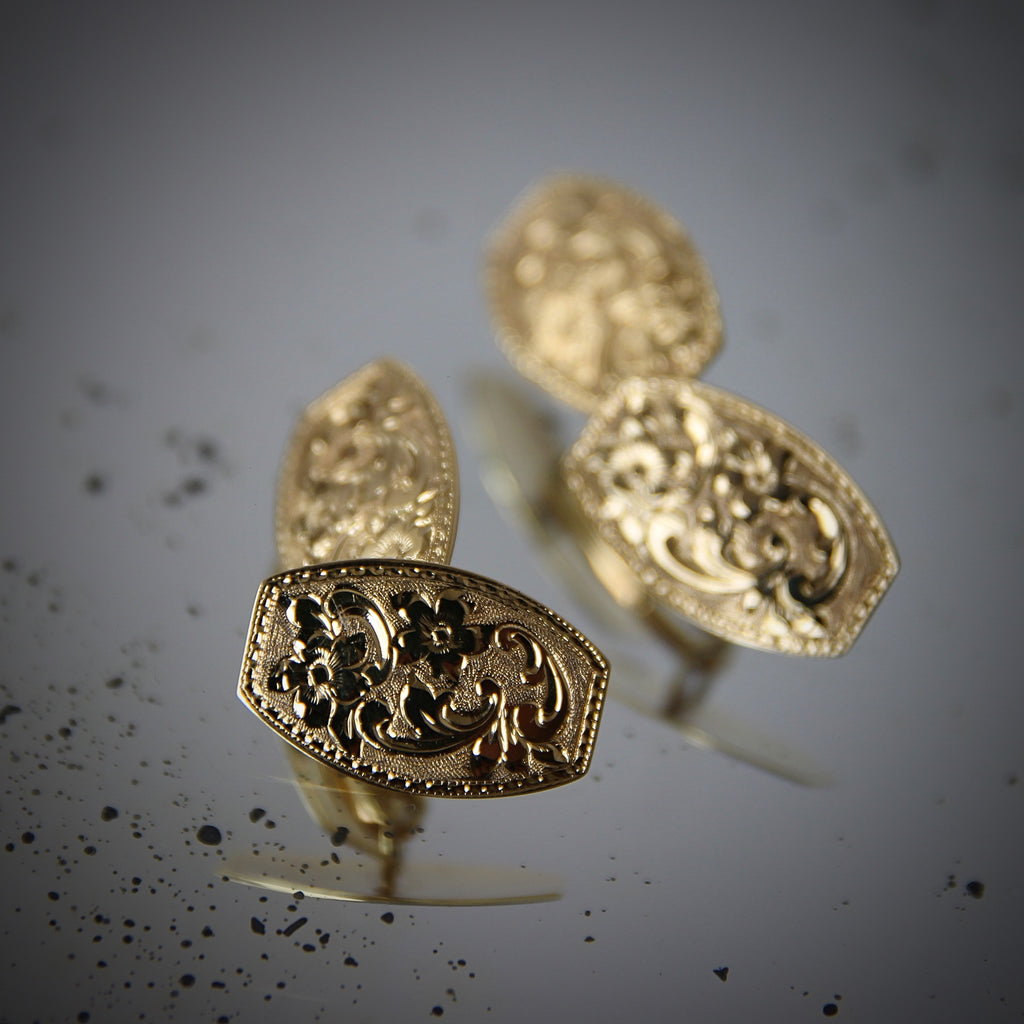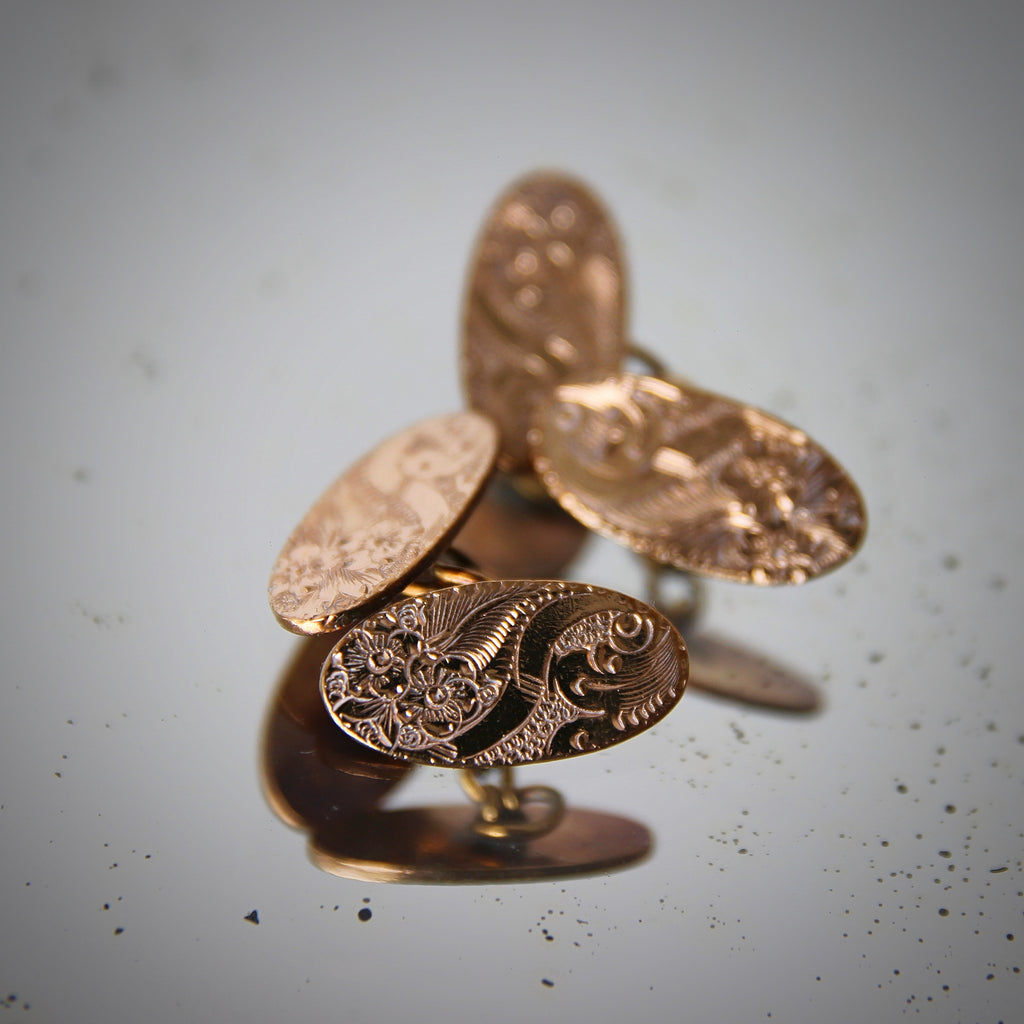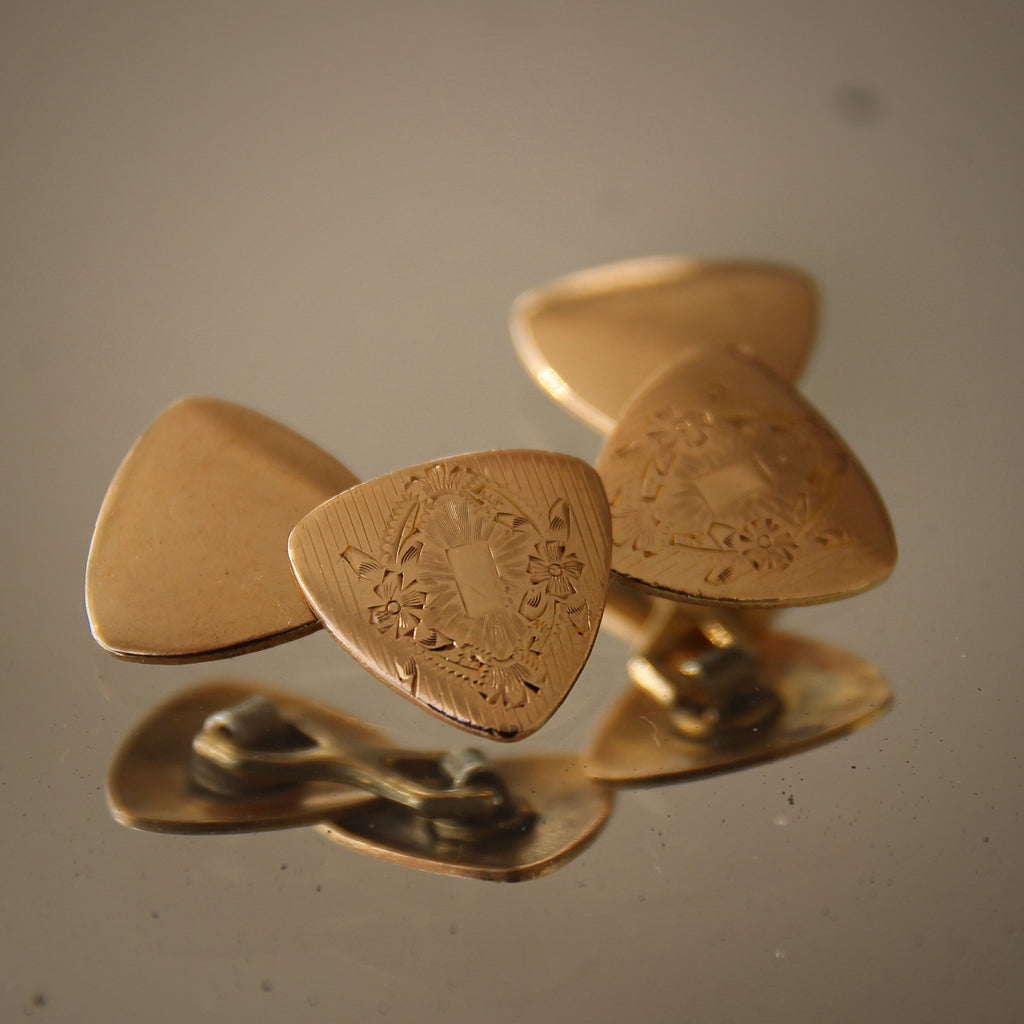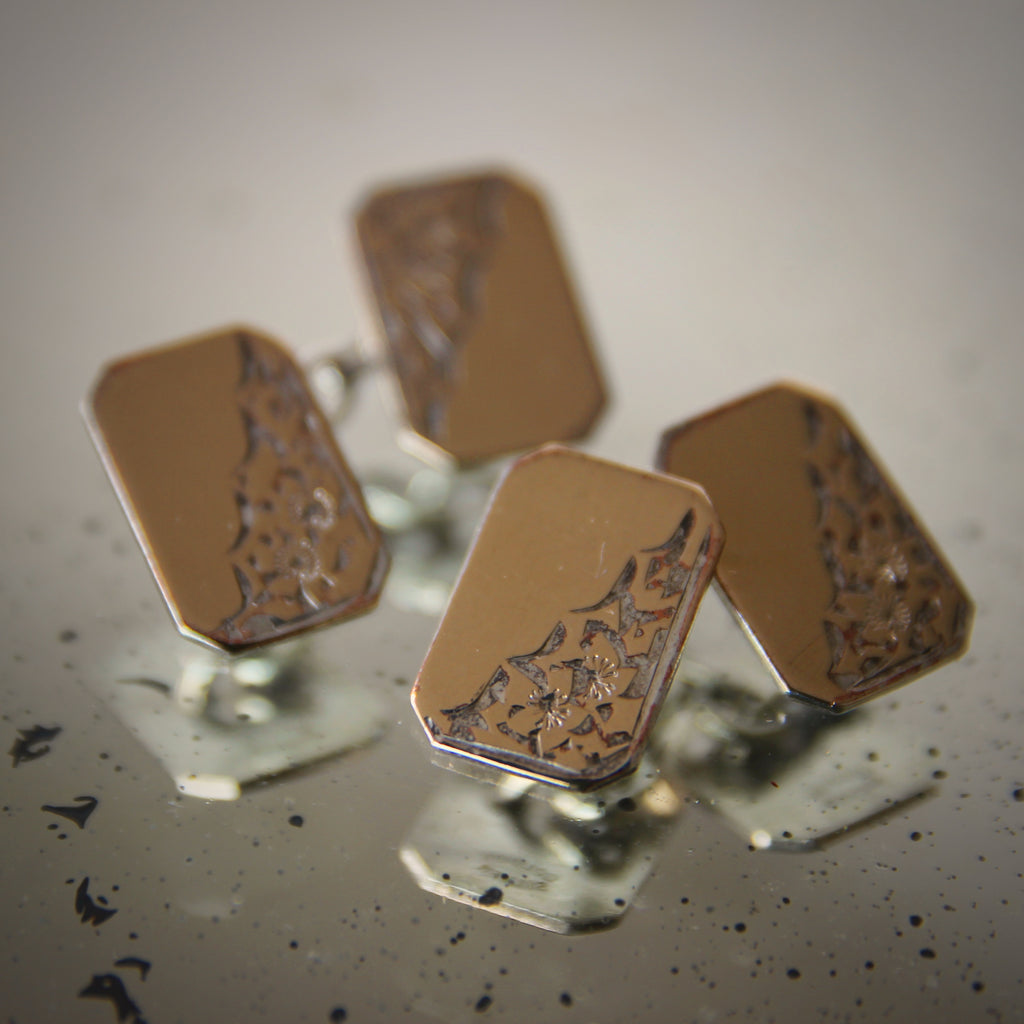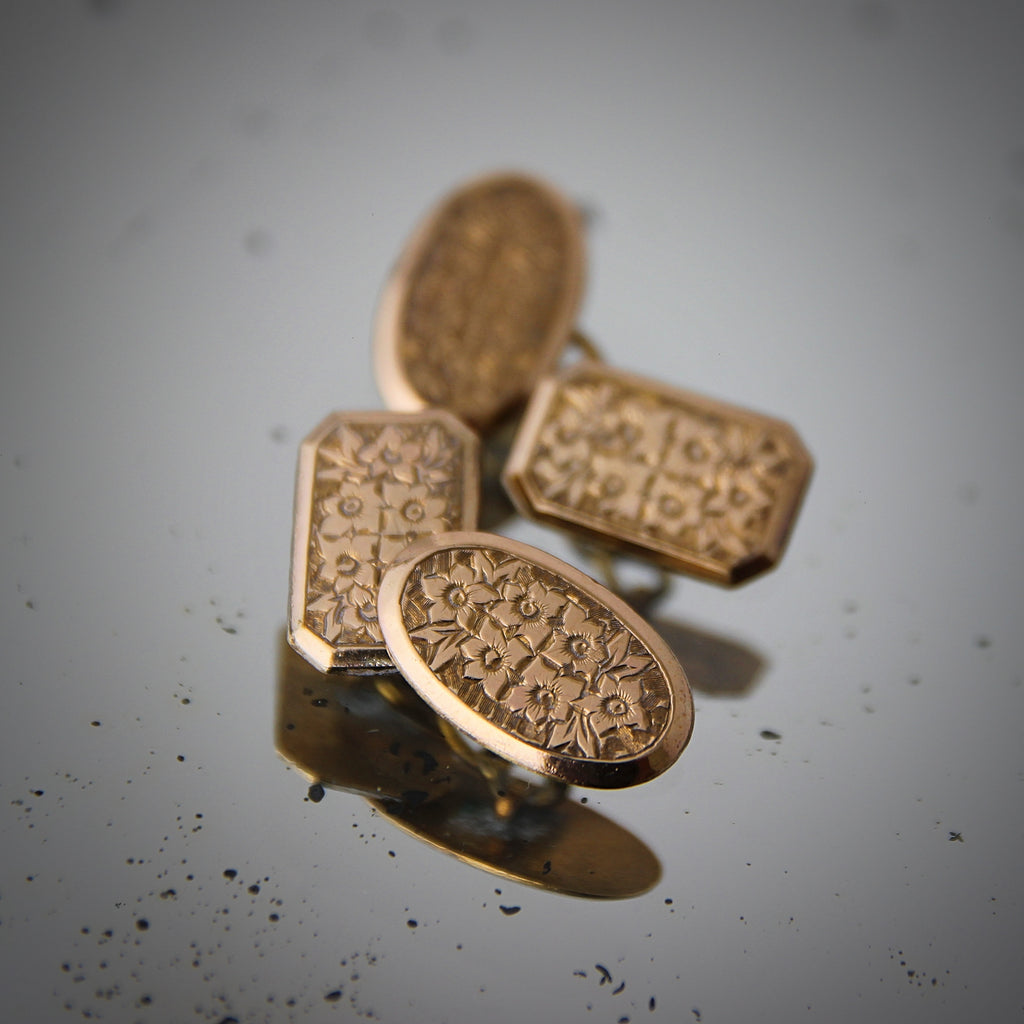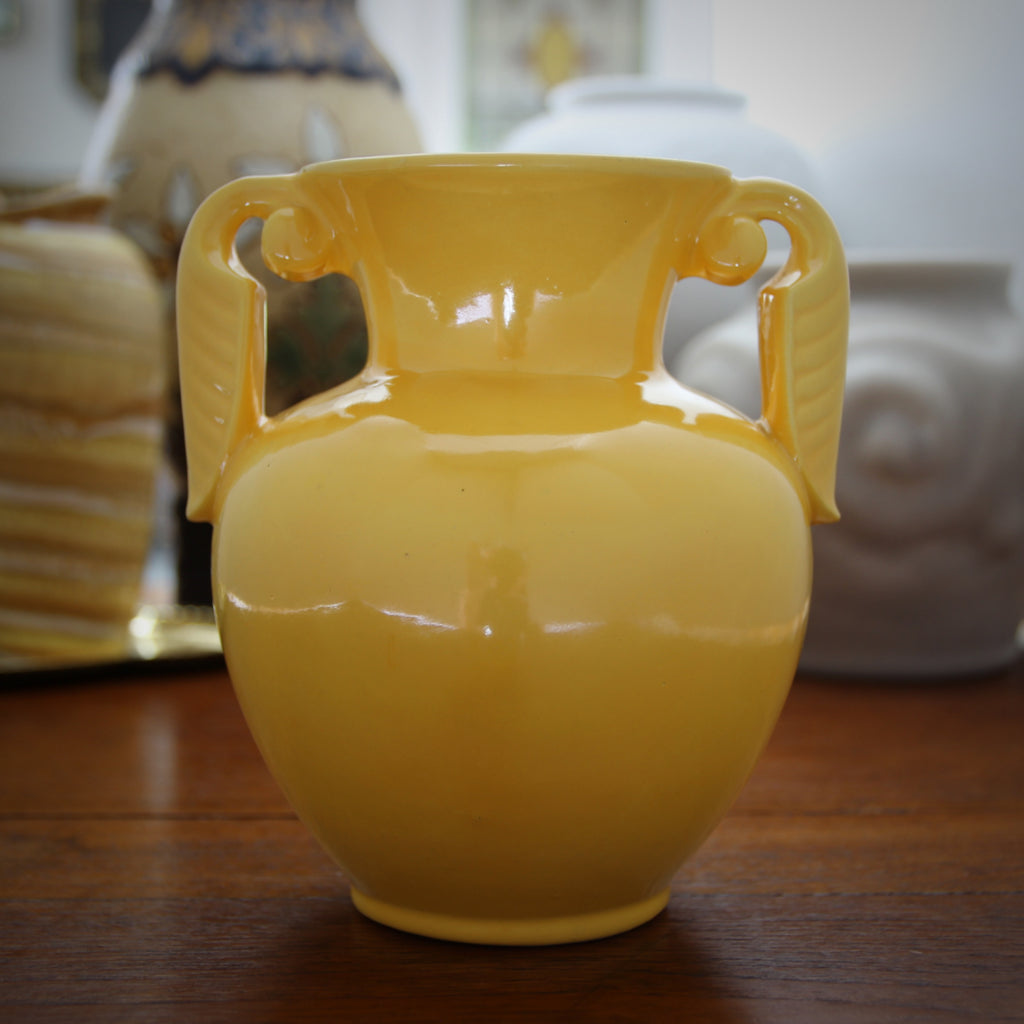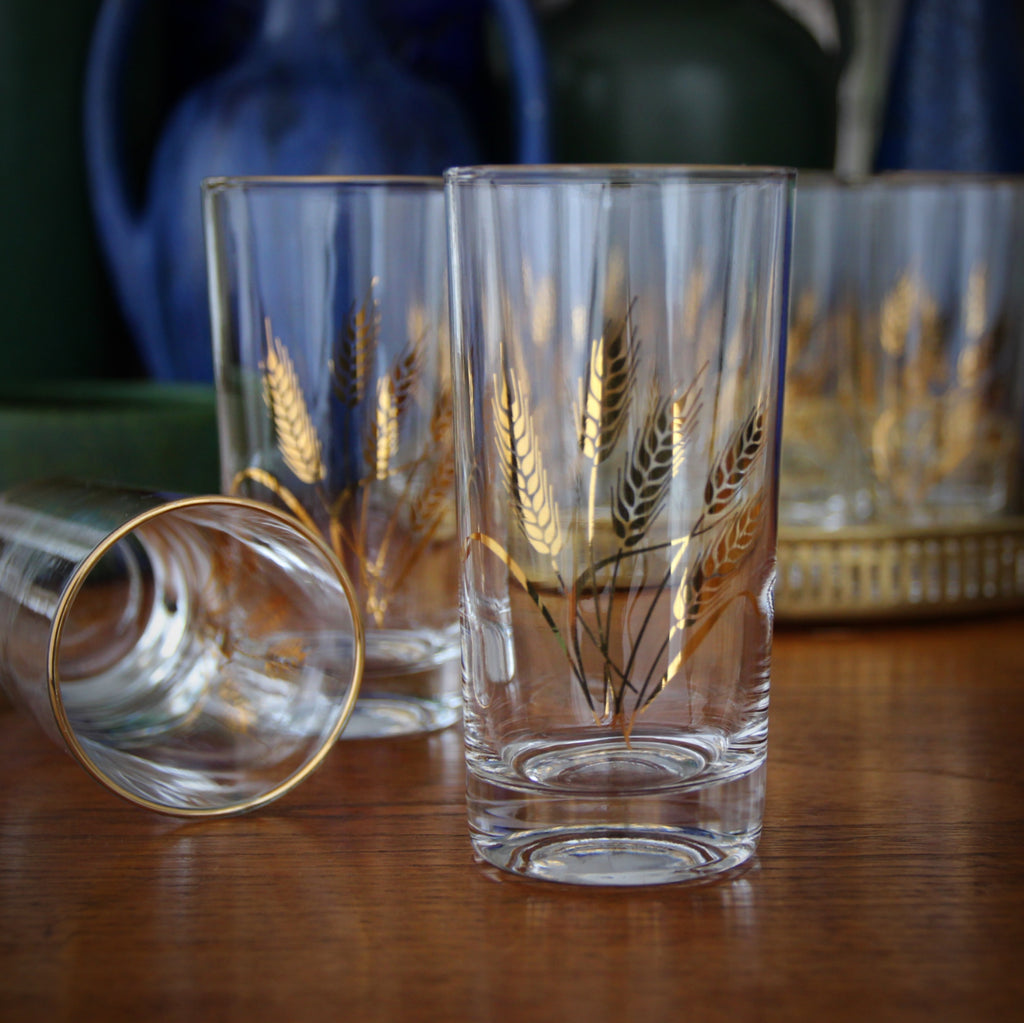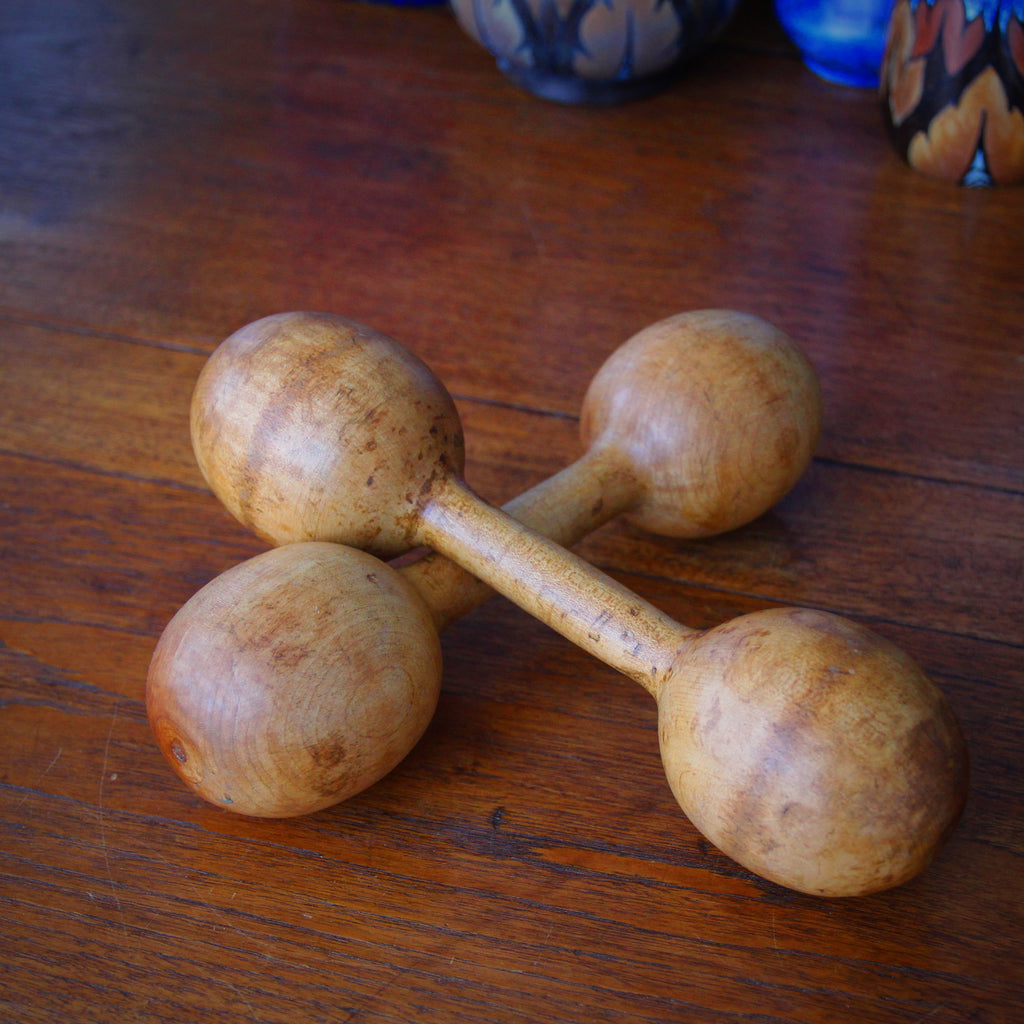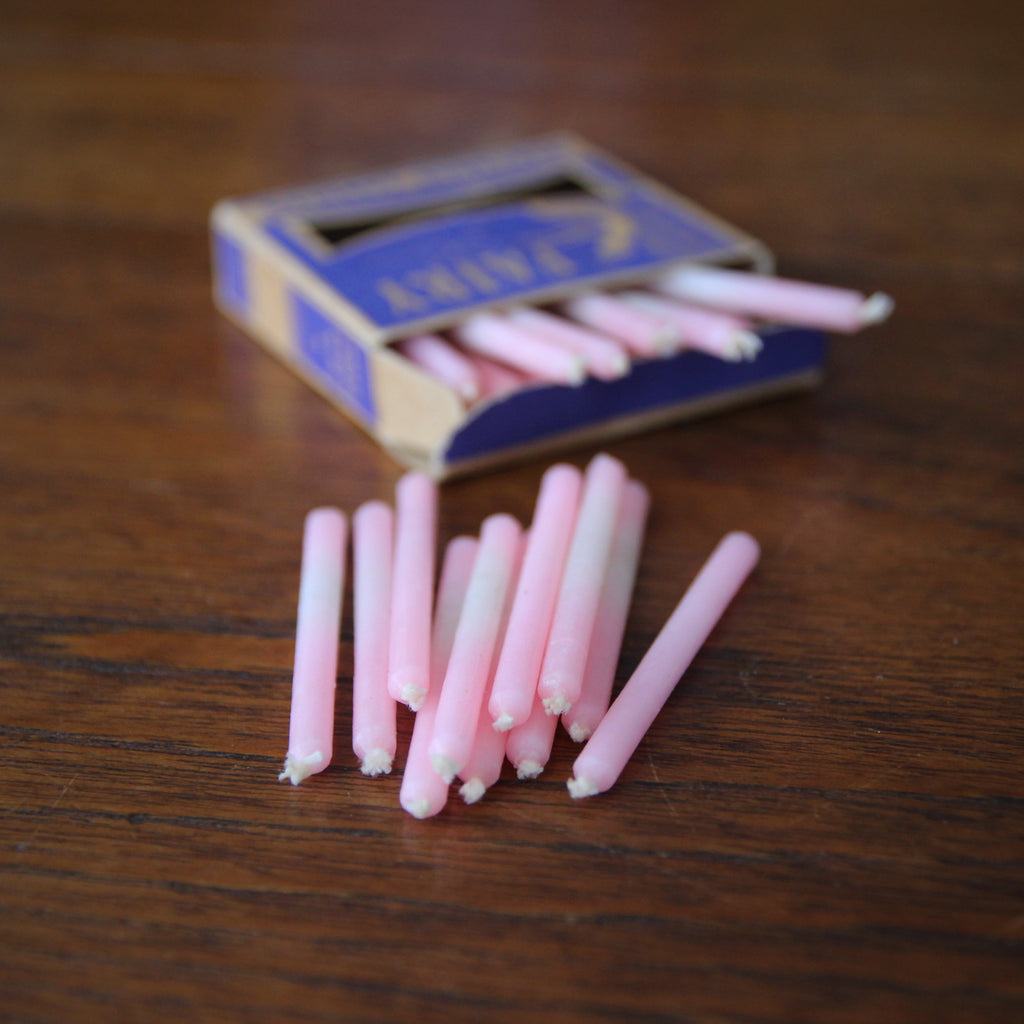JOURNAL RSS
Kobe is a major producer of sake, the Japanese rice wine which can be served cold or hot. Kobe is also the oldest sake-producing region, coalescing some 700 years ago. The area's high quality rice, water and weather conditions create high-grade wine—and the nearby Port of Kobe is ideal for easy shipping (within Japan or abroad). Many of the breweries are located on a 2.5 mile strip along the port and welcome visitors to observe production, sample the product, and learn the history of sake-making. I am intrigued by the fancy-decorated casks, called Kazari-daru, which were traditionally used to store and transport the sake. These barrels are made of cedar slats, bound with braided bamboo "belts." The cask is filled...
Notes From Japan - Part Three
When I travel to foreign cities, I love nothing more than "figuring-out" how to use their mass transit. It gets me around town, quickly and cheaply, and it allows me to observe the "real people" who live full-time in that world. It also allows me a sense of accomplishment: navigating and succeeding in mastering the complex tangle of symbols—whether in Japanese, Russian or Greek. Riding the Shinkansen "Bullet Train" is a delight. It is a marvel of mass transit engineering. It is smooth, elegant and fast, fast, fast—speeding along at up to 200 miles per hour. Oh, that America had the will to build such a network! We certainly have the ability and the money. I could get from...
Notes From Japan - Part Two
Kobe is an important, bustling port town along the southern coast of Japan's main island, Honshū. Kobe is squeezed between the Rokko mountain range and the crescent-shaped Osaka Bay. Osaka lies across the bay from Kobe and Kyoto is about 45 miles away. In the second half of the Nineteenth Century, Kobe was amongst the first ports to open-up to trade with the West—and developed rapidly in wealth and infrastructure. Like other important Asian port cities—Shanghai, Hong Kong—Kobe grew wealthy from the trade and developed an international, cosmopolitan personality from the interaction. The city, though modern and thoroughly Japanese, is dotted with remnants of the Late-Victorian and Edwardian era Western influence—buildings and houses that were built by Western merchants and...
Notes From Japan - Part One
I arrived today in Kobe, Japan. I am here to hear an opera, Don Giovanni, costumes and scenery designed by my husband, Bob Perdziola. (Perhaps I should amend that statement: I am most interested in seeing the opera, since the scenery and costumes are my husband's work. Though singing—and Mozart's music— promise to be wonderful, too.) After 28 hours of travel—door-to-door—I still had the presence of mind to appreciate some of the finer details of artful Japanese industrial design. This manhole cover, which I found walking through the hilly, leafy neighborhood near our hotel, displays the wonderful confluence of handsome, artisanal design with modern, affordable, mass-production technology. During the Nineteenth Century Industrial Revolution, when mass-production methods were invented and...
Dorothy Thorpe - IV
Dorothy Thorpe was successful in her day—and her name continues to be associated with stylish, Mid-Century Modernist design. Her pieces were sold in high-end department stores, jewelry shops and other sophisticated boutiques. In more recent years, the Mad Men television series helped give a boost to Modernist barware, including that of Dorothy Thorpe. Dorothy Thorpe died in San Diego, California, in 1989.
The cocktail pitcher, shown above, comes with a glass stirring rod. It is certainly Modernist, yet, classically timeless. It would certainly be a great addition to your bar shelf or bar cart.
Dorothy Thorpe - III
Dorothy Thorpe's earliest designs (from the Forties) featured sandblasted tropical flower patterns on the glassware. She later created a line of glassware imbued with gold flecking—perhaps inspired by Venetian glassware. In the Fifties and Sixties, she developed her signature look: Modernist glass forms topped with bold, thick bands of silver overlay. These are the pieces which are most associated with Thorpe today.
Shown above, a snifter-form cocktail pitcher, complete with glass stirring rod. Its simple, sculpted form is at once whimsical and "laboratorial."
Dorothy Thorpe - II
Dorothy Thorpe was a designer and decorator of American glassware—not a manufacturer. She purchased "blanks" from other glassware companies, those firms which actually made the pieces. Thorpe would then decorate the glassware blanks with her original designs.
Dorothy Thorpe loved traveling to Hawaii and was much-inspired by the islands' native flora. Her first designs, starting in the Forties, featured sandblasted tropical floral patterns. Because these glasses were sandblasted, most of them were also signed in the process. Her later patterns—those with gold flecking and those with silver banding—might have had a Dorothy Thorpe sticker (at one time) though they rarely have lasted through the years. Thorpe's later works are usually found unsigned.
Dorothy Thorpe - I
American Mid-Century glassware designer, Dorothy Thorpe, was born in Salt Lake City, Utah, in 1901. She graduated from the University of Utah and moved to the Glendale neighborhood of Los Angeles in the Thirties. She had a dramatic impact on the design and marketing of Modernist glassware from the Forties through the Seventies. Much of her signature style—especially the silver banded "roly-poly" glasses (such as those shown above)—made a big impact on the Mad Men television series.
Shown above, a cocktail set including a cocktail pitcher, two roly-poly glasses and a glass stirring rod. The glasses and pitcher have the signature wide silver bands for which Dorothy Thorpe became famous.
Summertime!
Although we have been "in-summer" for a full two weeks, it really seems to be kicking-in now, with the temperature spiking and Independence Day behind us. I find myself heading out to my garden early in the day—before it gets too hot. If I can do my weeding and trimming and fertilizing before 10:30 am, I can shower and focus on "work" for the rest of the day. These working dogs—English Birddogs—seem to be enjoying a cooling splash in a steam. They also seem to like getting out of the house and into the countryside. Though I have endured many a hot day in England, on the whole, there is nothing more beautiful than an English Summer. The light, the...
Independence Day
Happy Independence Day! On this day in 1995 (I remember it well), I was on my hands-and-knees, belt-sanding the floor in my first shop, 413 Bleecker Street. The shop was to open in a month—and there was no time for a day off. But it didn't matter: I was independent, I was my own boss, I was taking the first few steps off of an interesting and fulfilling career as a shopkeeper. This year—twenty-eight years later—I probably still will spend (at least) a little time at work. I'm leaving on vacation in five day's time and need to make use of the time. I guess some things don't change! As in 1995, I still live a life on-deadline. But...
The Paperweight
In the days before air-conditioning, offices had windows. Eventually, offices got fans. But paper, windows and fans can be a risky combination. Paperweights were standard-issue equipment in every office—of every variety and strata. Paperweights came in all manner of styles. Railroad magnates might enjoy a fancy, expensive, sculpted-bronze masterpiece by Tiffany. The billing clerk at the fruit wholesaler might employee an old, worn horseshoe. Everyone in-between would use an appropriate paperweight which comports to their industry, budget and the aesthetic sophistication of their office. A good paperweight must satisfy several criteria. First, it must be weighty. Stone or metal are typically heavy for their size, making them appropriate paperweight materials. They should be small-ish—so that they don't obstruct (or hide)...
Rip, Cut or Slit?
How one opens an envelope tells you a little something about that person. (Not everything, but a little bit.) Most people are content to insert a finger into the flap and "rip-away." What does it matter if the top edge of the envelope is tattered crudely? The envelope will be binned momentarily. The envelope already has served its purpose; let's not get precious. Other people are fastidious about being neat, exercising precision, or preserving options (specifically, the need to save the envelope to store the enclosed document). Such people prefer to use a letterknife to execute a clean opening. If the document needs to be saved or stored, the envelope is nice-and-tidy—ready to receive the returning letter, bill or form....
Time for Rubies
Welcome, July, and your birthstone, the Ruby. The ruby—called "The King of Gemstones"—is one of the four "cardinal" gemstones (alongside diamonds, emeralds and sapphires). It is a variety of Corundum, as is the sapphire (the blue variety of the same stone). Rubies get their color from chromium and the deepest, darkest-red stones are the most valuable (called "pigeon's blood rubies"). Pink rubies can also be found, however, in the United States, they must be sold as "Pink Sapphires" (not rubies). The ruby is also the third hardest gemstone (after diamonds and moissanite). All natural rubies have imperfections called "rutile needles" which give the appearance of threads or silk fibers within the stone. Such imperfections can be reduced through heating—though an...
Six Months 'til New Years Eve
Avoid the rush! Start organizing your New Year's Eve gathering now. And, perhaps, you'll start with this handsome set of six Champagne coupes, made in the Thirties or Forties.
Each six ounce coupe is corseted, giving it an organic, gourd-like form. The walls of the bowls are also softly-faceted, enhancing the play of light off the shimmering glass. A hand-etched spray of flowers and foliage add gentle punctuation. And a cobalt blue glass foot provides a substantial base for each glass.
Imagine lifting these handsome glasses in the final moments of the countdown. 2024 promises to be an exciting year; start the calendar with happiness, hopefulness, and festivity.
Not All Putti Have Wings
Let's start here: not all putti have wings. Yes, some (like Cupid) are winged. And, yes, Baroque churches and palaces often showed flying putti holding-up the ceiling or other architectural elements. But putti need not be winged. They are usually shown as chubby, naked, male toddlers. Another distinction: putti are not angels. Cherubs got their start in pre-Christian mythology and were thought to be able to influence (or interfere with) human lives—for good or bad. Cupid is one such cherub (known in Greek as Eros). He is the little god of sexual desire and erotic passion, hardly the proper job description of an angel. Angels, on the other hand, are intermediaries (or ambassadors) of God—often sent as a messenger or...
Mirror, Mirror
I vastly favor antique mirrors with old—preferably original—glass. Old glass is wavy, hazy, sometimes a bit spotted or otherwise degraded by time. It has the right character to convey the piece's age, which new glass just cannot do. How much aging is the right amount? Well, a light sprinkling of dots is nice; maybe a grey haze of time. But I've never seen glass which looked "too old." In my life, only the bathroom mirror needs to be ultra-clear. This is where I shave and perform other delicate functions (sometimes with sharp implements) and want to see precisely what I am doing. All other times, "soft focus" is just fine. The American Empire mirror, shown above, is a handsome specimen...
Saving Cheese
In the days before widespread household refrigeration, homemakers had many ways of preserving and storing various foods—keeping them safe-to-eat for as long as possible, always striving to avoid unnecessary waste. In the Thirties and Forties, most middle class Americans (especially those in cities) would have had a refrigerator in which to store cheese. But in rural areas—perhaps poor regions or those without electricity—a "Sanitary Cheese Preserver" (like the one above) might have been used. The instructions, moulded right into the glass lid, direct the cheese-owner to pour a mixture of vinegar, salt and water into the bottom of the canister. Thick, glass ribs would hold the cheese above the liquid. As long as the cover was lifted once a day...
Handsome and Useful
The earliest known reference to a pocket watch was in the mid 1400's—though (for many centuries after that) they were strictly the province of the wealthy. In the Nineteenth Century, improved mass production made pocket watches more affordable and, thus, more common. Now the middle class (and the professional working class) could afford to buy such a convenience. Additionally, it was in the second half of the Nineteenth Century that time became increasingly standardized, that is, unified into larger zones across states and counties (mostly to accommodate the boom in railway scheduling). Prior to this standardization, every village might have its own time zone, based on the local town square clock. It was during World War One that wrist watches...
Six Months 'til Christmas!
Six months to go! Is it ever too early to start preparing? No pressure; we stand ready to help you, should you choose to make the jump. Shown above, a cheery Christmas biscuit tin—with a jolly silk screened Santa waving from the top. Use it for storing ornaments, Christmas stuff, precious holiday cards, sewing supplies or...cookies! In 1878, 17 year old German immigrant, Jacob Laub, moved to Cleveland, Ohio and became a baker's apprentice. Before long, he was baking in his home, eventually expanding to commercial premises in 1892. The company was incorporated in 1903 and enjoyed regular, continuous growth, eventually becoming the largest independent wholesale bakery in Ohio. In 1974, after being acquired by a larger company, the bakery...
Fruit of the Season
The Summer Season is Fruit Season: cherries, apricots, berries, plums, pears, peaches, nectarines. And is there a better time of year to end a meal with a refreshing and light serving of fresh fruit? Fruit knives, like the ones shown above, would be laid with the final course—a fancy, elegant way to to cut and peel fruit. These knives were made, just after the Turn-of-the-Twentieth Century, by Landers, Frary & Clark (established 1842 in New Britain, Connecticut). The blades are stainless steel and the handles are crafted of carved and polished Mother-of-Pearl. Sterling silver bolsters—decorated with rose bas relief embossing—connect the two parts. End your summer dinners with with this handsome and useful set of fruit knives—and a light,...
Classic Sidekick
The classic Spanish novel, Don Quixote, is a masterpiece of Western literature. Published in two parts (in 1605 and in 1615), this book by Miguel de Cervantes is considered by some scholars to be the World's first modern novel—and amongst the foundational works in the Western canon. Cervantes has given us a misguided dreamer, an idealistic romantic on a hopeless quest to rekindle chivalry and valor in the world (a "Quixotic" ambition, indeed). And Cervantes has also provided the classic sidekick, Sancho Panza, whose earthy simplicity provides a shockingly clear (and often funny) counterpoint to the hero's whimsy.
Just a Bowl of Berries
Summer is here—berry season! And whether you collect your berries in your garden, in nearby fields, or at the supermarket, they will look (and possibly taste) better in one of these fancy pressed-glass berry bowls. The set of five bowls, made in the Thirties or Forties, are decorated with starbursts, ribbing, gadrooning, and scalloped rims. They catch the light nicely, providing a little extra halo around your simple Summer dessert. And these bowls are suitable for more than just berries and cream. They will give ice cream a regal lift, bring apple crisp to the next level, and attractively present an assortment of condiments on your festive buffet table.
The First of Summer!
Today is the First Day of Summer! It is also called "The Summer Solstice"—the "longest day of the year." Technically, the Summer Solstice occurs today at 10:57 am (Eastern Time)—the precise moment when the Northern half of the Earth is most-tilted toward the sun. Because of this maximum tilt, the Earth gets maximum sunlight (thus, it's the longest day). Going forward, the Northern axis will slowly tilt away from the Sun and each day will get a little shorter (until the Winter Solstice—the shortest day of the year—when the Northern axis begins to resume it's annual crawl-back toward the sun). Shown above, a summery Dutch vase. Made in Gouda, Netherlands, in the Twenties, it boasts a wonderfully-sunny hand-painted floral decor—a perpetual...
Take Note
In the Nineteenth Century (and much of the Twentieth Century), notes, orders and receipts were all on paper—usually hand-written. Shops, offices and government agencies needed a place to store small scraps of paper for proper filing at a later time. Workers used "note spikes" to hold such pieces of paper—usually on a desk, sometimes mounted to the wall.
The cast iron note holder, shown above, was made in the last quarter of the Nineteenth Century (it is patented 5 November 1872). The Aesthetic Movement backing is made to attach to the wall with a screw or it can hang from a nail.
Juneteenth
President Lincoln's Emancipation Proclamation went into effect on 1 January 1863. From that point, all enslaved people in Confederate states were designated legally freed. Texas didn't get the message. Rather, Texas refused to comply. For an additional two and a half years, Texas continued to recognize slavery—in flagrant violation of the Emancipation Proclamation. On 19 June 1865, U.S. Major General Gordon Granger led a Union Army into Galveston, Texas, to enforce the President's order—two months after Lincoln's assassination. Granger's action ended slavery within the Confederate states. Slavery in other (non-Confederate) states would be abolished later the same year, with the final ratification of the Thirteenth Amendment (on 6 December). "Juneteenth" is a portmanteau of two words: "June" and "Nineteenth." The...
Simple Gifts
I like the European custom of drinking table wine out of tumblers. Somehow, without the tall, elegant stem, wine seems to come-back-down-to-Earth. And perhaps that's how wine is best appreciated: as a regular, quotidian enjoyment (not a precious, rarified celebration). Fruit of the Earth, wine is best imbibed without pretension. No need to place it upon a pedestal. I recall watching old men playing cards outside a cafe in Naples; they were sipping their wine from little tumblers (and you can bet it was great wine—even at three Euro per bottle).
Welcome, June!
Welcome, June, and your birth flower, the rose.
Wild roses are known to have grown in Asia, Europe (over 30 million years ago) and in the Americas (over 50 million years ago). Today's modern, domesticated varieties are mostly descendants from Asia, collected by traders in the 1700s. Throughout the world—from the Ancient to the Present—poets have endowed the rose with a powerful mythological and symbolic identity. They are employed to illustrate nature's perfection—and the term "rose" sometimes is used to describe a flawless woman. Roses are presented on very special occasions—with different colors representing different attributes: white for purity, pink for youthful innocence, yellow for friendship, and red for passion.
Trusting One's Senses
After 28 years of buying and selling ceramics, I've gotten more confident in recognizing a nice piece of pottery when I see it. Even when I do not know who made the piece—or when. The Modernist bowl above is such an example.
Much of the pottery I buy was made in the Late-Nineteenth through the Mid-Twentieth Centuries. Most of the pieces I acquire were made by "recognized" workshops with recognizable attributes (and, with luck, a maker's mark). Even ceramic "studio" pieces (that is, pieces made-by-hand in small, artisanal shops) might have recognizable characteristics or bear a discernible signature. Additionally, some glazes, shapes or other idiosyncrasies obviously identify the maker or the workshop to an experienced collector.
Memorial Day
Today we commemorate, honor and express gratitude to those Americans who died in service to our country. In the period immediately following the American Civil War (and, some argue, even before that), states and local jurisdictions celebrated the holiday in various and individual ways. These days became known as Decoration Day—a day reserved for cleaning and decorating the graves of fallen soldiers. On 30 May 1868, the first national Memorial Day was celebrated; the national commemoration was observed on every 30 May for the next century. In 1971, Congress moved the national holiday to the last Monday of May (to regularize the celebration with a three day weekend).
Enough Southern Comfort
Collins glasses—which can also be used to serve iced tea—are narrow and tall. The smaller surface area (at the top of the narrow glass) helps to preserve the bubbles in the carbonated mixers, commonly used in tall drinks like a Tom Collins or a John Collins.
These glasses are part of a collection of glassware, made by Libbey Glass in 1972, to commemorate the centennial of Southern Comfort—first created by New Orleans bartender Martin Wilkes Heron in 1872. Turquoise and 22 karat gold depict Mississippi paddlewheel boats and flowers, associated with the Crescent City.
Even More Southern Comfort
Mixed drinks—cocktails—were popular through the Seventies, at which point wine became more popular, displacing fancy drinks in bars, restaurants and at home. Thus, until recently, cocktail glasses have been a bit under-utilized on the bar cart. But Millennial Hipsters have helped to rescue the cocktail—reviving old concoctions and inventing many new potions, as well.
Shown above, a cocktail glass from 1972—created to commemorate the centennial of the invention of Southern Comfort. New Orleans paddlewheel boats—in turquoise and 22 karat gold—decorate the stemware.
A Bit More Southern Comfort
The range of Southern Comfort centennial glassware, made in 1974, included classic highball glasses, shown above. They are decorated with Mississippi River "showboat" paddlewheel and flowers—indicative of New Orleans, the birthplace of Southern Comfort. Highball glasses are used to serve cocktails of a base alcohol mixed with a lager volume of mixer (like tonic water or soda). Highball glasses are also good water glasses at the dinner table
A Little Southern Comfort
Martin Wilkes Heron was a New Orleans bartender, working at McCauley's Tavern in the Lower Garden District, a short distance from the French Quarter. In 1874, he invented a whiskey-based liqueur which he called "Cuffs and Buttons." It would later be renamed "Southern Comfort." The beverage included whiskey, vanilla bean, lemon juice, cinnamon, cloves, cherries and orange. Heron moved to Tennessee in 1889, patented his blend, and began producing and selling it. On the centennial of Southern Comfort's creation (1974), the Libbey Glass Company created a special series of decorated glassware to commemorate the drink's 100 year mark. Mid-Century Modernist graphics featured paddlewheel "showboats" and flowers—a nod to New Orleans's port-town location near the end of the Mississippi River. 22...
Amethyst
Amethyst is the purple variety of quartz—"contaminated" with iron, thus its color. Pure, clear, purple sections are cut and polished into jewelry. Larger, variegated slabs can be carved and used for other decorative purposes: vases, amulets, inlaid surfaces.
The paperweight shown here was hand-faceted into the complex octagon you see above. White veins flash across the stone, creating wonderful movement and energy.
Spring Green
Spring treats us to a palette of wonderful soft green shades—from the yellowish to the bluish. And, as the seasons progresses, the colors deepen, become richer, stronger and "more serious."
This English Art Deco vase was hand-thrown by the potter Edward Thomas Radford for Pilkington Royal Lancastrian. A whisper of cool, pale celadon glazing recalls the tenderest of new spring leaves. Beneath this glaze, one can still see Radford's fingermarks, left permanently behind from the day the vase was turned on a wheel.
Such a soft green glaze looks best when juxtaposed against a complimentary (or contrasting) color. An aqueous wall or a collection of blue and green ceramics will bring-out the best in this handsome, delicate glazing.
Mirror, Mirror
In the Edwardian Era, when indoor plumbing was still a novelty, men would shave on a washstand—in the bedroom—using a large pitcher of hot water and a large ceramic water basin. Sometimes the washstand had a built-in mirror. Often, the washstand was simply tiled with glazed ceramic squares—an measure to keep the furniture water-resistant. An Edwardian English walnut shaving stand like this would have stood atop a washstand (or dressing table or chest of drawers). The stepped, chevron-form stand is mounted with a brass gallery to help corral the various tubes, mugs and pots associated with shaving. A divot in the center front is a handy place to store one's cufflinks or spare razors. The oval mirror is nicely bevelled and the...
Amongst the Finest . . .
The story of Val Saint Lambert glass is one of brilliant highs and crushing lows. The glassmaker was founded in Seraing, Belgium in 1826—in a Medieval Cistercian Abbey (founded in 1202, whose monks had been driven-out by French Revolutionaries in the 1790's). The simple, utilitarian abbey was deserted and laid in ruins, but the remaining architecture was soon renovated to house the glassworks. The founders of the new Val Saint Lambert glassworks had previously built another company, Vonêche, which had quickly become the finest glass maker in all of the French Empire—under the patronage of Napoleon Bonaparte. It operated from 1802 until the emperor's defeat at Waterloo (Belgium) in 1815. Napoleon's defeat resulted in shifting borders, new alliances and retaliatory...
Rainy Weekend
It's a rainy weekend here in Western Pennsylvania. Good for my Spring plantings—and, actually, good for sales (as people shop when they cannot play out-of-doors). This English Arts & Crafts "stick stand" (Americans call it an "umbrella stand") is the perfect, handsome accompaniment for such a rainy day. It's made of mixed-woods and boasts attractive, botanically-inspired "piercing." A crenellated top edge "crowns" the piece.
The Good Shepherd
In truth, "The Feast of the Good Shepherd" was last Sunday, 30 April. Alas, I had not yet acquired this Late-Nineteenth Century Italian print of The Good Shepherd in time. So I'll share it now.
The lithographic print is nice, if not "important." What really sets-apart this piece is the exquisite Italian frame. Tiny pieces of wooden marquetry—and lots of those pieces!—are precisely cut and laid finely into the wooden frame. Under close inspection, one can really appreciate the painstaking fastidiousness of the craftsman. From a distance, the graphic pattern of the woodwork seems to radiate energy outward—giving the Christ figure a "halo-like" presence.
Coronation Day
Today in England—for the first time in 70 years—a new British monarch will mount the throne: Charles III. Charles has been Prince of Wales for 65 years, from the age of 10 (although he would have to wait another 11 years for his investiture, in Caernarfon Castle in Wales in 1969). I will be-up early this morning to witness the festivities. No one can put-on a pageant like the Brits (except, perhaps, for the Vatican). I am eager to see the beauty, precision and planning—all on glorious, eye-popping display. And I anticipate that many people will be surprised at the highly religious dimension to the coronation—especially since the majority of us have never witnessed an English coronation ceremony (the last...
Cinco de Mayo
Cinco de Mayo—the Fifth of May—commemorates Mexico's victory over the French at the Battle of Puebla in 1862. The celebration was short-lived, however. Within months, the French were back (with increased troop strength) and took Mexico City. In 1865, once the American Civil War was concluded, the United States began to support Mexican independents and pressured France to withdraw—which Napoleon III did in 1866.
Today, Cinco de Mayo has become a celebration of Mexican-American heritage, culture and cuisine. The feast actually is more popular in the United States than it is in Mexico itself. Though, today, other international locales are beginning to celebrate the holiday, too.
"May the Fourth . . . "
It's Star Wars Day. May the Fourth be with you!
Although this "holiday" is only casually observed, it has developed resonance with some—especially space movie geeks and Science Fiction aficionados. It will be followed closely by "Geek Pride Day" on 25 May, the date on which the original Star Wars movie was released in 1977. (I remember going to see Star Wars on opening weekend with my father. What a landmark event that movie release was to become!)
The cast bronze bank, shown above, holds coins and opens with the turn of a screw. A stately star sits near the cockpit. Four stylish fins hold the rocket aloft.
Song Birds
Spring is here—and, with it, comes the increasing presence of avian life: bird song, fluttering and the empty halves of turquoise egg shells, tossed from the nests above. When I first moved to Pittsburgh, six years ago, I was astounded by the din of morning birds—loud and oh, so early. By now, I've grown accustomed to the ruckus, much as I grew used to the clatter of automobile traffic when I lived in New York City.
For a more controlled birdie-reverberation, consider this cast bronze bell. A quiet chickadee perches atop a twig—atop a bell. He'll only tinkle when you tell him to. Handsome, practical, and perfect for the bird lover in your life.
Emeralds for May
Welcome, May, and your majestic birthstone, the Emerald! Emeralds are one of the four "cardinal" gemstones, alongside diamonds, sapphires and rubies. Perfect emeralds are very rare. Because they are so susceptible to flaws, the industry allows them to be graded with the naked eye (that is, without magnification). This allows them a bit of a "reprieve" from the harsh standards of other rare gemstones—as almost no samples would pass muster under rigid scrutiny. It an Emerald looks perfect to the naked eye, it is considered flawless. The most valuable color is a deep green, but one that is very clear and bright. Emeralds are a variety of Beryl and its green coloration is due to chromium "impurities" trapped within the...
A Salute to Labor
In much of the world, today is Labor Day, a day when nations celebrate and honor their working people. Working people—people who use their bodies to build, transport and repair—are responsible for building nations and keeping them running. A strong, skilled and well-compensated working class makes for a strong and agile nation. Making something with one's hands provides tremendous satisfaction. Making tangible an idea—a vision, a drawing, a plan—brings fulfillment to many a craftsman. And we cannot live in a world of abstract technology. We need shelter, food and the tools which make life easier for us. And these essentials are provided by those who make them with their hands. The Danish Modern stoneware sculpture, shown above, portrays a blacksmith...
April Showers - Part Twelve
We have been sharing some of our florally-inspired items over the past several days in honor of the Spring. Enjoy the season—including the flowers which delightfully distinguish this most wonderful of seasons.
It's Spring all year 'round—with this Victorian English Arts & Crafts mirror. A small bevelled glass is framed with a broad brass frame—beautifully hand-hammered with ambitious floral repoussé work. The glass and brass are mounted to a red velvet-covered back. It's perfectly sized for a small powder room or next to the door—for a quick inspection before leaving the house.
April Showers - Part Eleven
A stylized, engraved flower radiates from the faces of these gold-plated cufflinks, made around the Turn-of-the-Twentieth-Century. To get such precise and clean engraving, jewelers used a "lathe" to create what was called "machine turning." The piece of jewelry, in this case a cufflink, was mounted to a precise (and deliberate) rotating arm. There was also a sharp, cutting tool (to provide the engraving) which usually could only move back and forth in a line. The combination of rotation (of the cufflink) and the skillful manipulation of the cutting tool (for engraving) created the etched pattern, called guilloché.
April Showers - Part Ten
During the British Aesthetic Movement and Arts & Crafts periods, designers sought inspiration in numerous places—including from the Middle East. Medieval Persian and Iznik (Turkish) tilework provided rich influence for Western designers who were looking for fresh and natural design which suited the Art Nouveau aesthetic. Middle Eastern ceramists incorporated botanical naturalism and graphic energy in their works, two elements well-suited to the Arts & Crafts. Westerners favored the distinctive historicism of Middle Eastern design, not to mention an "Orientalist" exoticism which was extremely popular in Eighteenth and Nineteenth Century Europe.
April Showers - Part Nine
Although I generally hate smoking, I have always liked the handsome accoutrements of lighting-up. And, I must confess, I have occasionally enjoyed the (light) waft of a really nice pipe tobacco. Ashtrays, tobacco jars, cigar cutters—these are all things which have intrigued me (and have often become part of my stock). Perhaps it's because smoking used to be part of a Man's World (and, thus, smoking items often had a handsome, masculine, grandfatherly aesthetic). The English Arts & Crafts pipe rack, shown above, boasts sensational hand-hammered repoussé work: birds, flowers, scrolling foliage. And it has space to hold seven special pipes. It is meant to be mounted to the wall, perhaps next to Dad's chair or over the smoking...
April Showers - Part Eight
In the earliest days of the French Art Nouveau movement, Clément Massier opened his ceramics workshop in the South of France, in Golfe-Juan along the Côte d'Azur. Even as a young boy, he was intrigued by the ceramics of Ancient Egypt, Greece and Rome. And, by hiring the best ceramicists and glaze masters, he was able to revolutionize the world of Turn-of-the-Century ceramics. He (and his staff) developed wonderful metallic lustre glazes—and enjoyed strong sales amongst the smart set who visited the French Riviera's seaside resorts. Artists, aristocrats and European royalty patronized his gallery. And soon his work was being sold in the most exclusive shops in Paris and New York. Today, Massier's work can be found in museums such...
April Showers - Part Seven
In honor of the Spring, we have been sharing some of our florally-inspired items over the past few days. Enjoy the Spring season—and the flowers which delightfully distinguish the Spring. The Qing Dynasty ruled China for over 275 years, from 1636 to 1912. Manchurian (Northeastern) factions took control of the country, made Peking (Beijing) its capital, and established the basic geographic boundaries which define Modern China today. Although Europeans had established contact (and some trade) with China before the Qing Dynasty, it was during the Qing Dynasty that trade (and the complications of international friction) really grew. Chinese silk, tea, spices and ceramics were highly coveted by Europeans during the Qing Period. It seems the Chinese, on the other hand,...
April Showers - Part Six
While decorative buttons and clasps have been used for centuries, the modern sewn-on button (with a buttonhole, as we know it today) is a fairly new development. It became common with the advent of ready-to-wear fashion, at the Turn-of-the-Twentieth-Century. Before that, most men's shirts would be pulled-over the head and, if fastened, would be closed with string, ribbon or fabric ties. In the Nineteenth Century, cufflinks and shirt studs replaced ties to close or fasten men's dress shirts. In the Twentieth Century, spurred-on by World War I, sewn-on buttons (convenient and quick) became more popular—and, eventually, ubiquitous. In the Edwardian Era, when the cufflinks shown above were made, most men's shirts still required links to fasten-closed the cuffs. At that time, every...
April Showers - Part Five
Before the 1950's—when automatic washing machines became commonplace in middle-class American homes—doing laundry was not a lot of fun. Usually on a Monday, laundry day started before sunrise. Water was carried-in, brought to a boil, and the laundry was processed as a day-long event. For this reason, until the last several decades, people sought ways to reduce the amount of laundry which had to be cleaned. Men wore detachable shirt collars, which allowed the collar to be removed and cleaned separately from (and more frequently than) the shirt itself. Women wore substantial (though light) undergarments which helped keep their outer garments clean longer. And guests (or family members) might use the same linen dinner napkin for several meals (or throughout...
April Showers - Part Four
The biggest problems with florals is that they are sometimes . . . florid. So I collect flowers with caution. This Gouda Dutch tall pitcher scratches my sweet spot. Flowers, yes. But the colors are restrained—dour even, in the best possible way. Several shades of blue and a touch of mustard yellow are presented on an olive background. Nothing "pops" unnecessarily. In fact, the restrained palette creates a highly-sophisticated presentation. It was made in Gouda, Holland, in 1922. Imagine this piece as a "statement piece" counterpoint before a pale blue wall. It could stand alone or with other ceramics which pick-up the glaze colors on the pitcher.
April Showers - Part Three
The Victorians had a tool—or an implement—for every conceivable need. Tidying-up the fireplace was no exception. And they found a way to do it with stye and class! This Victorian English horsehair fireplace brush is housed in a retractable brass "sleeve"—embellished with Springtime flowers and scrolling foliage. Between uses, the brush can be pulled-back into the sleeve and the brush can stand (tenuously) or hung until the next use. Click on the photo above to learn more about it,
April Showers - Part Two
In honor of the Spring, we are sharing some of our florally-inspired items over the next several days. Enjoy the season—including the flowers which delightfully distinguish the Spring. This has always been one of my favorite vases. Stylized dandelions are carved and hand-painted upon the classic body of this heavy, stoneware vase. The Aesthetic Movement decoration provides a glimpse of the Art Nouveau movement to come. It was made in 1896 by the little ceramics workshop, Revernay, in Digoin, France. Revernay seems to be an "offshoot" of the older Alsace (France) ceramics workshop, Utzschneider & Cie. Utzschneider had been founded in the Eighteenth Century and counted Napoleon I amongst its customers. Alas, not much is known about the Revernay ceramics firm—except for...
April Showers - Part One
April Showers bring May Flowers...
In honor of the season, we'd like to present some of our florally-inspired offerings—gifts and antiques which suit the Springtime bloom. Over the next few days, take a little time to "smell the flowers" (at least figuratively, when it comes to our floral-decorated objets).
Keep a dash of Spring close-at-hand (and close-to-heart) with this little pewter photo frame, bordered with a row of crisp, understated flowers. A little "wallet sized" portrait (2.5" x 3.5") will pop from the frame (which can sit horizontally or vertically). It stands perfectly alone or as part of a grouping of photos—on the desk, bedside or bookshelf.
Pilkington Royal Lancastrian
This is one handsome vase! A robust shape, punctuated with bold, tapering vertical ribbing, and finished with a mottled vermillion glaze—this piece is a knockout whether standing alone or as part of a larger collection. It was made by Pilkington Royal Lancastrian during the Art Deco Thirties. Pilkington's, the company, had planned to go into the coal mining business in Lancashire, England. But the company owners found very little coal while digging—all they managed to turn-up was clay! So Pilkington began to make ceramic tiles in 1893—a time when decorated tiles were much needed in the building trades. Before long, Pilkington added ceramic vessels to its production: bowls and vases. Pilkington received international acclaim for its works as well as recognition...
You Had Mail . . .
On this day in 1950—73 years ago today—the U.S. Post Office reduced mail deliveries to once per day (Monday through Saturday). Many of us don't remember the time when mail came more frequently. In the Nineteenth Century, households received mail deliveries up to five times a day. In the first half of the Twentieth Century, households received a morning and an afternoon delivery; businesses received mail up to four times a day.
This Edwardian English wall-mount letter caddy was the perfect spot to stash newly delivered letters and newspapers at the Turn-of-the-Century. A handsomely chamfered oak panel is mounted with brass holders—embellished with enameled lettering and decoration.
Drawing With Light - Part II
Technology tends to "snowball"—that is, it makes a creeping start, after which the equipment and execution becomes geometrically more sophisticated and easier to use, even by amateurs. Photography is no exception. The first "camera obscura"—that is a box with a pinhole—is described in China in the Fourth Century BC. The invention of "film" (or light-sensitive material), used to record an image in this box, was still more than 2,000 years away. In these earlier days, the camera obscura was used to observe or project images (by artists, for example) or to safely observe solar eclipses (by astronomers). Once light-sensitive materials were developed (first metal, then glass, then celluloid and paper), they were married to the camera and photographers began to capture images...
Drawing With Light - Part I
The world's first photograph was taken by Joseph Niepce in France in 1826. It was a fairly crude image—shot from the window of his family's country home—and the picture required over eight hours of exposure time. This was not a practical or commercially-viable technology and Niepce died in obscurity. Niepce's assistant, Louis Daguerre, refined the technique with his "daguerreotype" process, introduced in 1839. Daguerre's images, printed on metal, were much clearer and only required a few minutes of exposure. Portraits could now be taken and customers were willing to wait-around for the finished product. In the intervening years, photography made great advances: printing on paper, producing multiples, and reducing the exposure time to fractions of a second, not minutes.
Twice-as-Wise
I have loved these "Wise Owl" letter racks since I first opened the LEO Design doors in 1995. The flamboyant Art Nouveau "whiplash" silhouette is tempered by the masculine owl, pine foliage and dark, antique brass finish. I always try to keep one of these letter racks on-hand, in-stock, since it makes such a handsome and meaningful gift. Almost everyone can use one on his or her desk. In 28 years of business, however, I have never had this deluxe version: a pair of owl letter holders, connected with a book rack between them. Made for a partners' desk in the early Twentieth Century, each partner could stash his mail in his letter rack and share a small collection of reference...
The Font of Civilization
Even today, the civilizations surrounding the Mediterranean Sea are astounding: the food, the cultures, the art and craftworks. But the Mediterranean's rich heritage extends back for millennia: the Mesopotamians, Egyptians, Phoenicians, Minoans, Greeks, Etruscans, and Romans—just to name a few of them. Even today, the art and antiquities of the Mare Nostrum are inspiring artists and all who love beauty. This Belgian vase, made by Antoine DuBois in the 1920's, is decorated with an incised "rampant lion" who looks like he may have leaped off the frescoed wall (or mosaic floor) of an ancient Mediterranean palace. On the reverse side, a stylized incised palm leaf continues the Greco-Mediterranean aesthetic. That this motif inspired an Art Nouveau ceramic artist shows...
Creative Blocks
Building blocks have long been given to children—for play, for learning, to inspire creativity. This small set of blocks, from the Turn-of-the-Century, come in their own flat presentation box, complete with sliding, decorated lid. Some of the blocks are carved into balustrade shapes. Others are clad in a decorated paper skin. Great for a school child or as a conversation piece on an architect's desk or credenza.
Knight Time
An armored night stands atop this Belgian Art Nouveau heavy cast brass letter knife, a souvenir from Belle Epoch Brussels. Part of the allure of Art Nouveau was its "reviving" of earlier, local culture, literature or mythology. The Gothic—the Medieval—was a popular choice in several Western countries. This handsome fellow will add a touch of Gothic Glamour to one's desk. It is also a practical gift—sure to remind the user of a generous friend each time a letter is opened.
Bright Monday
The day after Easter—called "Easter Monday" or "Bright Monday"—is a national holiday in many Western countries (though not in the United States). Banks and government offices are closed and families relax together or participate in customary activities specific to their locale. Many of these celebrations involve eating special foods, often out-of-doors. Italians and Spaniards picnic in the countryside or barbecue outside. Coptic Christians in Egypt eat fermented mullet (also outdoors!). Sporting activities are popular elsewhere. In Australia, horseraces and rugby games predominate. Germans play egg-rolling games (Catholics joining-in after Mass). And some Austrians organize walks called Emmausgang—recreating the walk of the disciples along the Road to Emmaus (on which two of the disciples recognized the resurrected Jesus when he appeared...
Happy Easter!
Happy Easter! And a Blessed Ramadan and Passover, too. This week, all three Abrahamic religions—Judaism, Christianity, Islam—simultaneously celebrate their important annual holy days, a coincidence which only happens approximately once every 30 years. For Christians, Easter commemorates the fundamental belief that Jesus rose from the dead, thus saving the World. Easter marks the end of the 40 day Lenten Journey of prayer, fasting and almsgiving. With Passover, Jews celebrate their covenant with God—and His deliverance from from their slavery in Egypt. Muslims observe a month of fasting, prayer and good works, a regimen of sacrifice, discipline and spiritual cleansing. In all three religions, prayer, fasting and almsgiving (or good works) play a critical role in preparing one to better encounter...
Spring Tulips
Spring is here—and so are the tulips! I've always loved the "rubbery squeak" of tulip stems being arranged in a vase (always best with a fairly narrow neck). And a tulip's lovely cup-form blossom is unlike any other flower in the garden. The American Arts & Crafts candlesticks, shown above, were made by Meriden in Connecticut around 1910. The candle cups and stems are inspired by tulips. And their hand-hammered texturing—which was subsequently silver-plated—gives a soft sheen to the metallic surface. Meriden, Connecticut—about 20 miles north of New Haven—enjoyed tremendous prosperity during the Industrial Revolution in the second half of the Nineteenth Century. As the Nineteenth Century became the Twentieth Century, metalworks became the predominant industry of the city, which...
Good Friday
Good Friday is the most solemn day of the Christian calendar. It's the day when Christians contemplate and memorialize the condemning, torture, crucifixion and death of Jesus. Although the day is a dark one for Christians, it also marks the last hours before the great triumph, Christ's resurrection.
Shown above is a pair of German Jugendstil wrought iron candelabra. Made in the early Twentieth Century by Hugo Berger, they display the stark (but beautiful) aesthetic of honest handcraft. Wrought iron bars, some of them scalloped, support five candle cups. Pierced steel provides a stylized, floral inset. A softly faceted, hammered foot plate catches the light. And the dark patination gives the piece a centuries-old appearance.
Signs of the Times
When I travel to other countries, I frequently am reminded just how short is the history of the United States. Put another way, things have moved much more quickly in America than in some other places. Sometimes the merchandise I collect helps to illustrate that point. Consider the handsome walnut oval photo frame, shown above. It was made in the 1850's. Let's propose that it was made during the presidency of Millard Fillmore (1850-1853). This was still three presidencies before that of Abraham Lincoln (1861-1865). And, while the frame is considered "Victorian," we must remember that Queen Victoria reigned for a very long time; 18 American presidents held office during the length of her rule (and three more before she even...
Happy Passover!
Chad Pesach Sameach! Happy Passover!
Passover is the annual Jewish celebration commemorating the Israelites' escape from enslavement in Egypt. In the Book of Exodus, God sends the "Angel of Death" over Egypt, directed to kill every firstborn child and animal. But the captive Israelites were instructed to mark the lintels of their dwellings with lamb's blood, thus marking their homes for preservation. The Angel of Death would then "pass-over" the homes of the Jewish believers, thus sparing them.
Like many Jewish festivals, it begins at Sundown on the previous evening—today, 5 April. This year, Passover concludes on the evening of Thursday 13 April.
Spring Fresh
Need a nice bowl for Spring paper whites? Or a caddy for keys and wallets near the door? Or, perhaps, a stylish water bowl for your dog? This bowl, made in the Thirties by Red Wing (in Red Wing, Minnesota), has plenty of style to match its functionality. The interior is fully glazed—in a fresh, Spring green—which makes it water-tight. The exterior, which is decorated with a bas relief ring of daisies, is first brushed with a matte green stain which is then partially wiped-off, thus accenting the high-low effect of the texturing. Subsequent firing fixes the exterior stain and the interior glaze. This brushing method inspired the pottery line's name, "Brushware."
Fun-n-Games
Ready to shut-off the computer? Already watched everything good on Netflix? Perhaps this "Puzzle-Peg" game board, from the 1920's, will scratch that old-time "quiet-evening-at-home" itch? Like "Chinese Checkers," pegs are eliminated by jumping over them with other pegs. The goal: to remove all pegs except for one peg—left in the center hole of the board. One can play alone or with a friend and the instruction booklet offers many other possible challenges. The set includes all the pegs, instruction manual and original box. The original booklet (included) informs us that "Puzzle-Peg is a boon to old people, shut-ins and invalids" and "it can be played while sitting in a chair or lying in bed. It completely takes their mind from...
Palm Sunday
Palm Sunday—one week before Easter Sunday—marks the start of the Christian "Holy Week" which culminates with Easter, the most important day of the Christian calendar. In the Gospels, Jesus entered Jerusalem to great celebration, welcome and fanfare. Many of the revelers waved palm branches, laying them on the ground before Jesus. Within days, He would be condemned by the authorities, tortured and crucified. This rollercoaster of adoration and renunciation provides the dramatic prelude to Jesus's death—a tragic but necessary passage which had to happen before the Resurrection. Why palms? Palms have a long history of importance and symbolism in many cultures. In the arid climes surrounding the Mediterranean, palms provided life-sustaining food, shade and building materials. In Ancient Egypt, the...
Thinking of Aprile Foulin
It's the First of April. What better time to remember the long-forgotten inspiration behind so much French Art Nouveau: Aprile Foulin.
Aprile Foulin was born in 1870 to a Parisian father (a traveling businessman) and an Italian mother (a seamstress). As her parents were not married (to each other), Aprile faced a difficult life of living in the shadows. Her dark, Sicilian complexion further ostracized her from easing into French society.
But Aprile Foulin was a brilliant and creative artiste—and she found her own way of making a mark on some of the most important icons of the French Art Nouveau movement.
Dental Delight
Though modern dentistry has come far in the last 50 years, basic dental hygiene—brushing one's teeth two or three times a day—has been standard practice for decades. In a middle class English home of the 1880's, a toothbrush holder, such as the one above, might have sat on the edge of the heavy porcelain sink. It was made in Burslem, Stoke-on-Trent in Staffordshire—that center of British ceramics production since the 1700's. The handsome Aesthetic Movement decoration is applied with "transferware," a process by which a pattern printed on paper is applied to the ceramic item before firing. This allowed complex or delicate patterns to be quickly (and inexpensively) reproduced on ceramics en masse. The material is called "Ironstone," a common...
Giving Alms
During Lent, Christians are encouraged to pray, fast and give alms—that is, provide money (or other necessities) to those in need. These disciplines prepare the heart, mind and soul for the the joyous season to come: Easter. Sure, almsgiving is (and always has been) important. And not only amongst Christians. But who knew it could be done with such style? This handsome Arts & Crafts alms plate, made around the year 1900, is fashioned from hand-carved oak. The exhortation, "Give Alms of Thy Goods" surrounds the plate and a soft velvet pad is affixed to the bottom of the bowl (to muffle the vulgar rattle of coins). It's a beautiful plate—and one which has done much good, collecting unknown amounts...
Ready to Leap—Next Year
These handsome Art Deco gazelles are ready to leap! But, for now, they will have to still their hearts; Leap Year is still eleven months away—29 February 2024. We think of a calendar year on Earth—the time it takes our planet to circle once around the Sun—as being 365 days long. And this is close (but not exact). The Earth's transit time around the Sun is actually just a little bit longer than that: 365 days, 5 hours, 48 minutes and 56 seconds. A true year on Earth is 365.212490 days. In 45 BC, the Emperor Julius Caesar's astronomer, called Sosigenes, advised his boss to mandate a leap year every four years. This helped to keep the calendar synchronized with the...
Three Days in Oz - Part III
It never gets old... There was a time—from the second half of the Nineteenth Century through the first half of the Twentieth Century—when Art and Industry collaborated to produce wonderful mass-produced objets. Ambitious and beautiful handworks (simultaneously!) enjoyed the very best of artistic design and also the very best of early industrial production methods. The works of talented Old World sculptors were mass-produced on modern factory lines—built-to-last, produced (reasonably) affordably, and intended to remain beautiful forever. "The Dakota" apartment building, built along Central Park West in the early 1880's, is surrounded by a "dry moat" (intended to help secure the building and allow natural light into the basement). A heavy cast iron railing surrounds this moat, supported by several dozen...
Three Days in Oz - Part II
It never gets old...
Central Park is a glorious expanse of manicured wilderness—wedged into a crowded, teeming, urban aggregation. The park provides an immediate escape into nature—and provides limitless vistas of "impossibly perfect" natural beauty.
I walked across the park this afternoon to visit my dear friend, Anne (clutching our Chinese takeaway lunch in-hand). No matter how often I make this trek, I never hesitate to stop to shoot a particularly compelling landscape, like the one above. The green grass, the blue sky and the trees (with or without leaves) never fails to lower my blood pressure and restore my contented mood.
Three Days in Oz - Part I
It never gets old...
Heading to New York City—my once and forever hometown—and, suddenly, The Reveal. There it is! Like the Land of Oz, just beyond the poppy field! Gleaming. Beckoning. Calling my name!
My husband and I are spending three nights in the City. Today's his birthday and we've planned a nice dinner with a friend. First thing Monday morning, we see our accountant (and will drop-off those long-due tax documents!). After that, Bob will visit several costume shops. I have meetings with a few customers after which I'll take a Chinese lunch to a dear, aging friend. Lots of walking. Lots of surprise at the storefronts which have disappeared, replaced by a fresh batch of aspirants.
Nine Months 'til Christmas!
Nine months from today: Christmas will be here! Upon this announcement, some of you may attempt to reach through the Internet Machine and throttle me. While others may see the wisdom of starting their Holiday shopping now—buying just the right gifts (as they are discovered) and storing them in that special hiding place for that special gifty stash. Then the organized shopper may relax, knowing the Holidays will be a breeze. Above, a set of four Double Old Fashioned Rocks glasses with "Season's Greetings" wrapped-around the glass in a "stained glass effect" graphic. A 22 karat gold rim punctuates the edge of the glass. These glasses are perfect for egg nog—or something harder—and they will add a festive spark to your Holiday...
Spring, Soon
Spring is here. With luck, the Spring weather will follow shortly. Until then, a cheery reminder of the seasons to come: Spring, Summer and Autumn. This Dutch vase, from Gouda, Holland, was made in the Twenties. Hand-painted decoration includes flowers, leaves and graphic embellishments—all in rich shades of marigold, rust, greens and blues.
Jugendstil
The Arts & Crafts movement in Germany was called Jugenstil, literally "the youth style." Like with Arts & Crafts movements elsewhere, this aesthetic school marked a break from the prevailing Nineteenth Century aesthetic—thus it was new and fresh (that is, youthful). The Jugendstil Movement promoted a revival of handcraft, simplicity of design, and the use of natural, honest materials. The movement was influenced by the Arts & Crafts movements of other countries and, in turn, it influenced other Modernist movements, especially in Northern Europe.
One "subset" of German Jugendstil (and Viennese Secessionism) exhibited a crisp, understated angularity, often in metalwork. These steel chambersticks, made in Württemberg, Germany, are a blend of primitive simplicity and industrial modernism.
Something Different
Here's something different—something I couldn't pass-up. I found two spools of vintage woven gingham trim, over 150 feet long, made in the Twenties or Thirties. One spool is a blue check: navy, white and grey. The second spool is red: red, white and grey. I don't trade in textiles or trim very often and I'm not sure how someone may wish to use these. At the very least, they would make wonderful ribbons and bows on a gift. Or they could be used as they were intended: as trim on a garment, pillow or upholstery.
Presidential
The Twenties and Thirties are considered "America's Golden Age of Bookends." It was during this period that American bookend production really took-off. Why this period? Most importantly, it was because it was during the early Twentieth Century that America's middle class really began to grow. Middle class families, with new-found disposable income, could afford to buy certain discretionary "luxuries" such as books. In the Nineteenth Century (and before), books and libraries were typically only within reach of well-heeled aristocrats. The vast majority of Americans, still confined to the working classes, might only possess a handful of books: a Bible, a cookbook, perhaps some poetry. But not enough books to fill shelves. Simply put, with few books in the average home, mass-produced bookends were...
More Middle Eastern Marquetry
Here's another Middle Eastern Mid-Century marquetry jewel box. Various, differently colored woods are arranged—with Mother-of-Pearl—to create a handsome place to keep your jewelry, watches, keys, or other small treasures. It would also be a nice place to inter the ashes of a beloved pet.
Middle Eastern Marquetry
Artists have been crafting beautiful inlays for millennia. Mosaics, enameling and inlaid woodworks can be found amongst the artwork discovered from the earliest of times. Marquetry is not technically an "inlay." It is an arrangement of thin wood pieces (or shell, bone, stone, metal, straw or other materials) which is precisely cut-and-fit together in a thin sheet and applied as a veneer to a flat wooden surface—for example a piece of furniture, a floor, a wall, or a small flat object. Marquetry was used in Ancient Egypt, Persia, Rome, Renaissance Italy, and throughout Asia for centuries. The Middle Eastern box above, made in Mid-Twentieth Century, utilizes various wooden veneers and chips of Mother-of-Pearl to create a warm and handsome geometric...
Have a Seat
Having had a small (and tight) Greenwich Village storefront for 23 years, I've developed a certain prejudice against buying chairs. Especially sets of chairs. In my experience, sets of chairs do not sell quickly. Sure, everyone needs them. But, until they finally sell, they take-up lots of precious floor space, require frequent moving (in order to reach other things) and are only moderately useful for displaying other merchandise before they sell (compared to, say, a table). In short, they always seem to be in the way! All this said, I have always enjoyed buying children's chairs. Their small size makes them useful (atop or under a table) for displaying merchandise—like a giant, nice-looking riser platform. Sometimes they can be hung on a...
The Wearin' of the Green
It's a great day for the Irish! Make the day even better with this pair of handsome—and festive—Art Deco enameled cufflinks. Kelly green and white enamel lies over etched guilloché work, providing a crisp and tasteful pop of graphic boldness. And the "soft" triangular form of the cufflinks' faces give them an extraordinary, modern look.
Hanging in Style
Oh, for those former days of simple quality! This "Union" brand folding traveling hanger, from the Forties, melds function, quality and style—in one clean stroke. Two chromed-steel wire "wings" rise and drop from a nicely carved beechwood body. Early Modernism at its best. Light, durable and practical (not to mention super-cool), this hanger would fit easily in your carry-on or make a statement hanging on the hook of your office door. Initially, I thought this hanger might have begun its life on the railways, but I have not (yet) found any such connection. I wish I had a gross of these!
Golden Spring - V
Let's end our parade of "golden spring" cufflinks with this pair of Turn-of-the-Century Austrian Secessionist 14 karat gold beauties. Crisply-engraved "lozenges" are finished with background stippling and tooled edging.
Golden Spring - IV
These Edwardian English cufflinks reach-back to a more Victorian look. A curling serpentine separates two halves of the engraved oval cufflinks: flowers on one side, scrolling botanicals on the other side.
Golden Spring - III
"Soft triangles" are always a fresh (and uncommon) look in cufflinks. Made around 1910, one side has a shield-form botanical design and the other side remains blank—suitable for monograming.
Golden Spring - II
These Edwardian English cufflinks—etched gold-on-silver—have a decidedly Modernist look. With half of the faces engraved with stylized botanicals, a bold graphic effect is achieved.
Golden Spring - I
Though Winter will be with us for another 18 days, blessed hours of occasional warmth have been delighting us from time to time. These "golden days" of early spring—and the first blooming daffodils—signal the most wonderfully promising of days. For the next few days, we'll be sharing a collection of cufflinks which celebrate the early spring: golden links, decorated with floral and botanical engraving. Shown here, a pair of Edwardian English cufflinks, circa 1910. Two differently-shaped faces, one an oval and one a clipped rectangle, provide two ways of wearing the links. And one may find that the oval face is much easier to slip through a quartet of French cuff buttonholes. Tightly-packed clusters of engraved flowers provide a graphic bed which dissolves into...
Welcome, March
March is here—and he brings with him the month's birth flower, the Daffodil. March is derived from the name "Martius," the first month of the Ancient Roman calendar. Martius was named after Mars, the hot-blooded God of War. Daffodils are a member of the large Narcissus family which also includes paperwhites, jonquils and a very wide range of narcissi. While there are numerous natural varieties, they have been vigorously cross-bred by humans, resulting in countless hybrid cultivars. Daffodils grow from bulbs, from which the flowers emerge—a trumpet-like "corona" surrounded by six petals—usually in the Spring. They are believed to have originated some 25 - 30 million years ago in Southwestern Europe: Spain, Portugal, Southern France, Italy and along the Mediterranean...
Slim Reaper
The design of these highball tumblers hits the Fifties aesthetic bullseye dead-on. Tall glasses were fashionable for 50's cocktails. Swaying spays of fruitful wheat (in 22 karat gold) wave from the front of the glass. And the top rims are also laid with 22 karat gold—providing a glint of glamour and a good measure of protection for the delicate glass. Best, yet, the set come with 10 (+1) glasses, enough for a dinner party with a generous guest list. Vintage, gold-embellished glasses can last a good long time—as long as one doesn't damage the metal in washing. No dishwashers, please; the extreme heat will fade and (eventually) degrade the metallic overlay. A simple wash, with a soft sponge in...
Back-to-Work
Spring is coming—and summer "beach weather" will not be far behind. We will not be able to hide beneath those chunky-knit sweaters for much longer. Time to hit the gym! A century ago—when these turned maple dumbbells were crafted—"strength training" was the domain of a very few, hardy souls: bodybuilders, screen actors, circus performers. 25 pound dumbbells were not to be found in everyday homes (or even exercise rooms). What the Edwardians did have, however, were light dumbbells like these—used to augment calisthenics or stretching regimens. A bit of extra weight (a couple of pounds) can make a difference in a prolonged jumping-jacks routine or regimen of "windmills" for the arms. Even if one doesn't intend to use these dumbbells...
A Merry Fairy
Pull-out all the stops at your favorite fairy's birthday party this year. A box of 35 candles, striped in pink and white, come in their original Fifties box—from which a winged fairy endows her blessings upon the occasion. You may be tempted to use them one-at-a-time; they're too cool to immolate in a blaze of fire.


